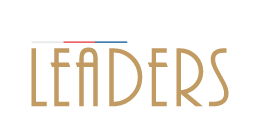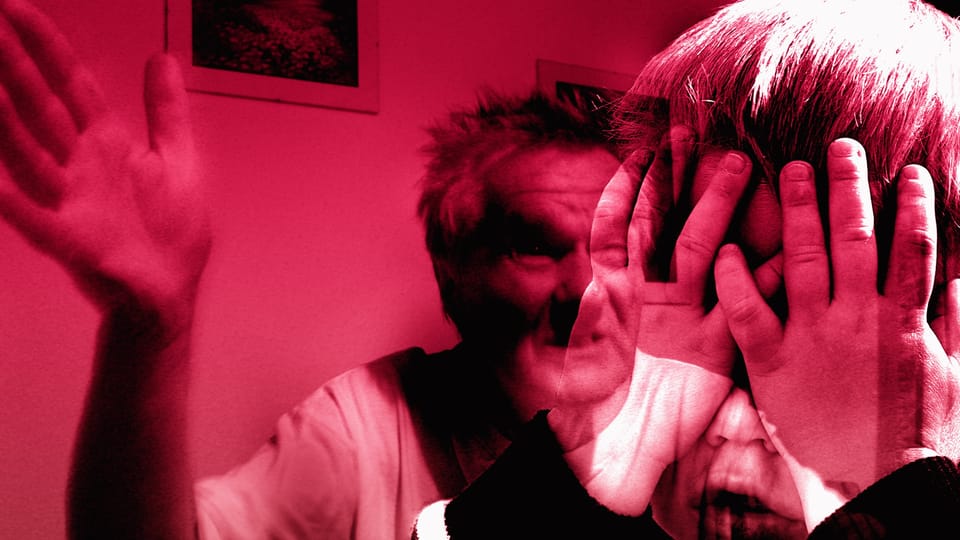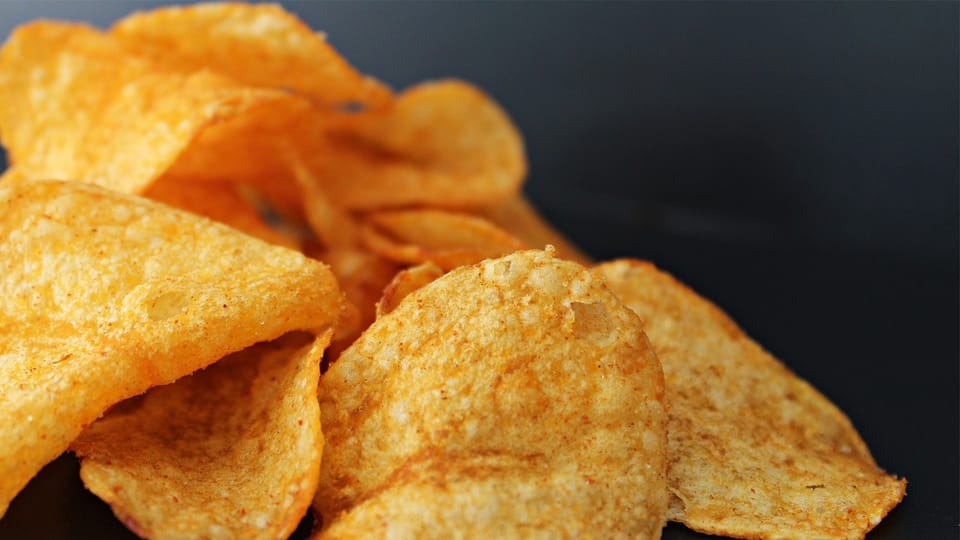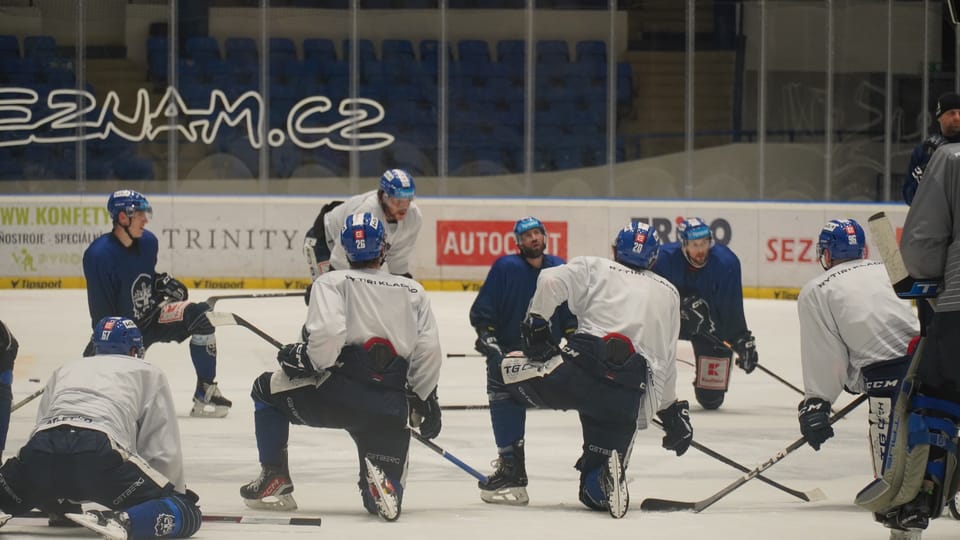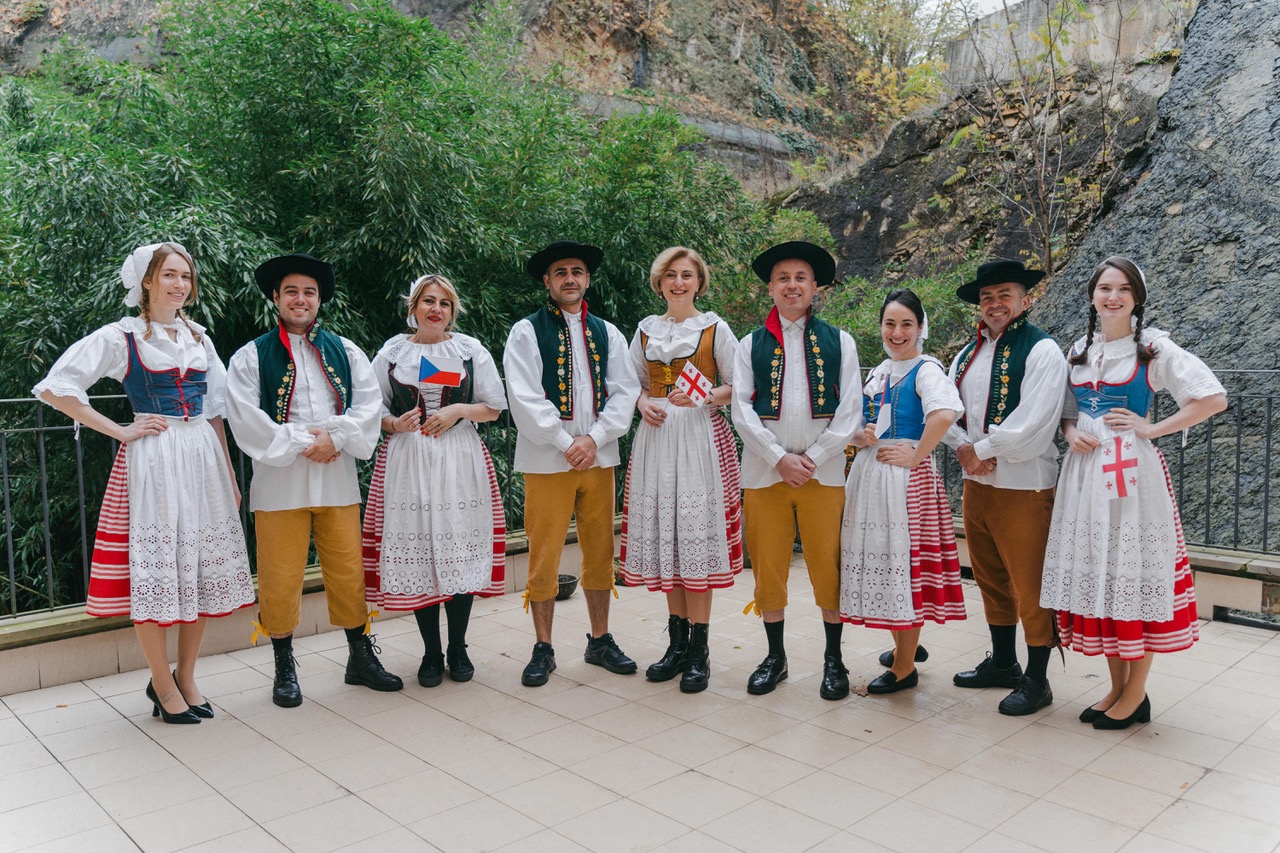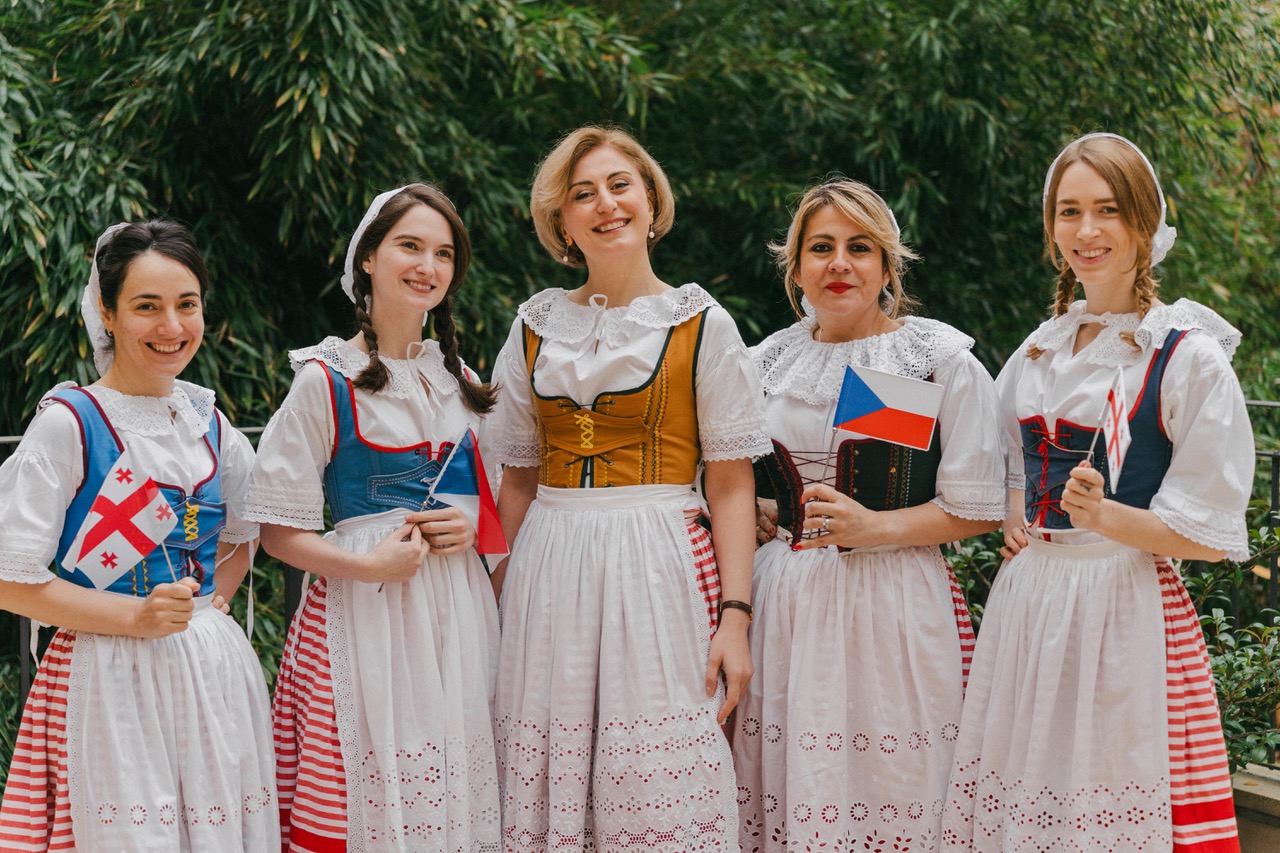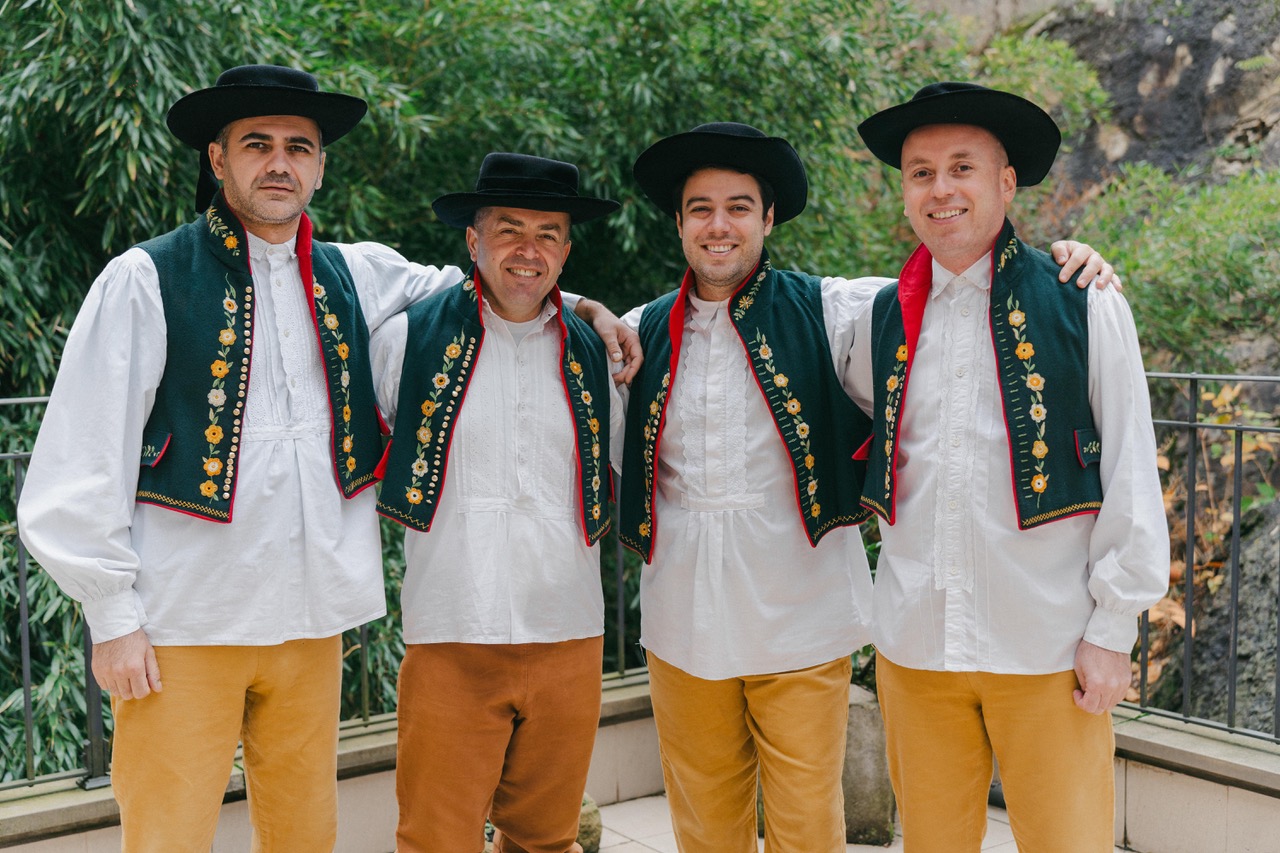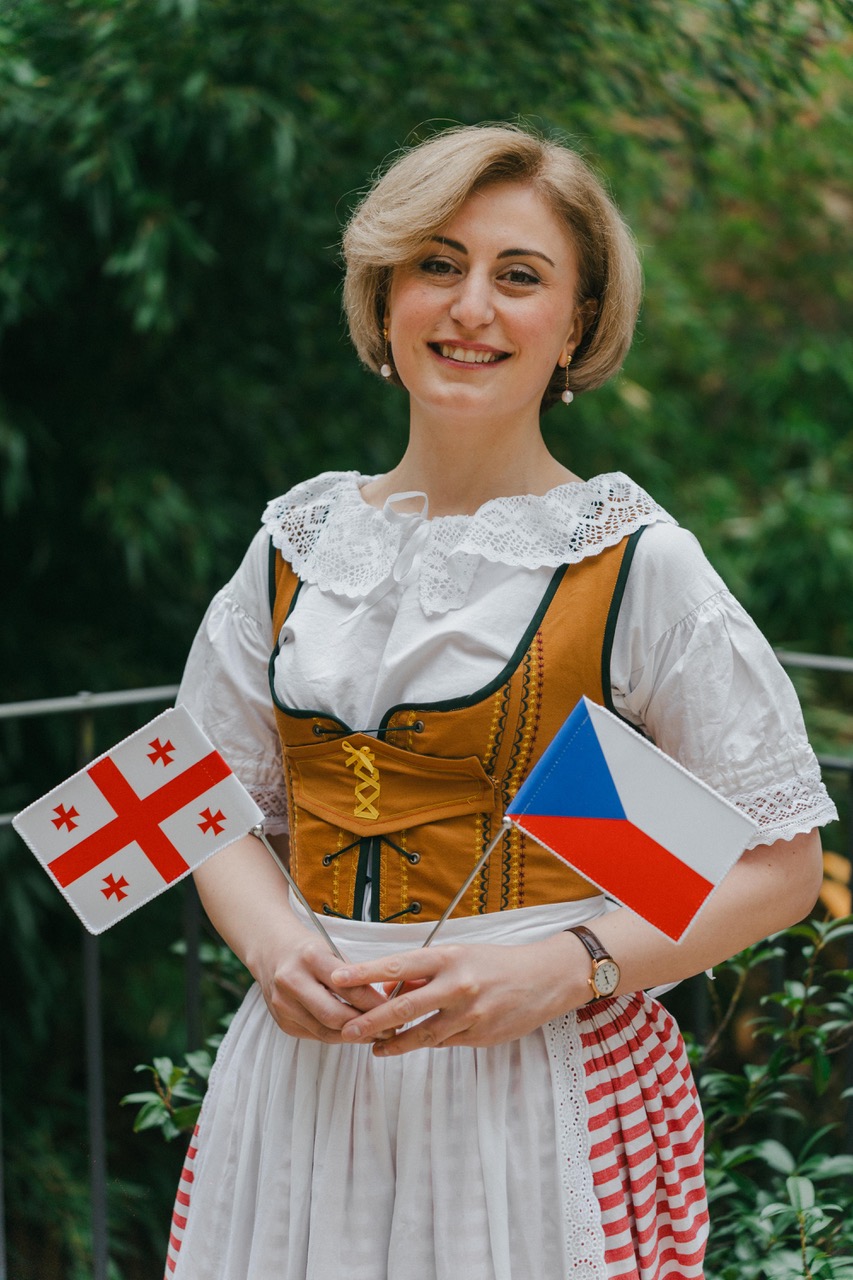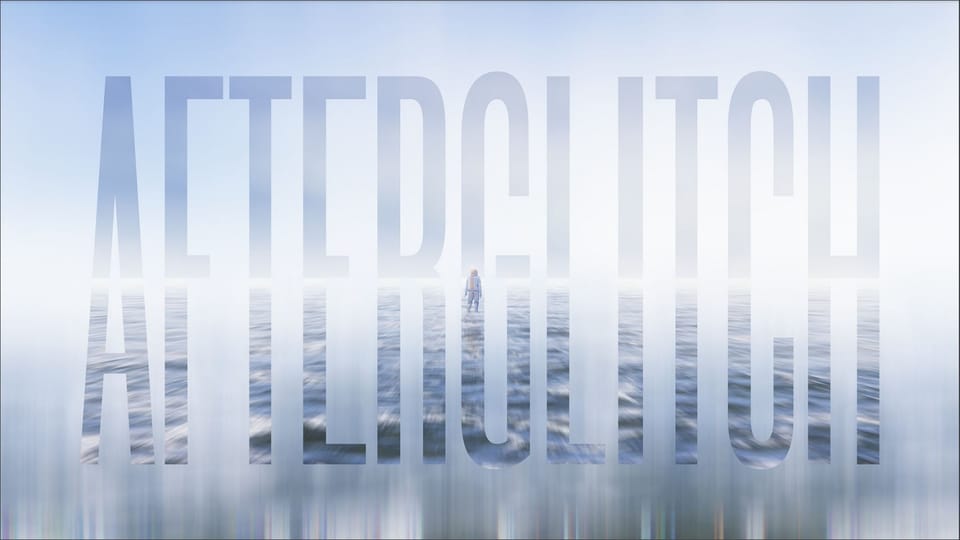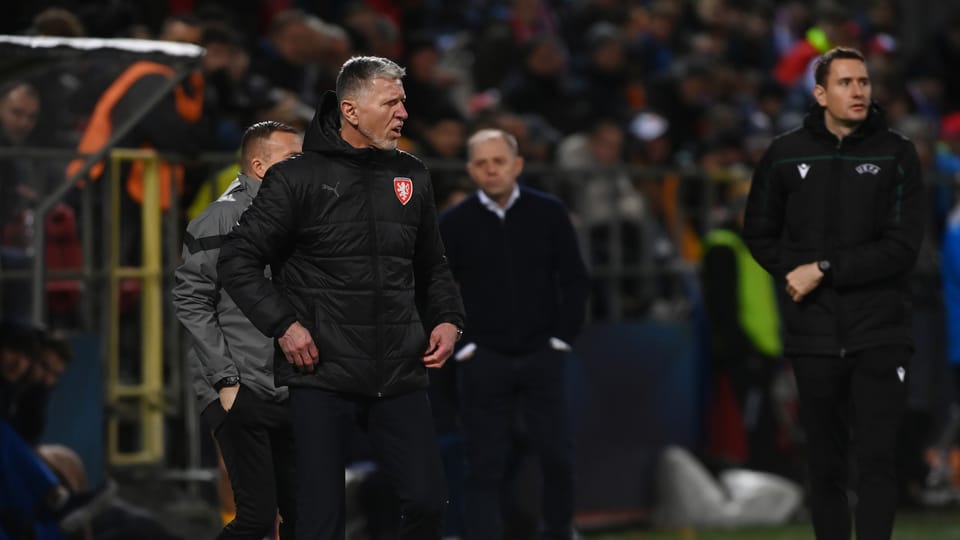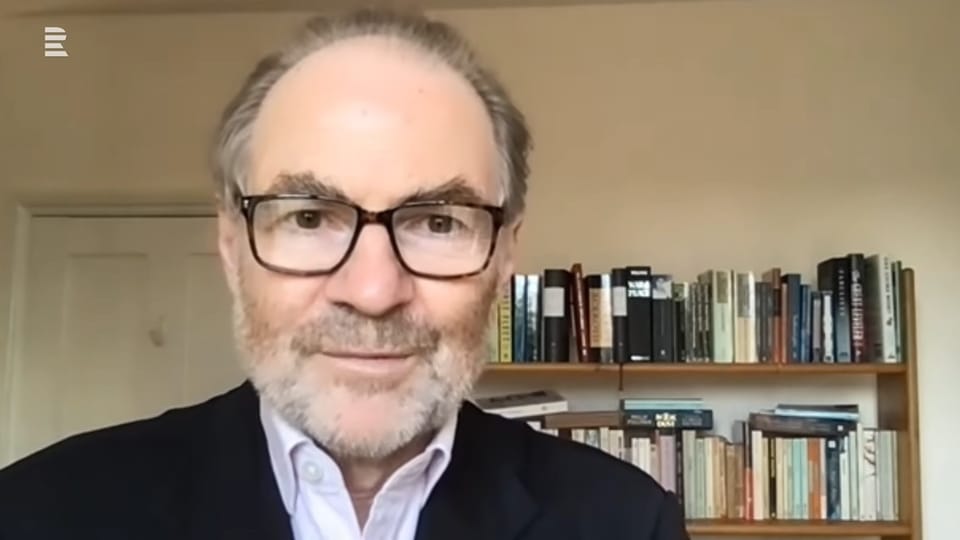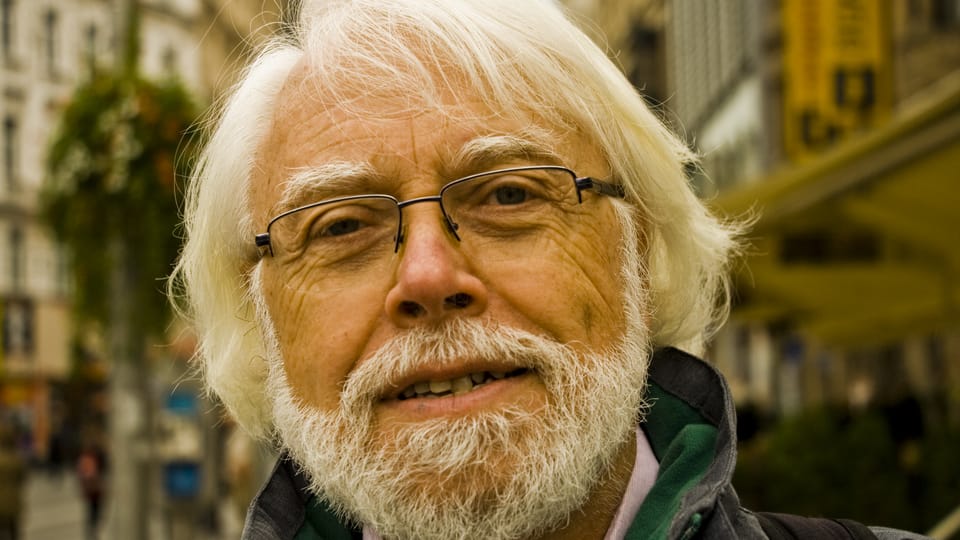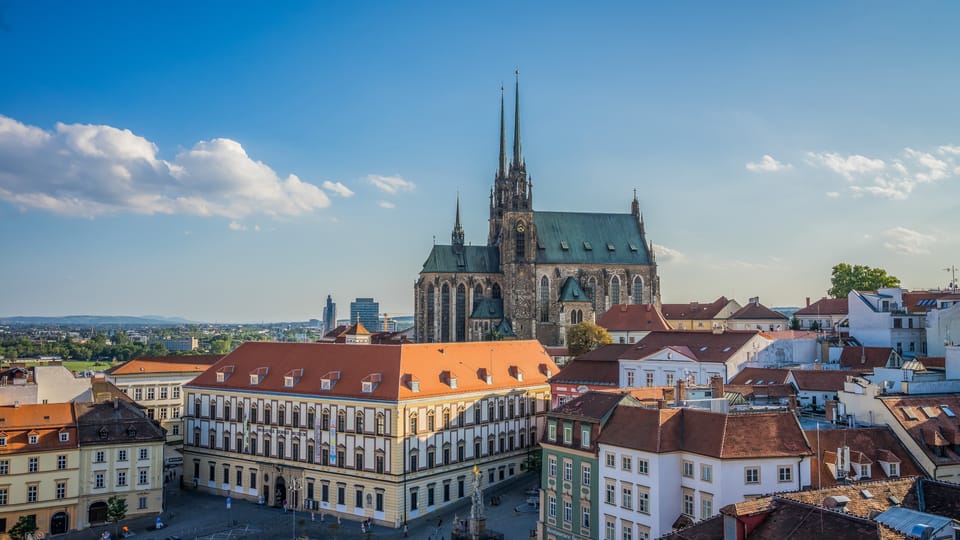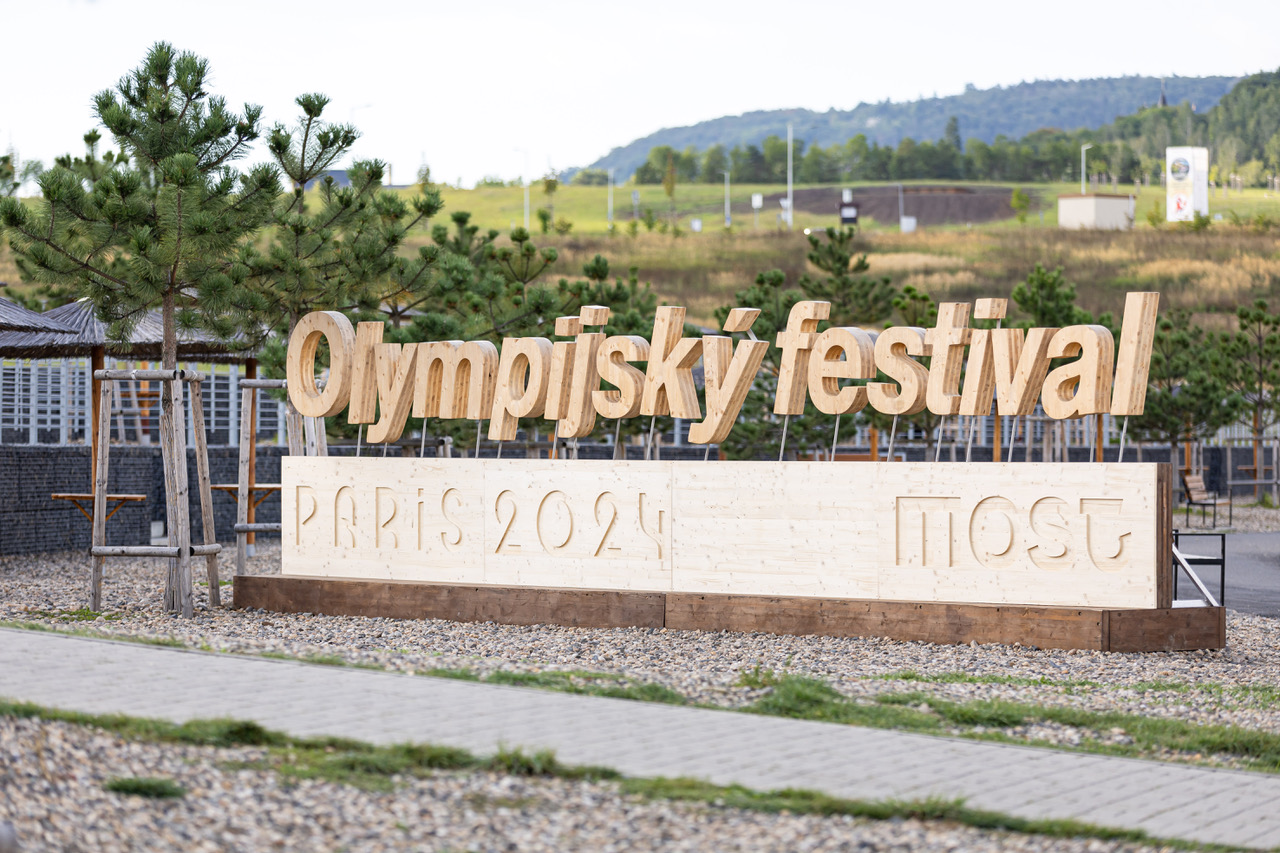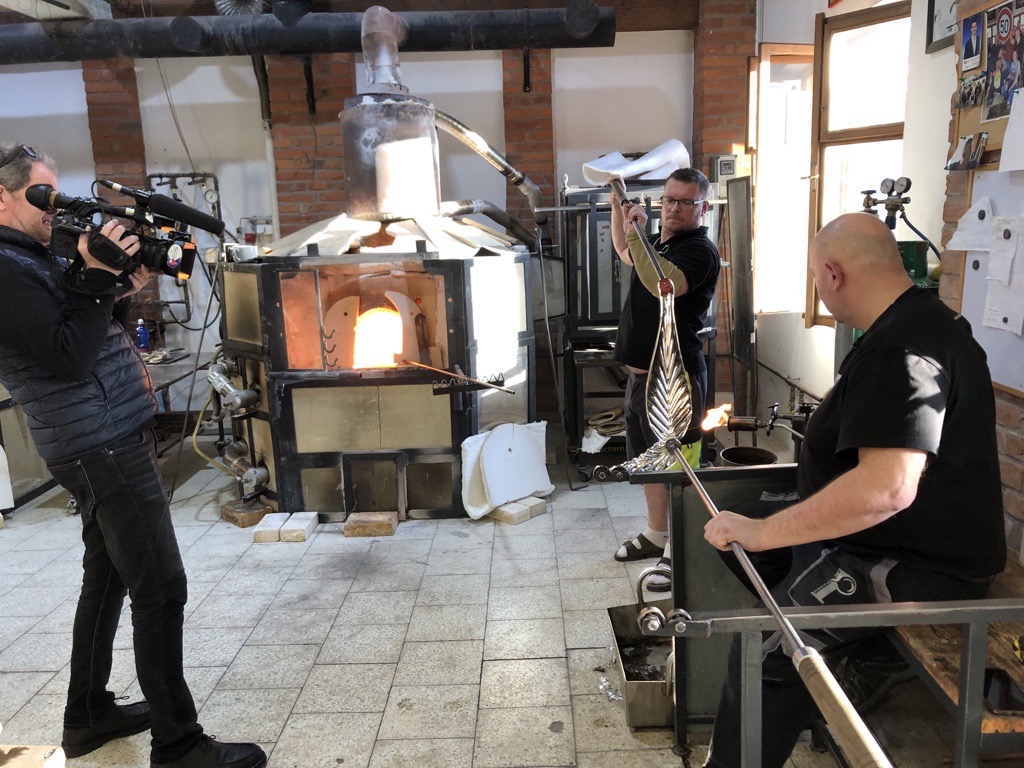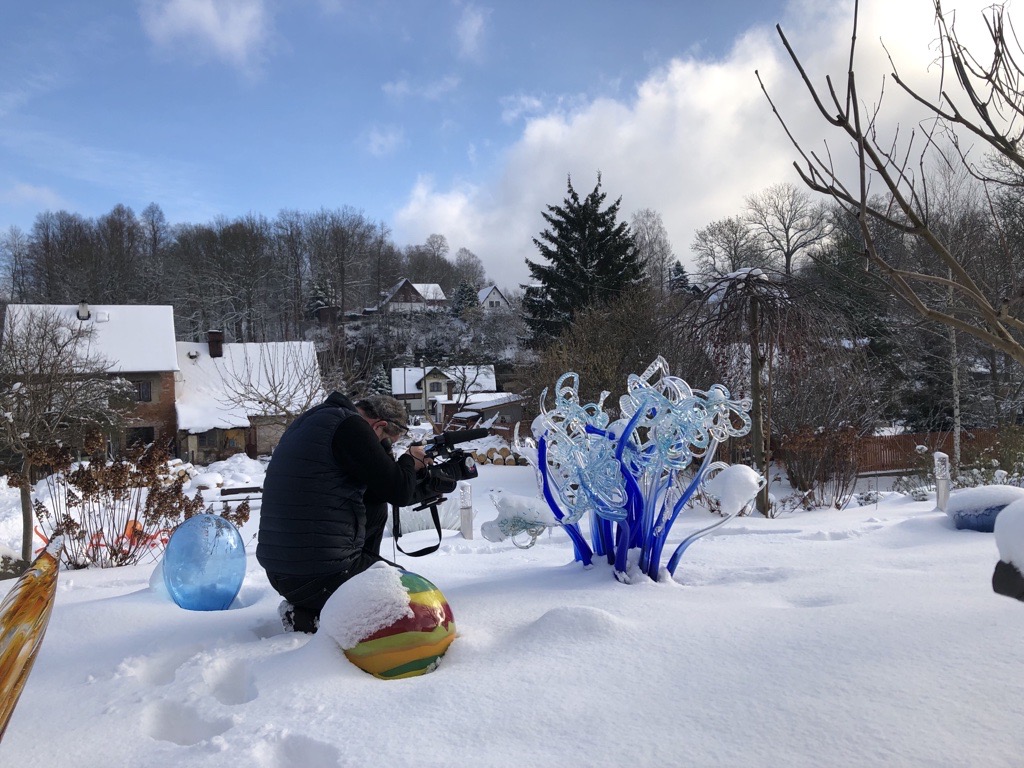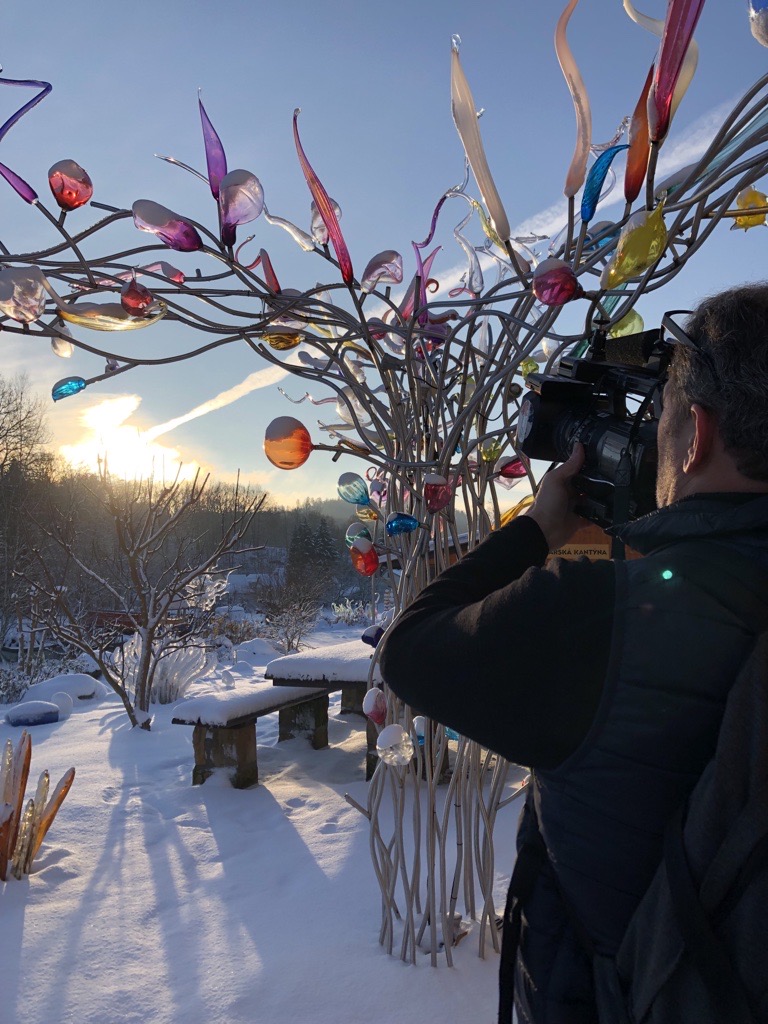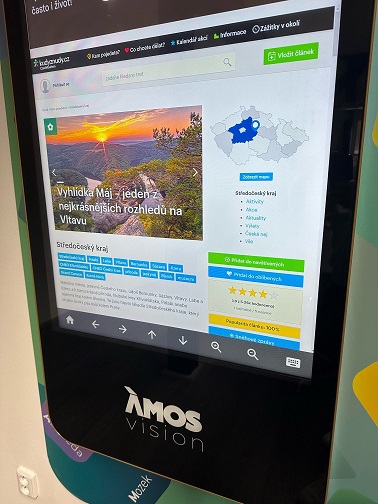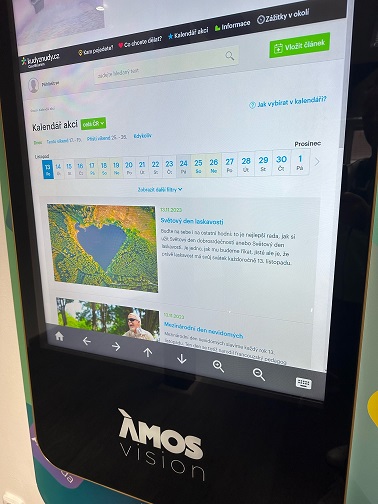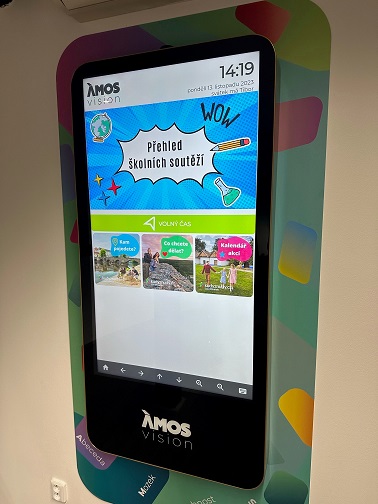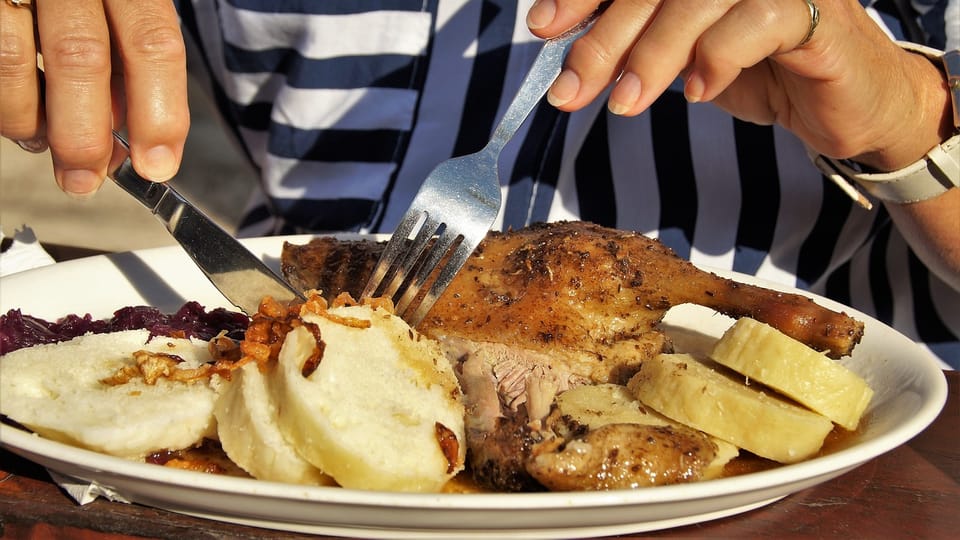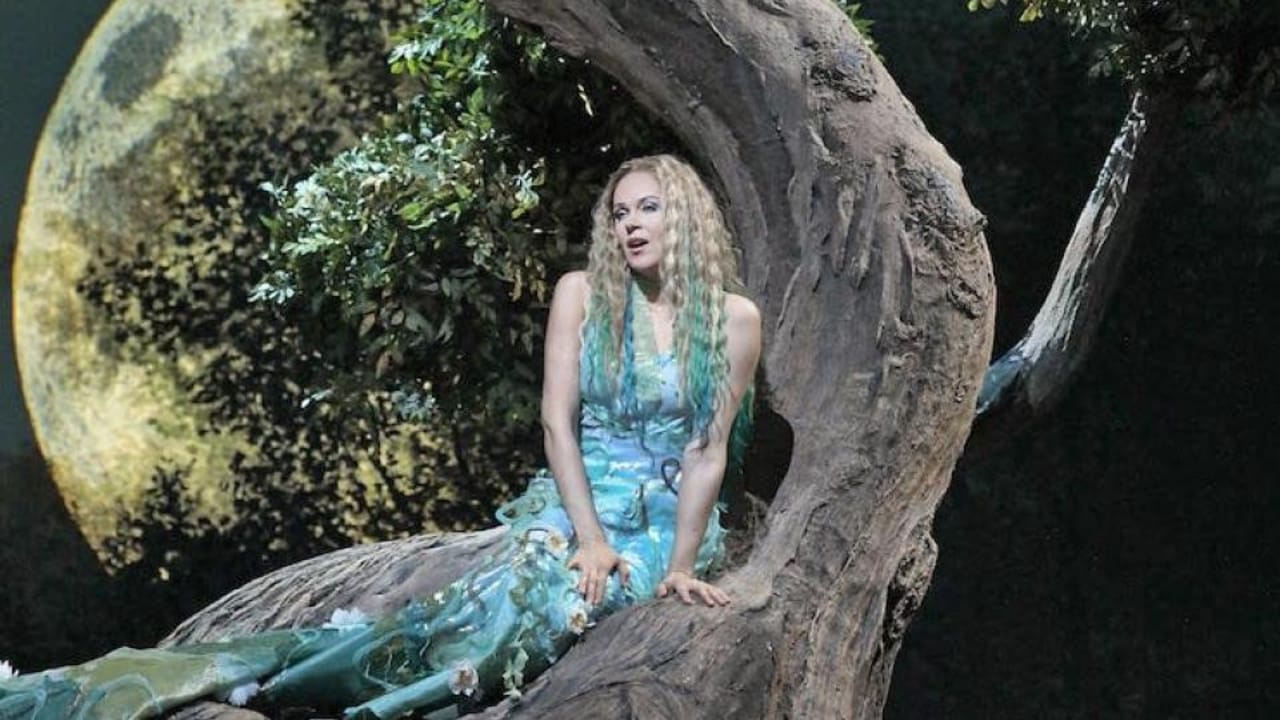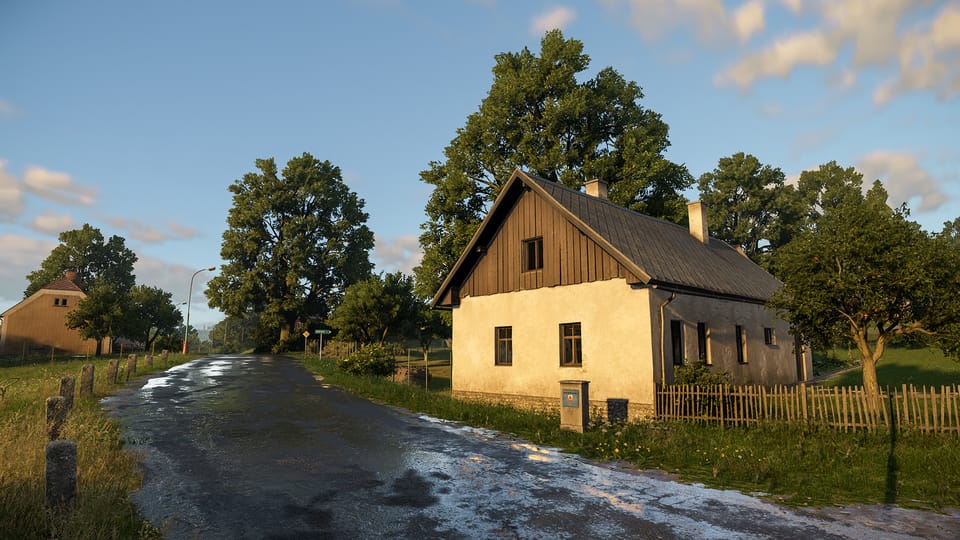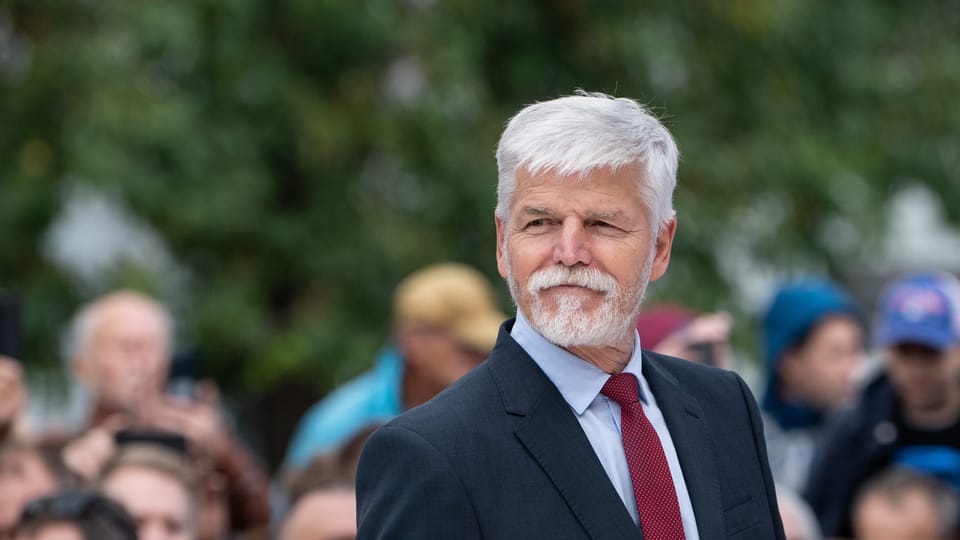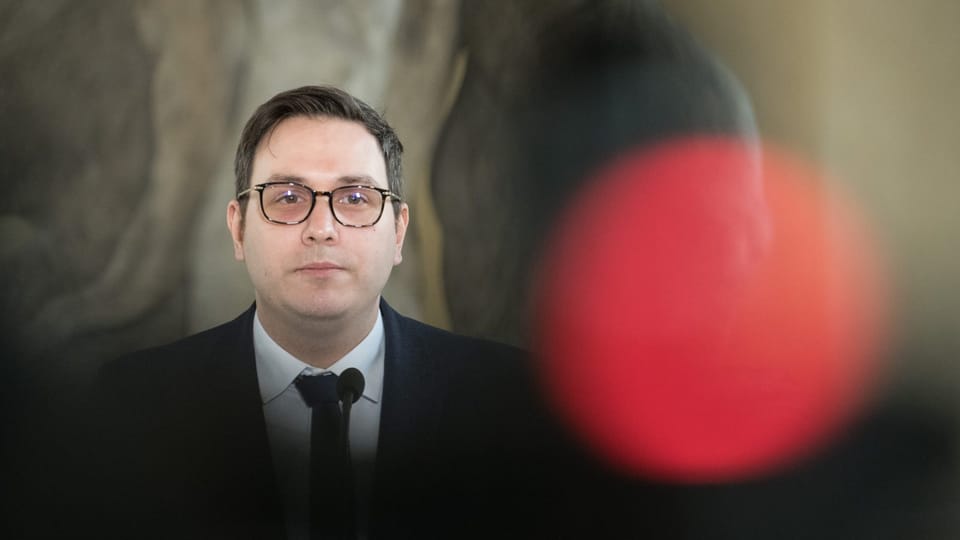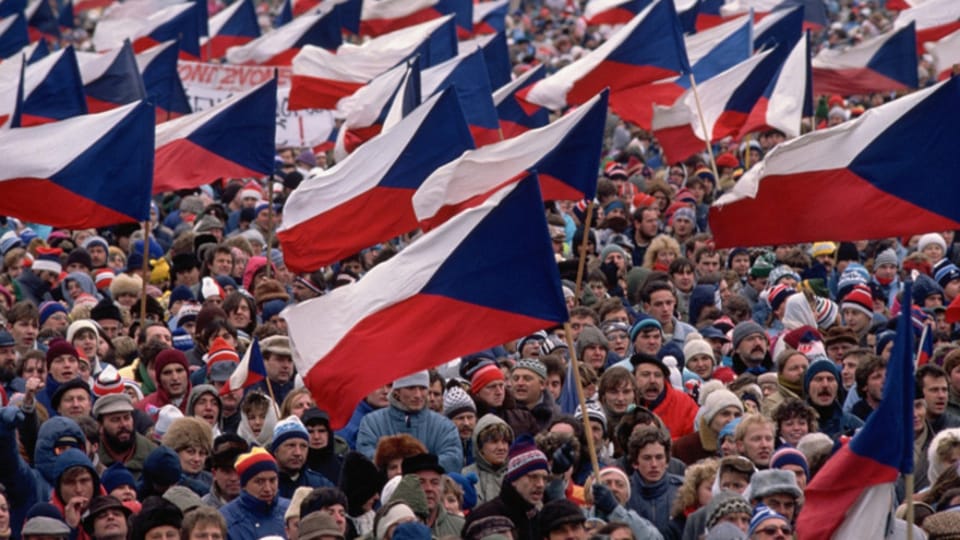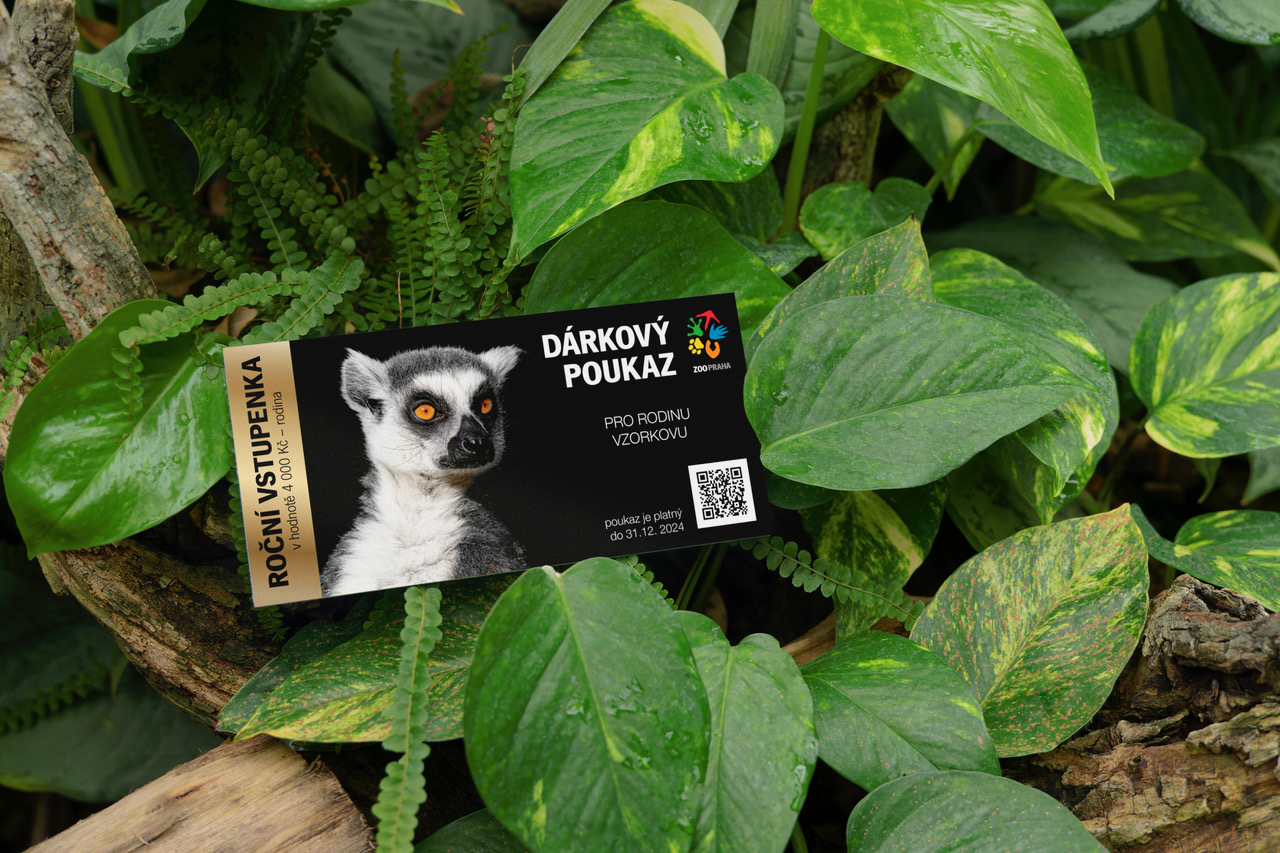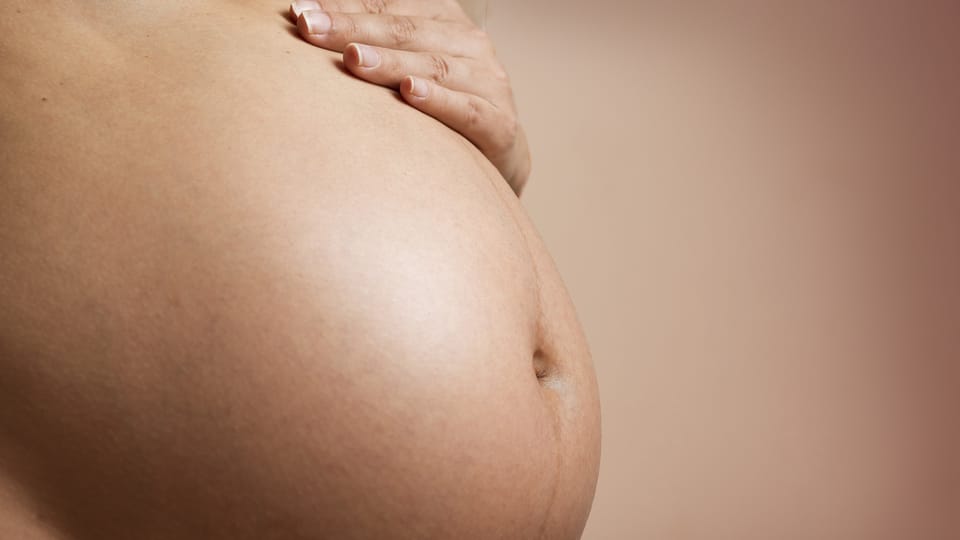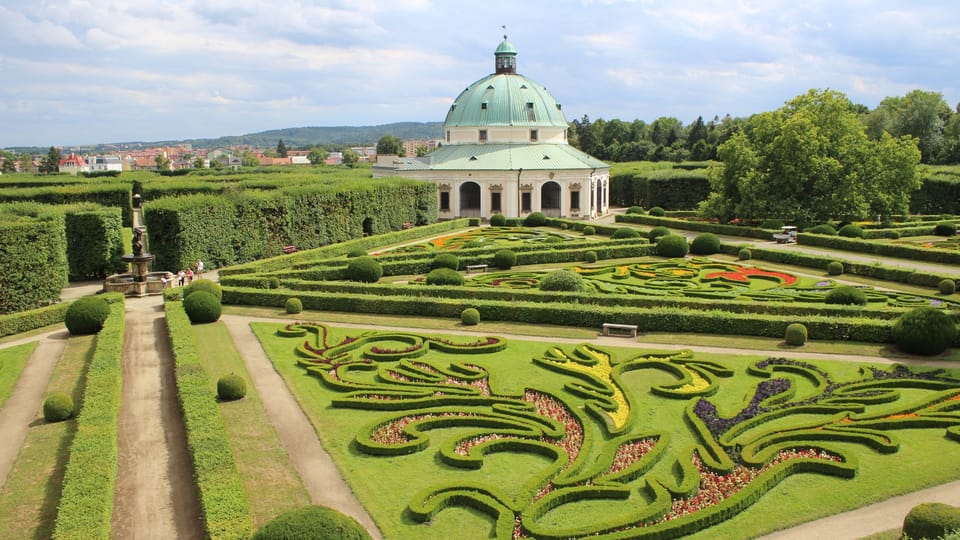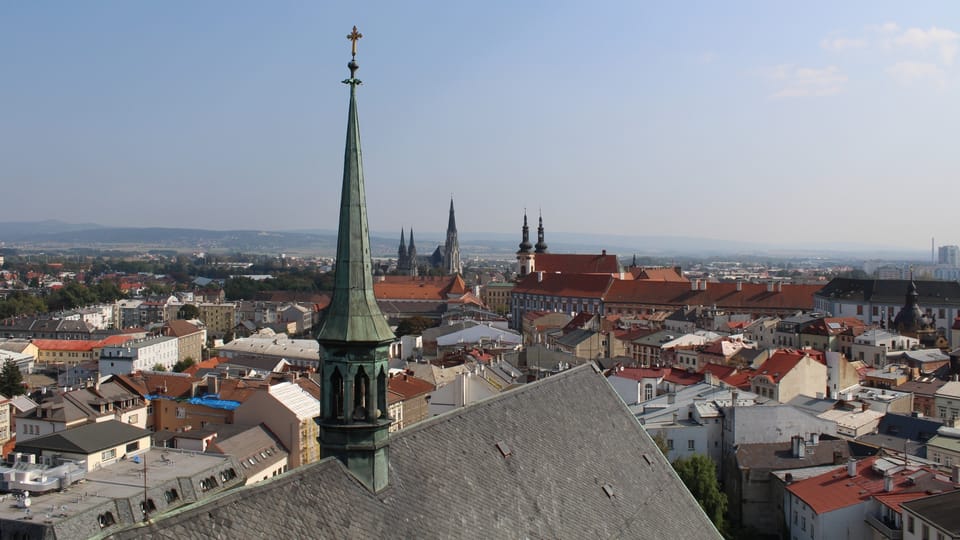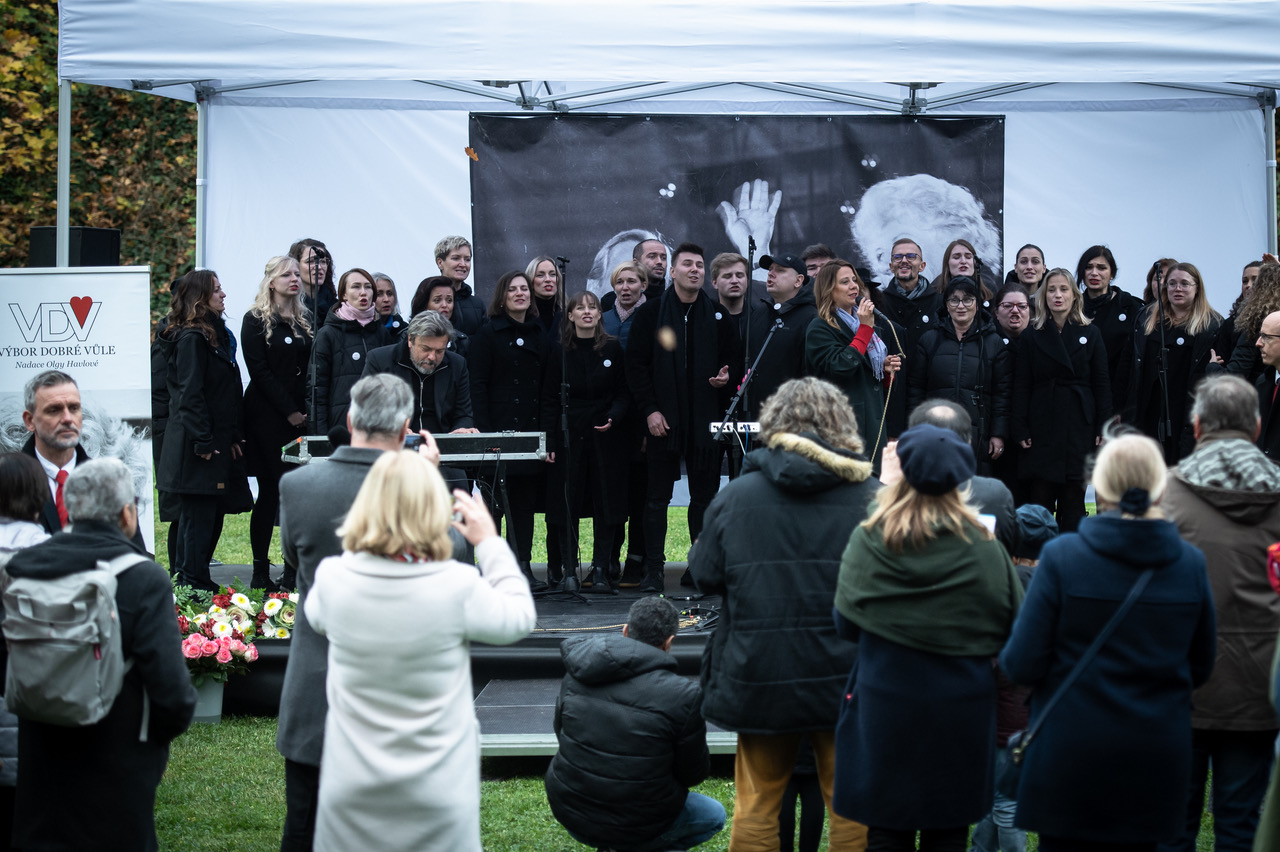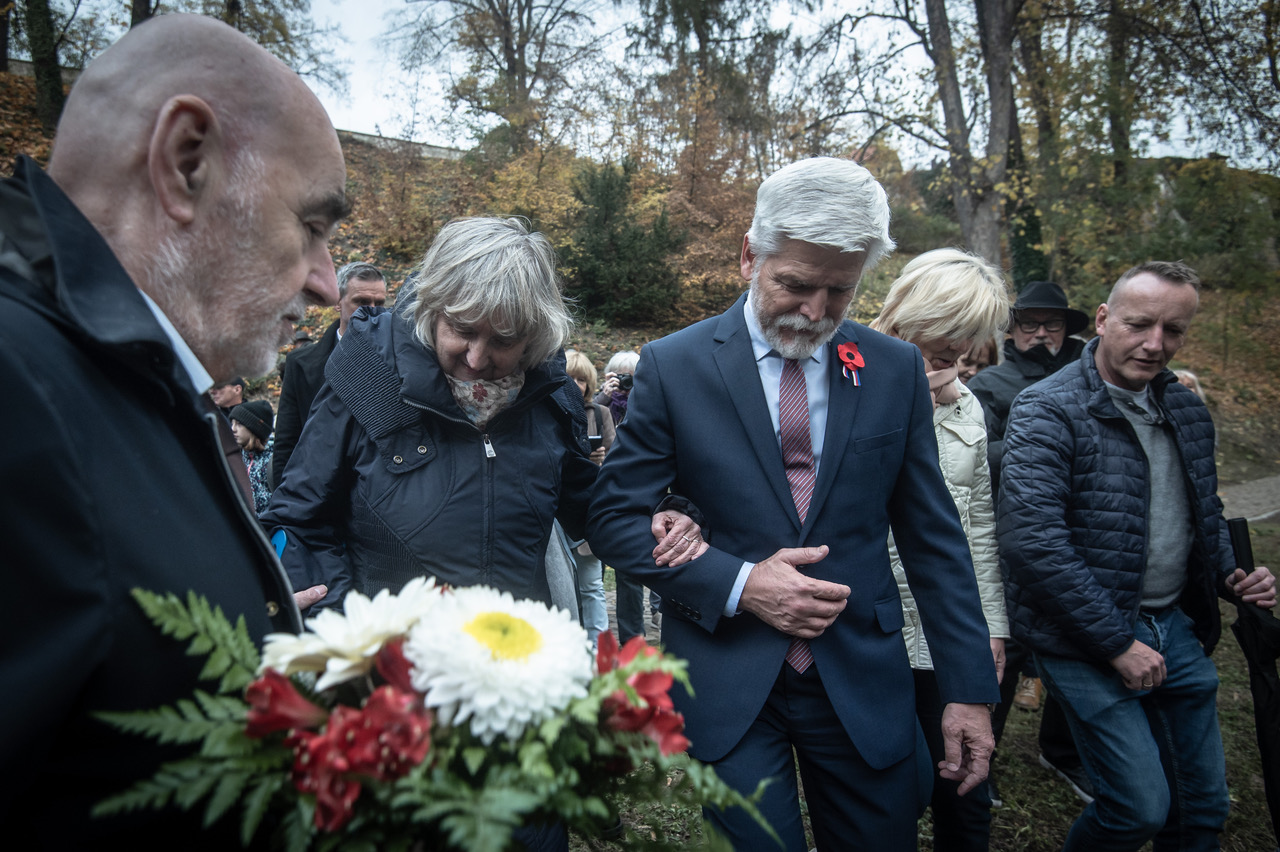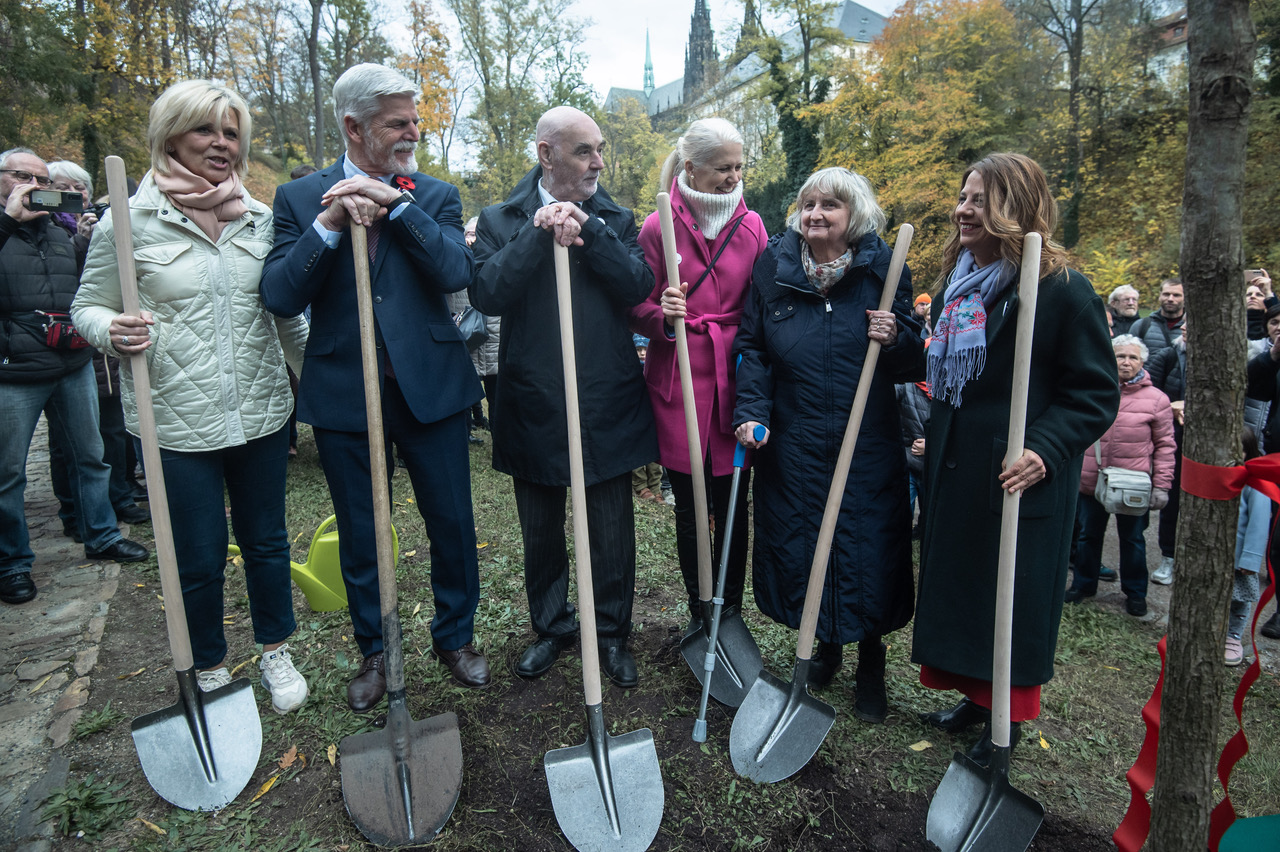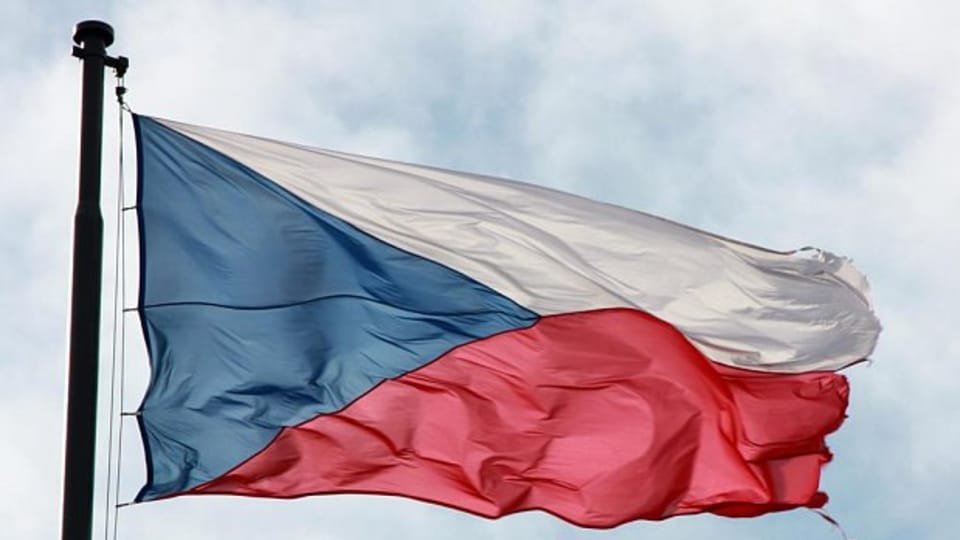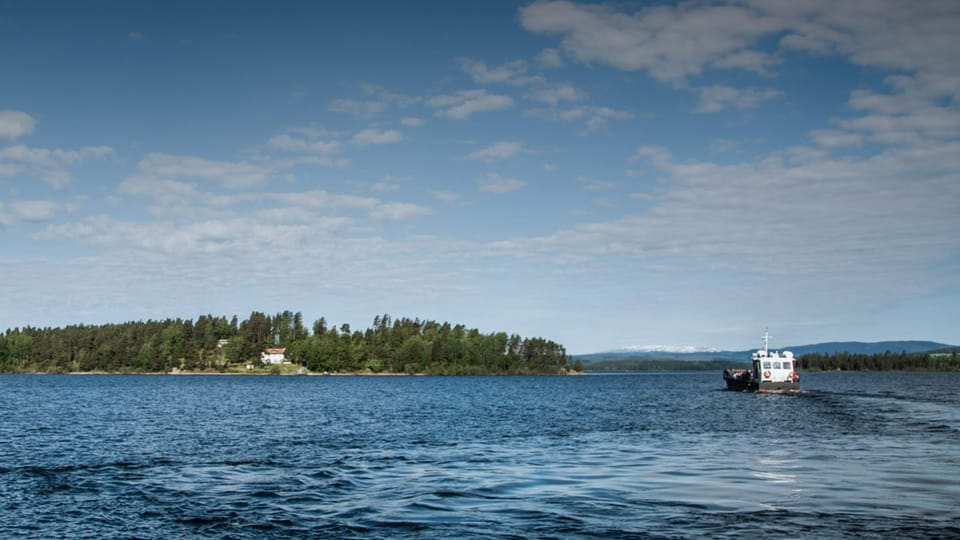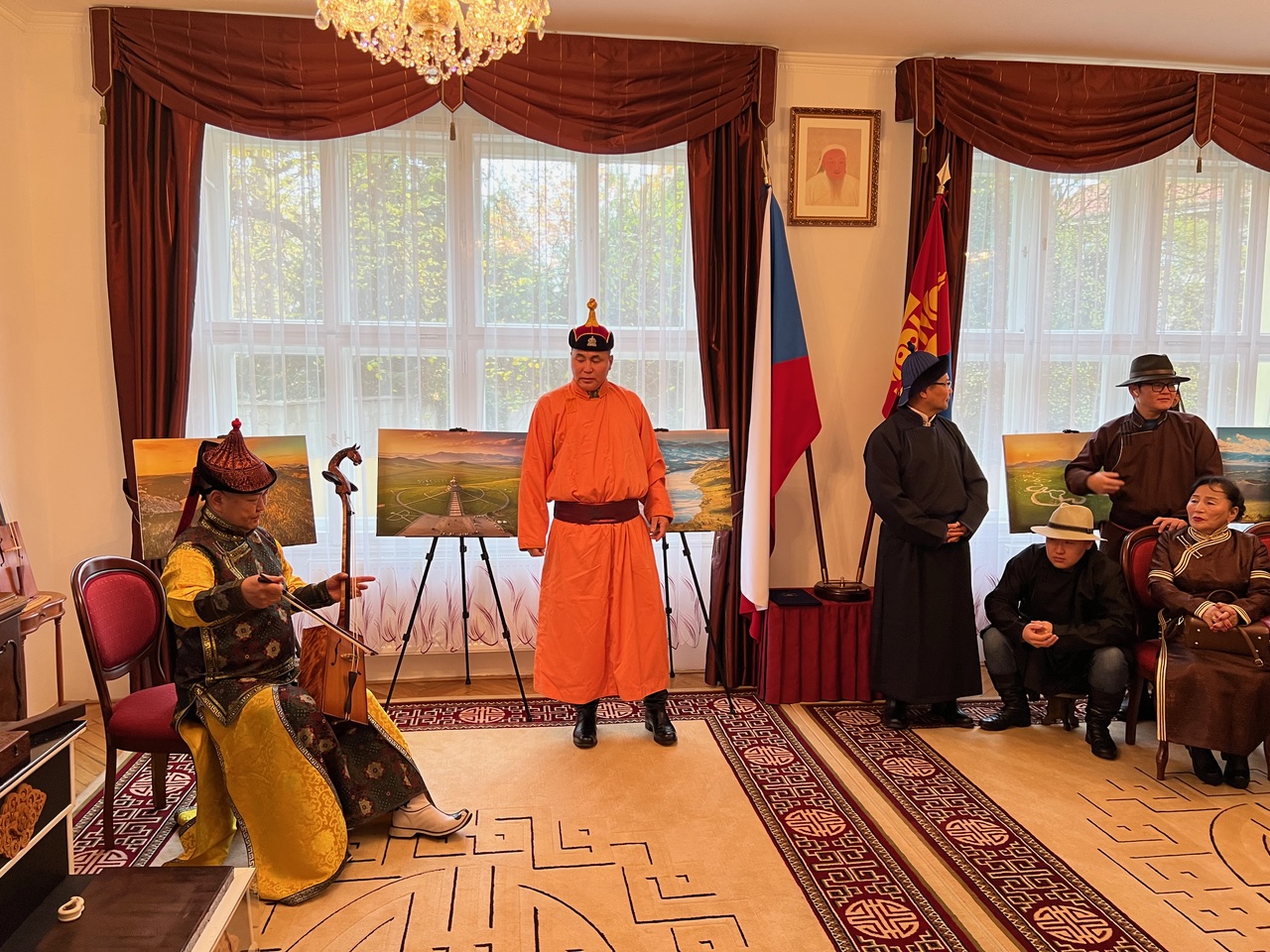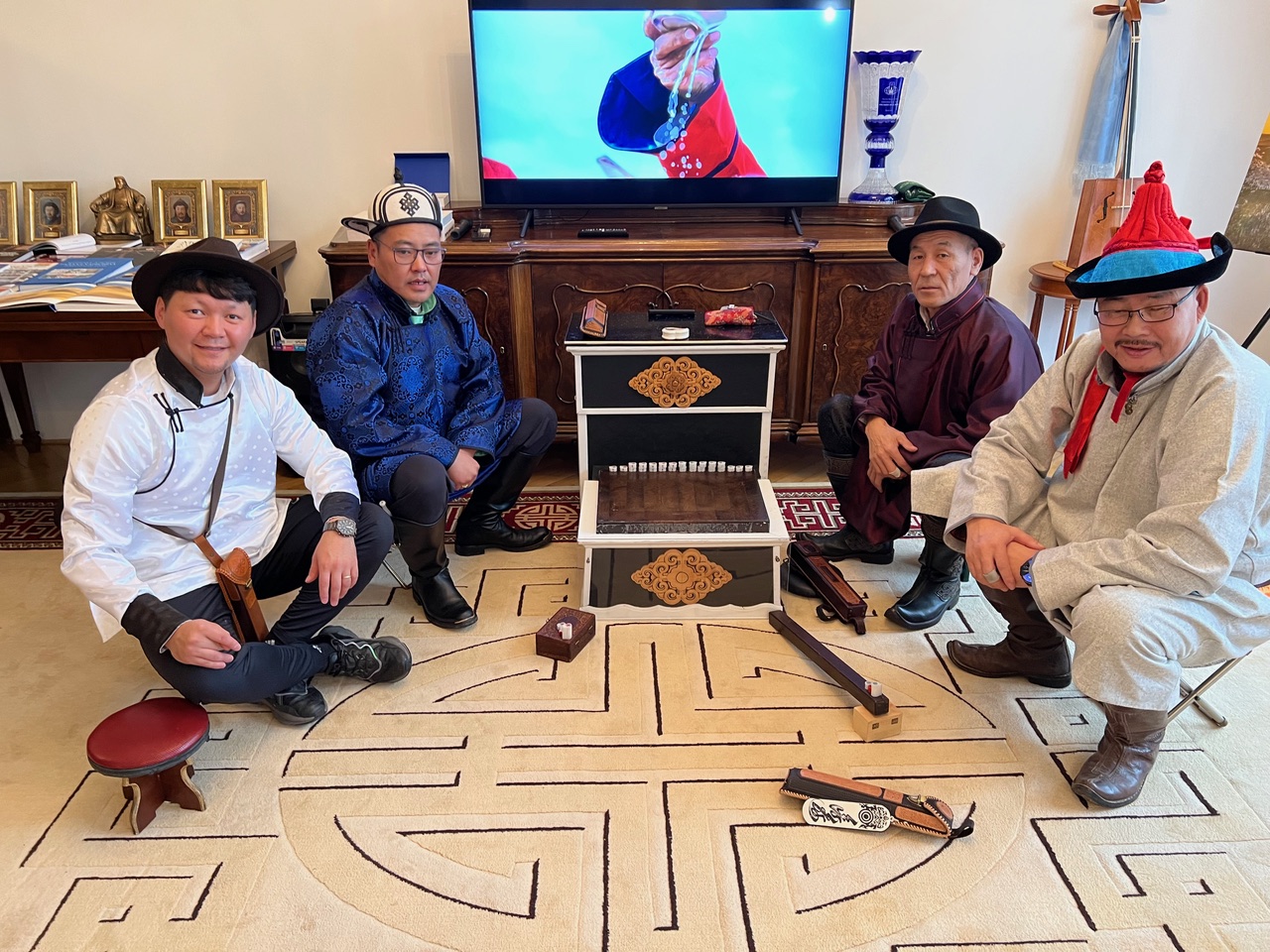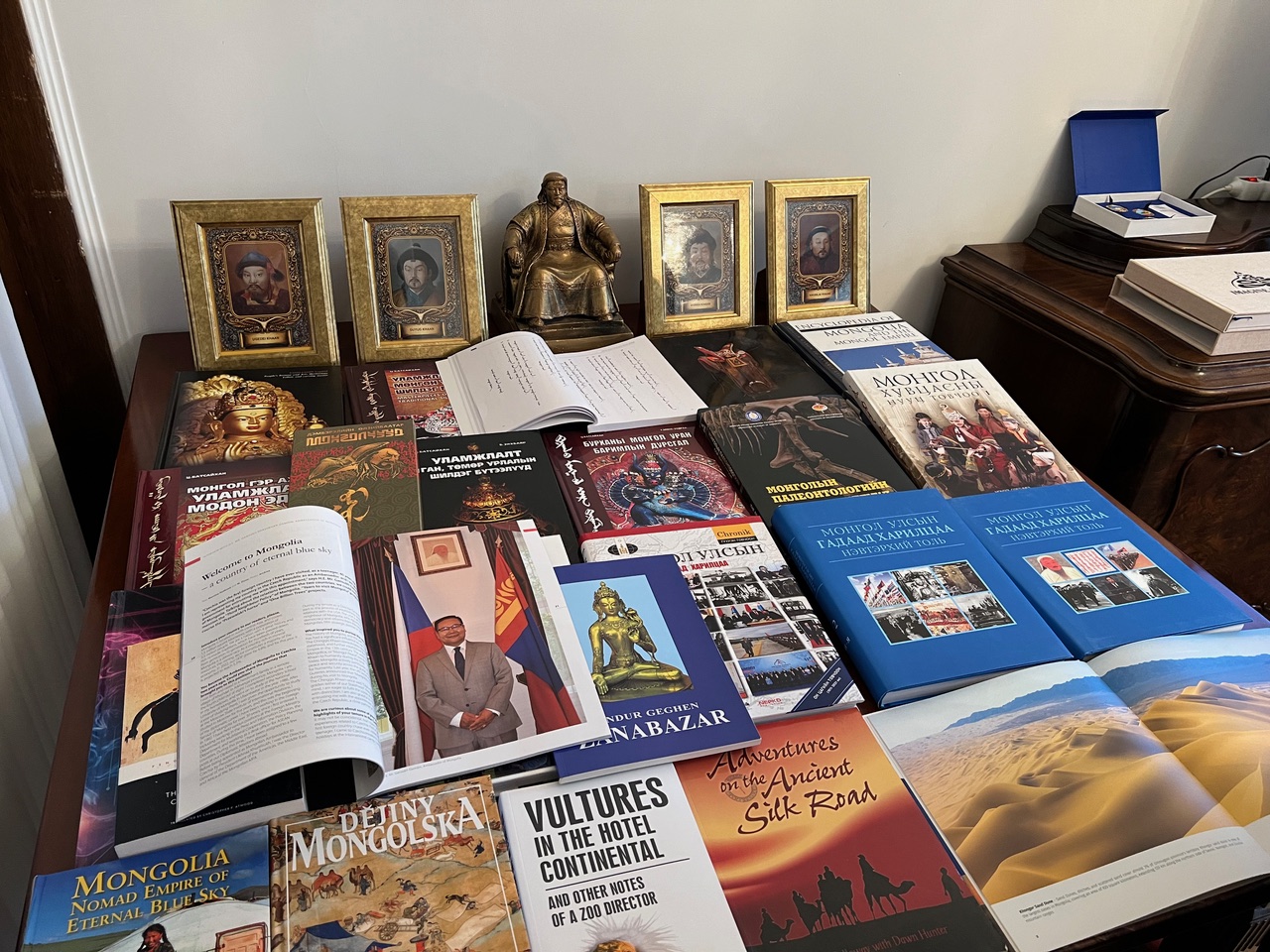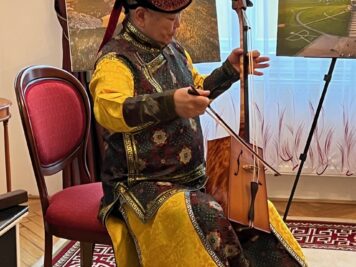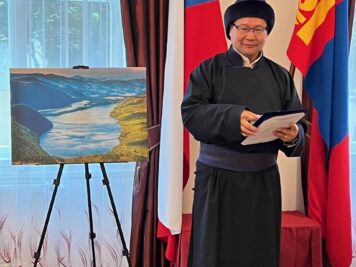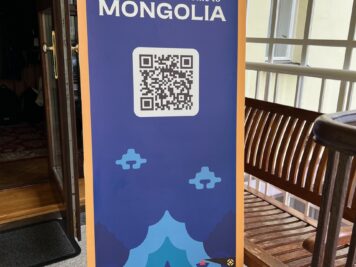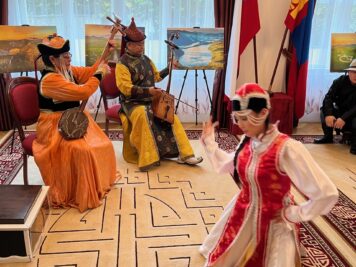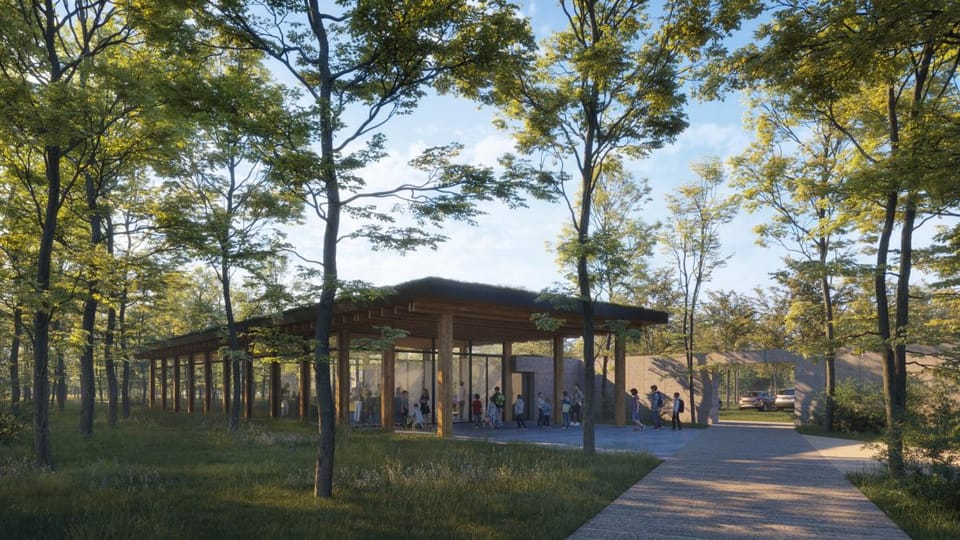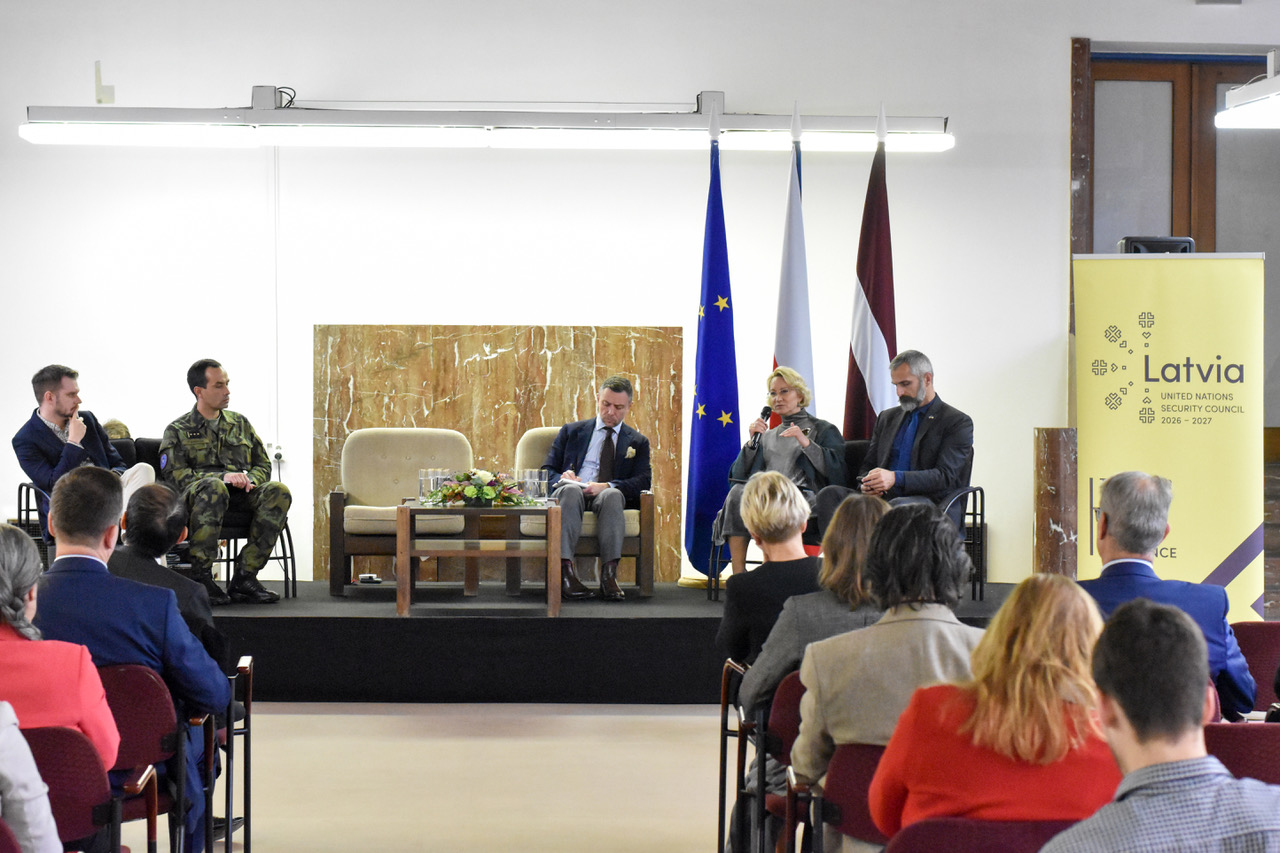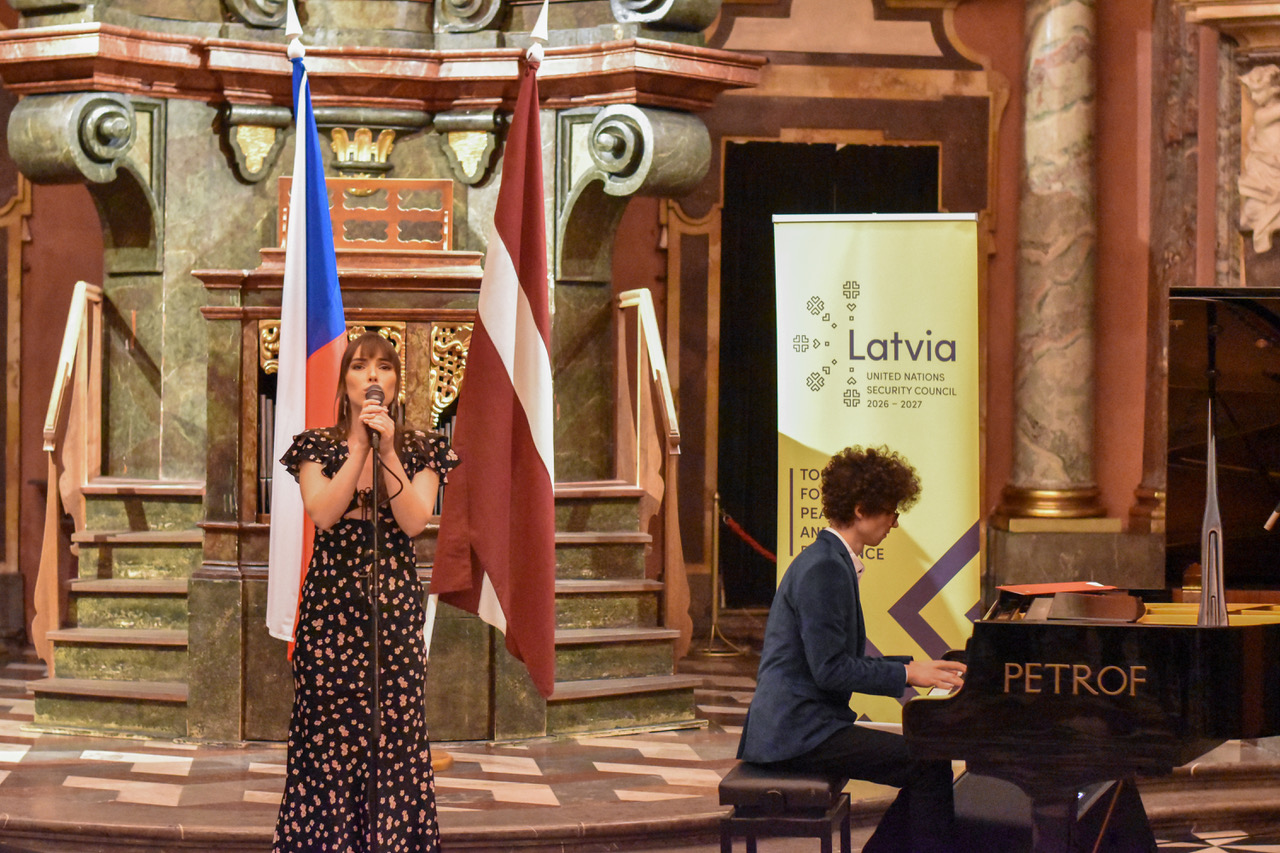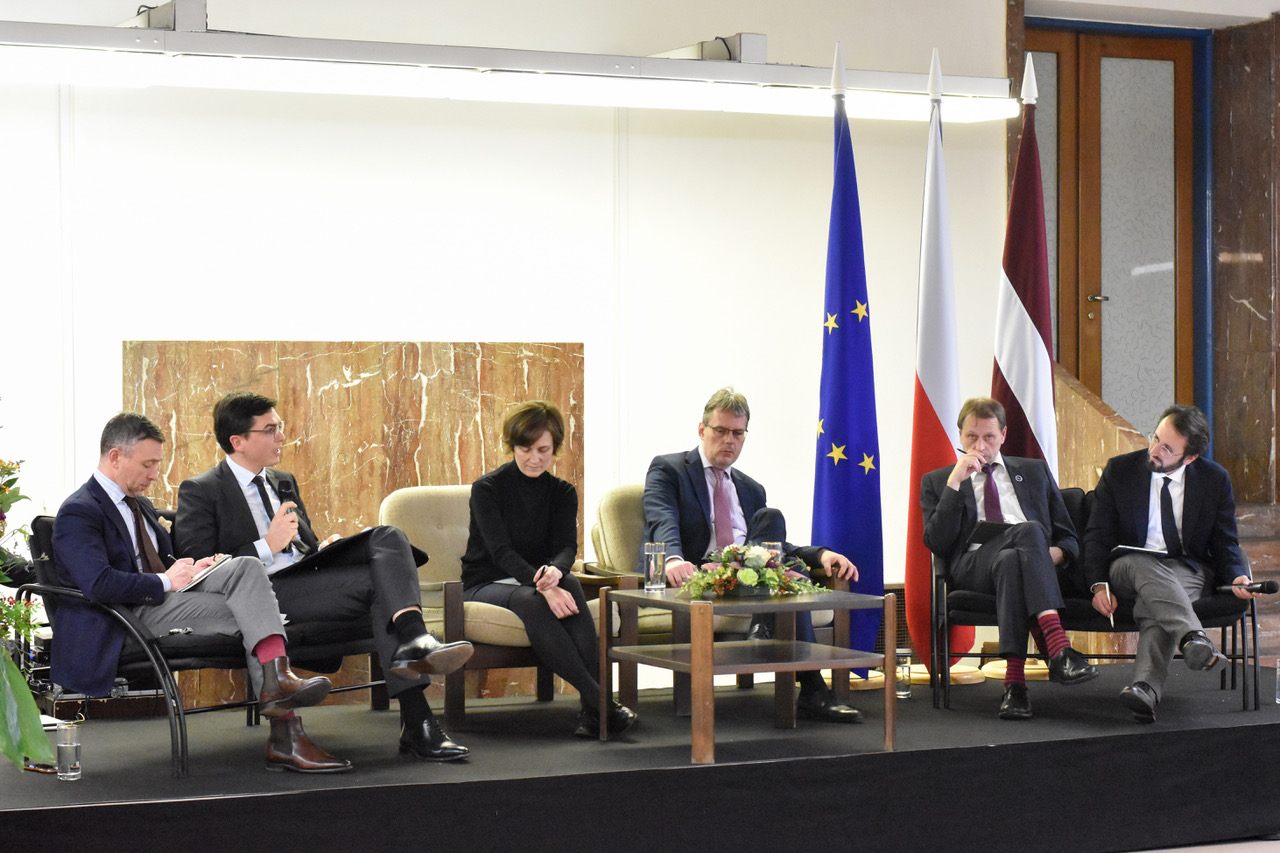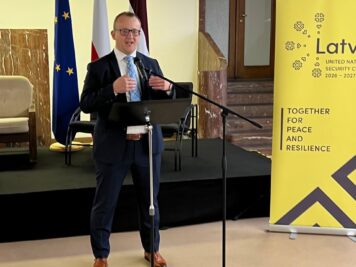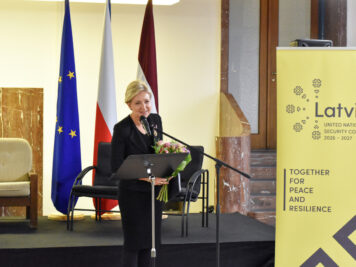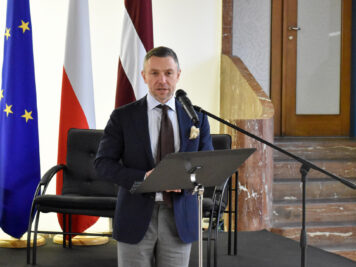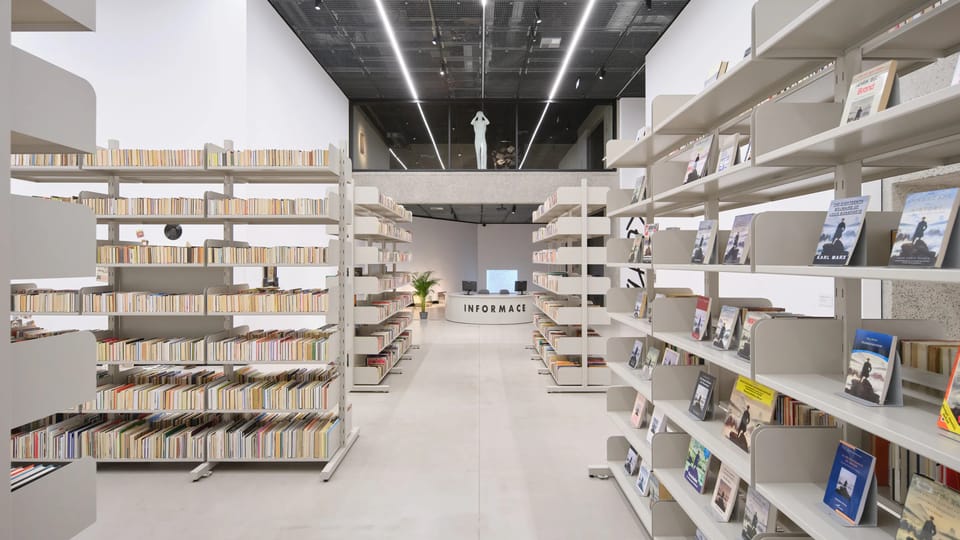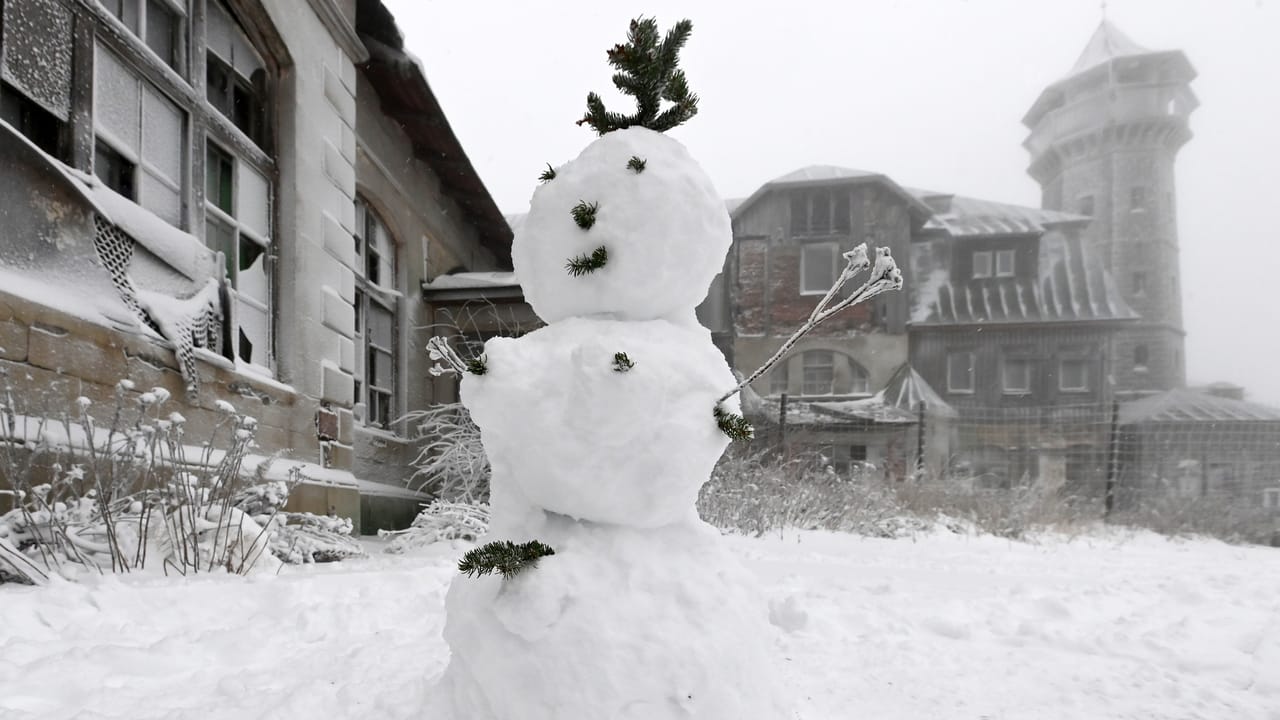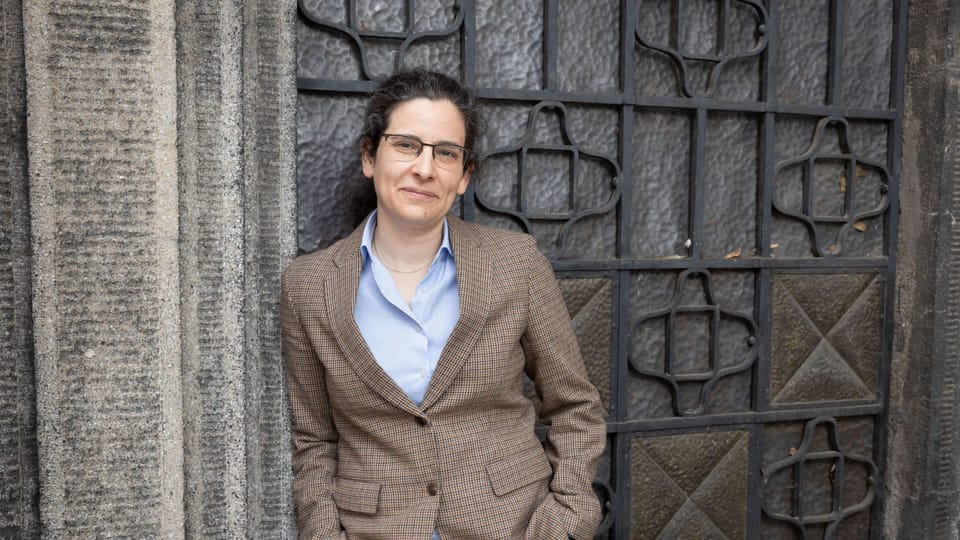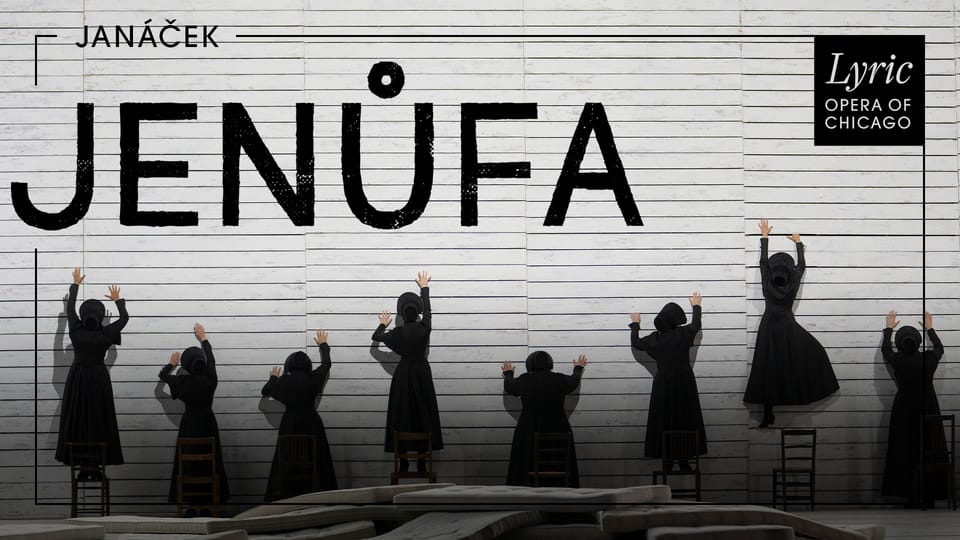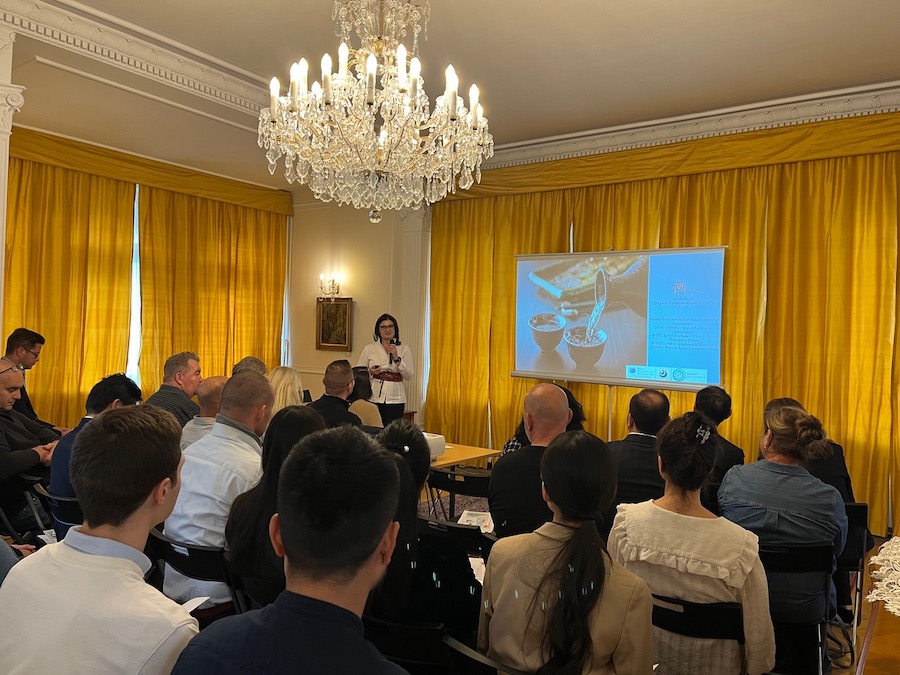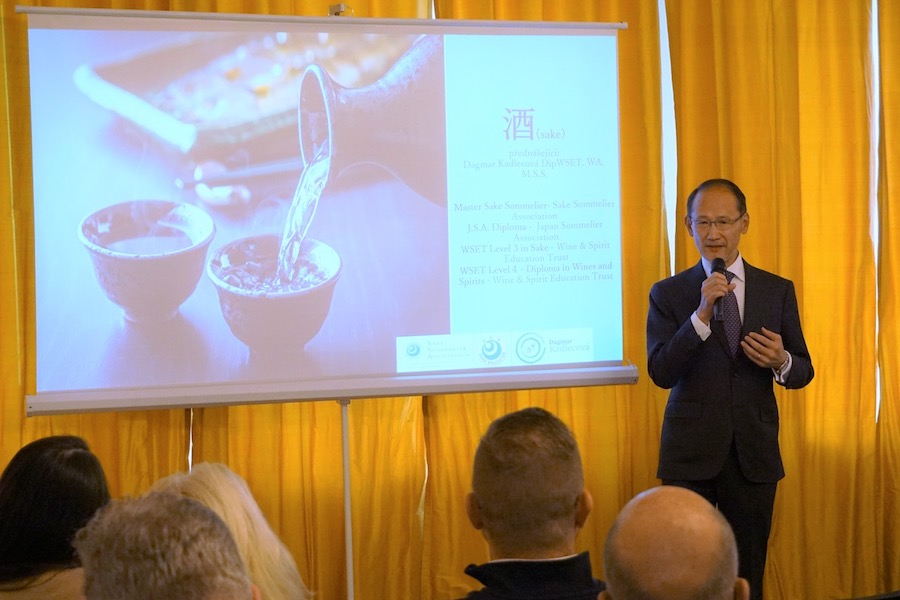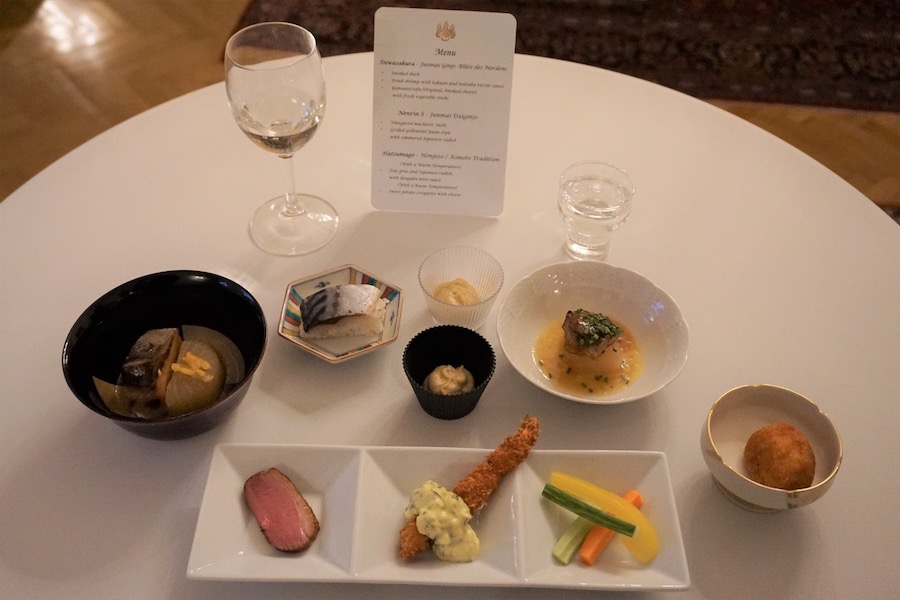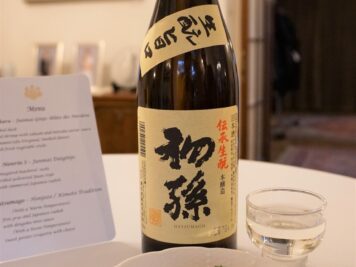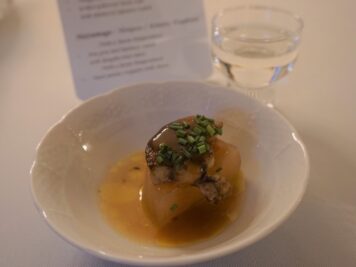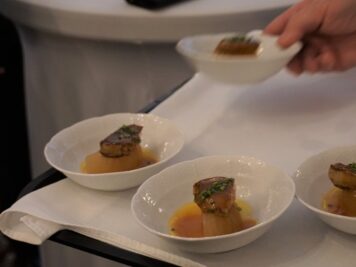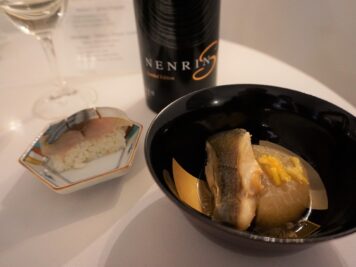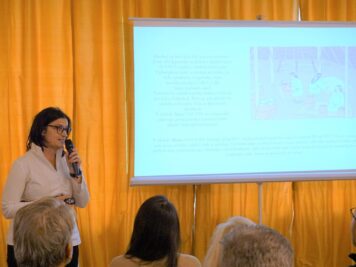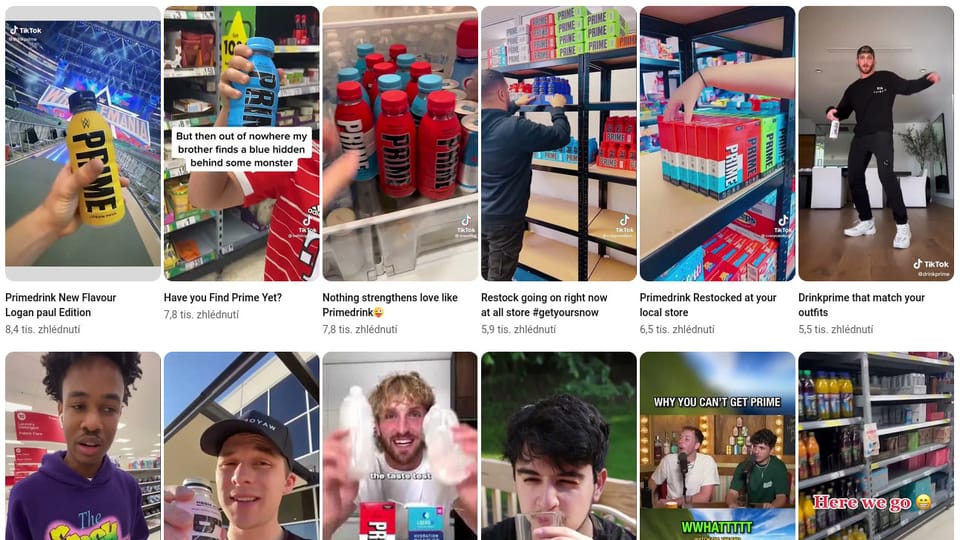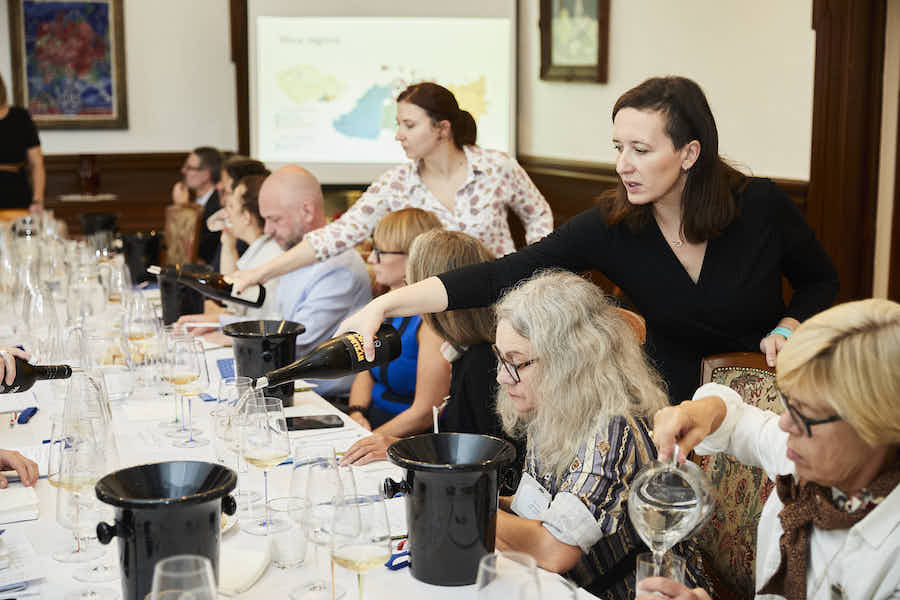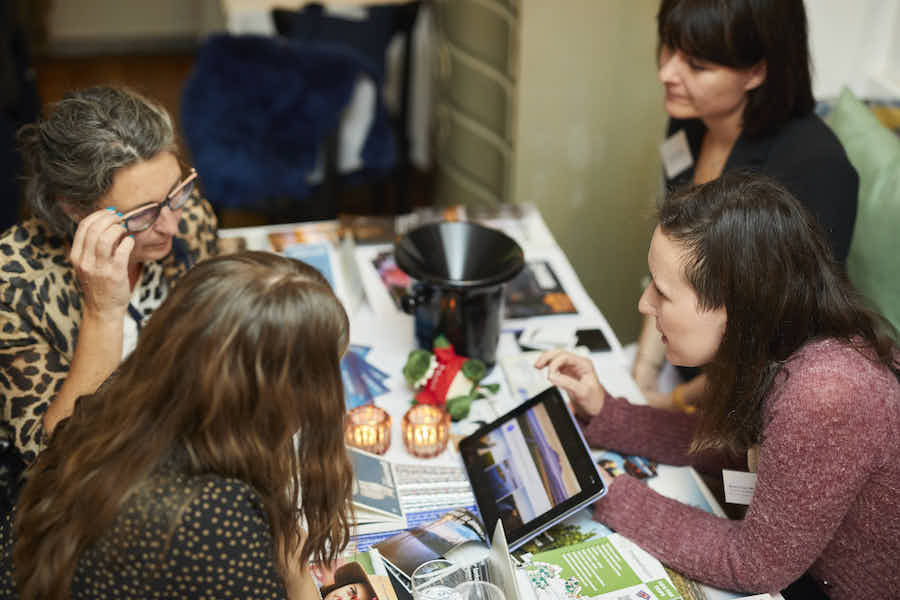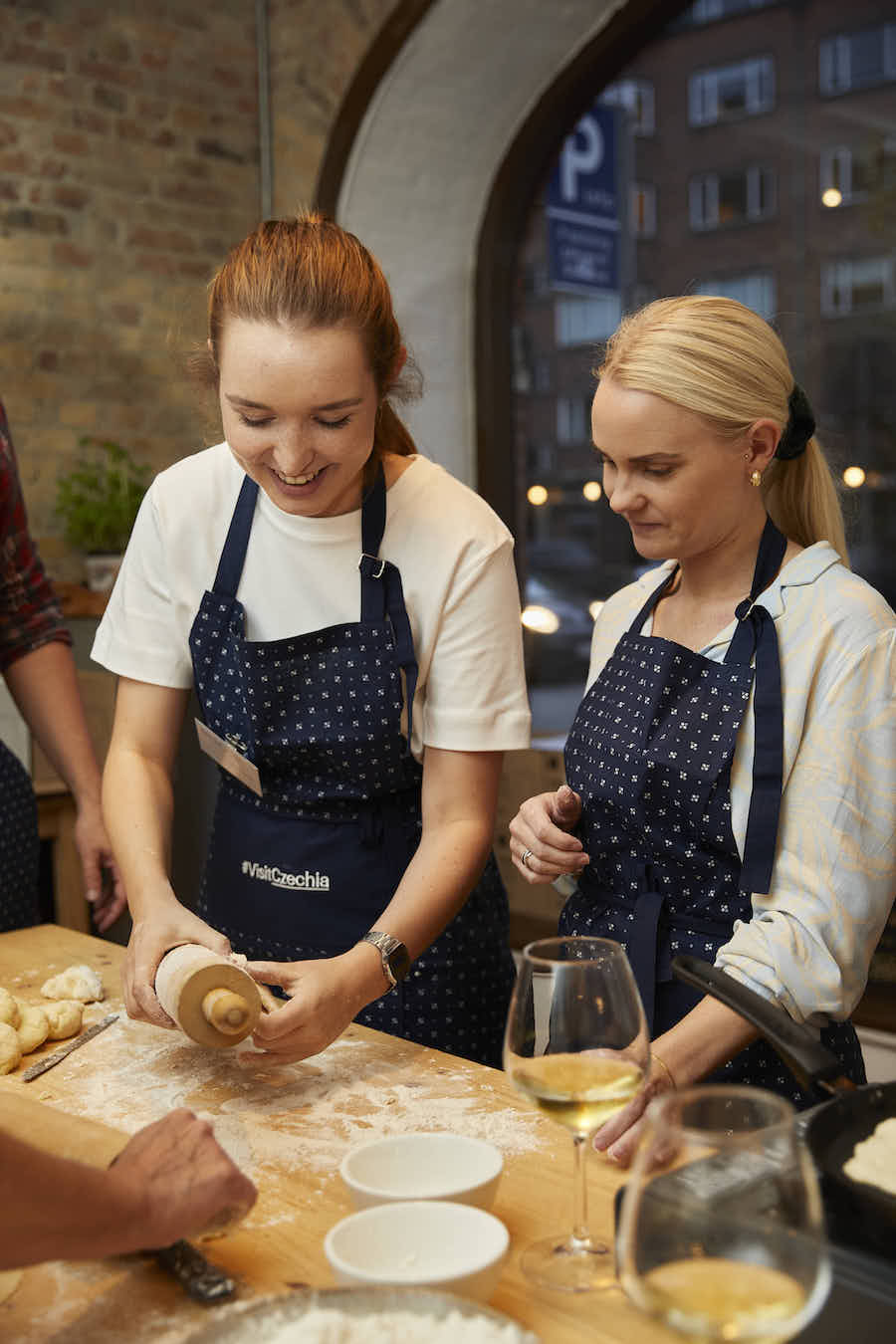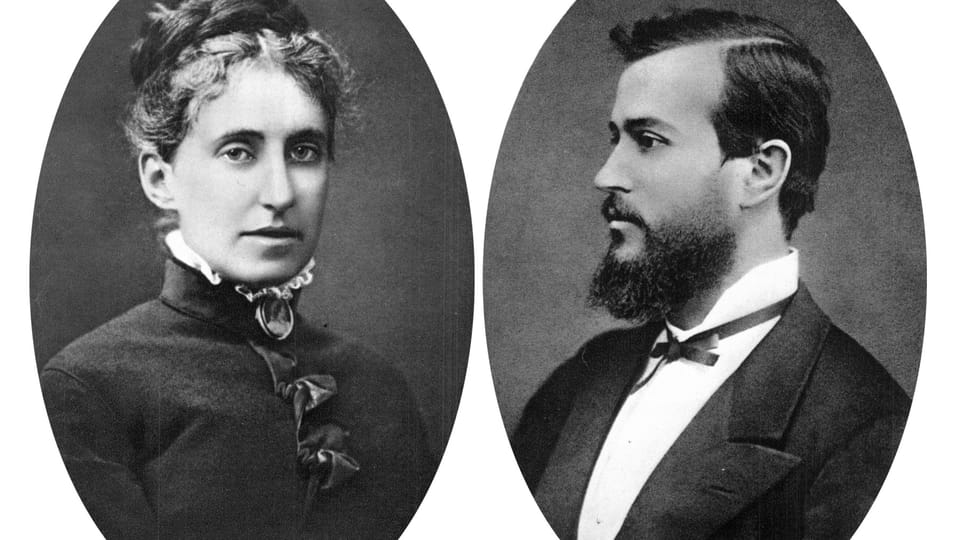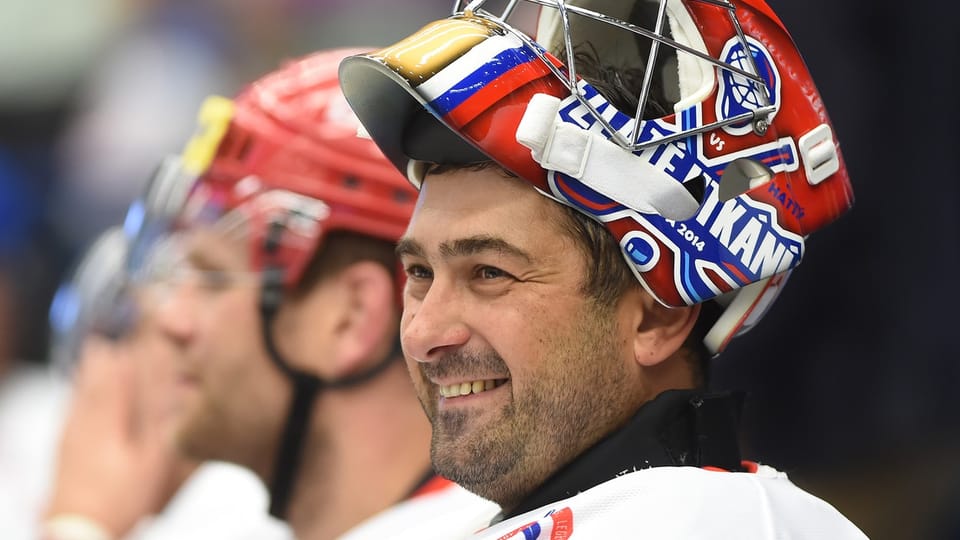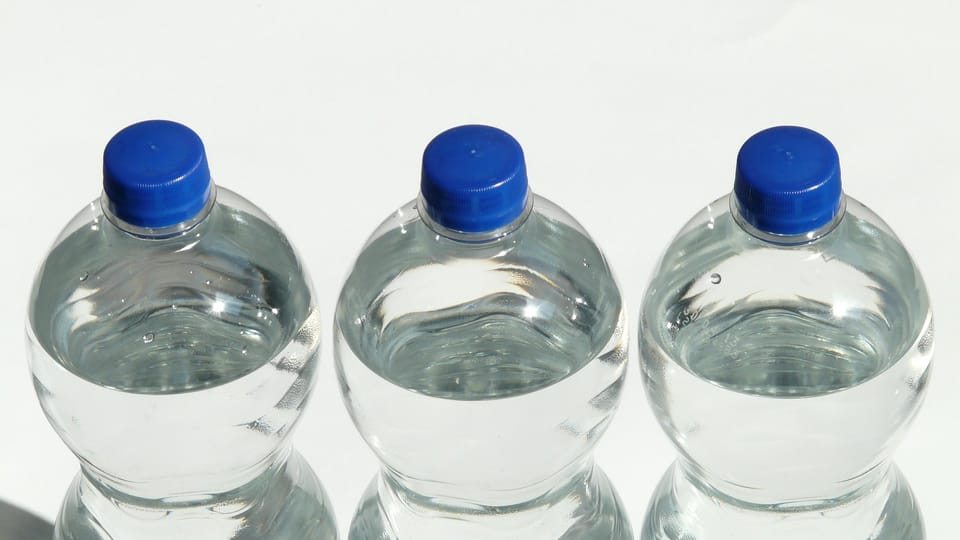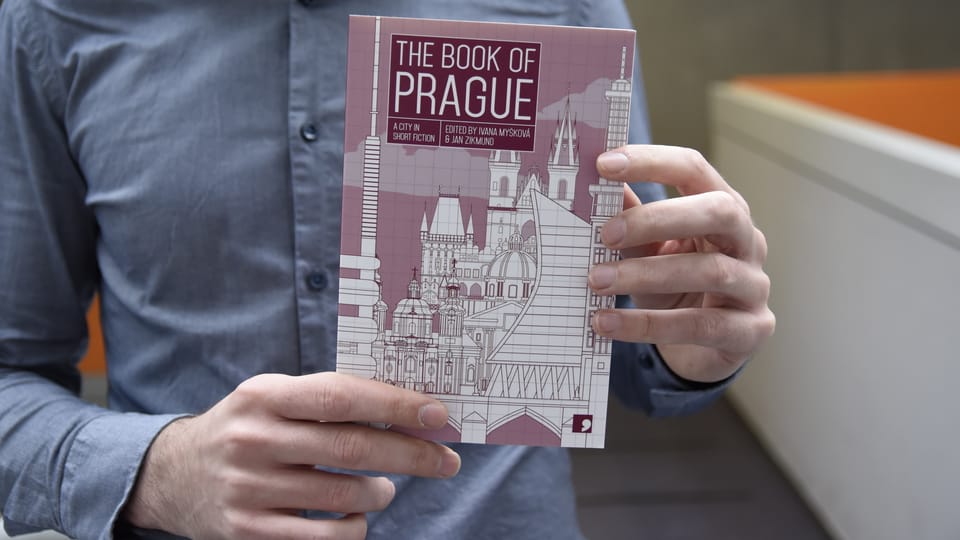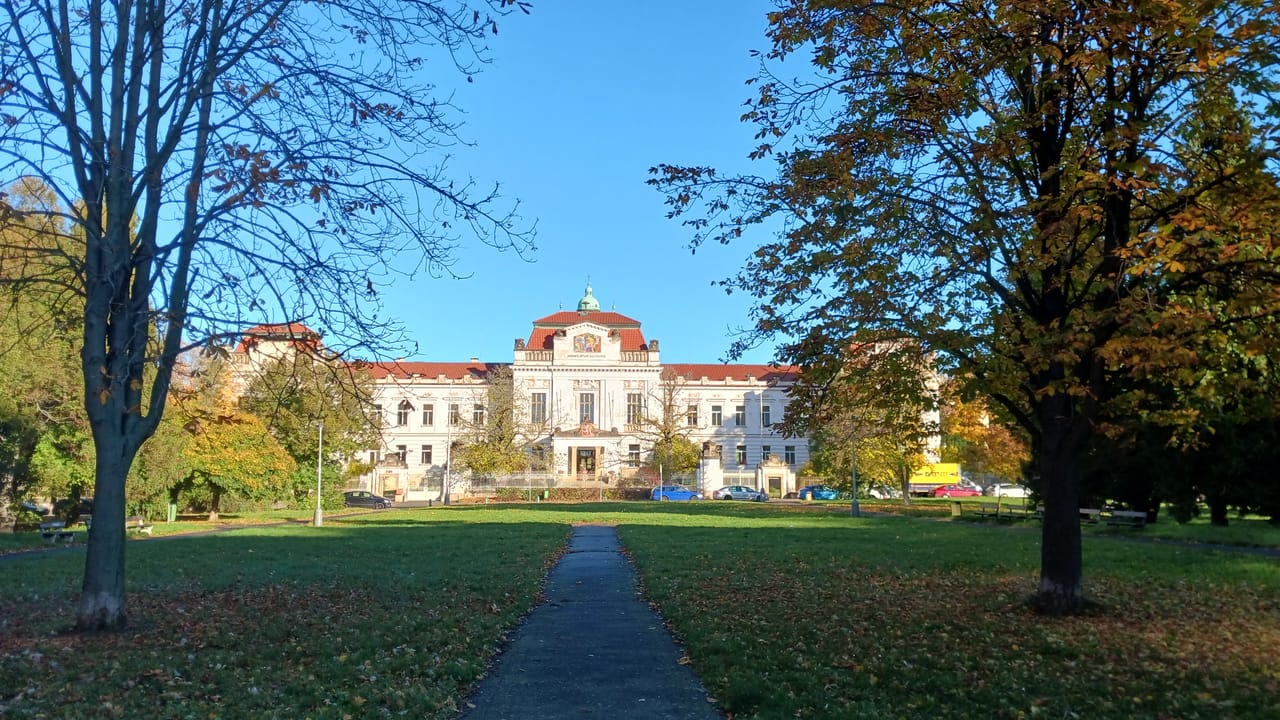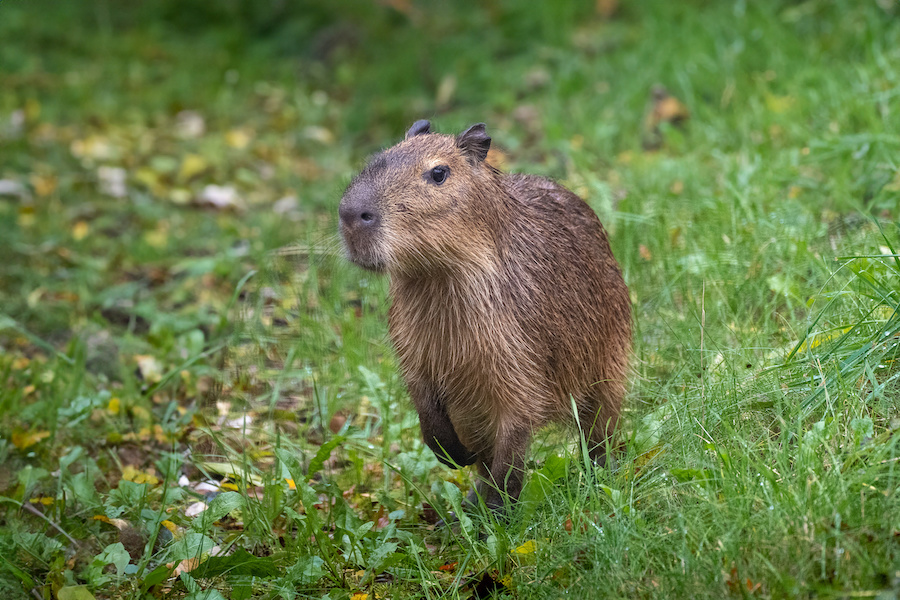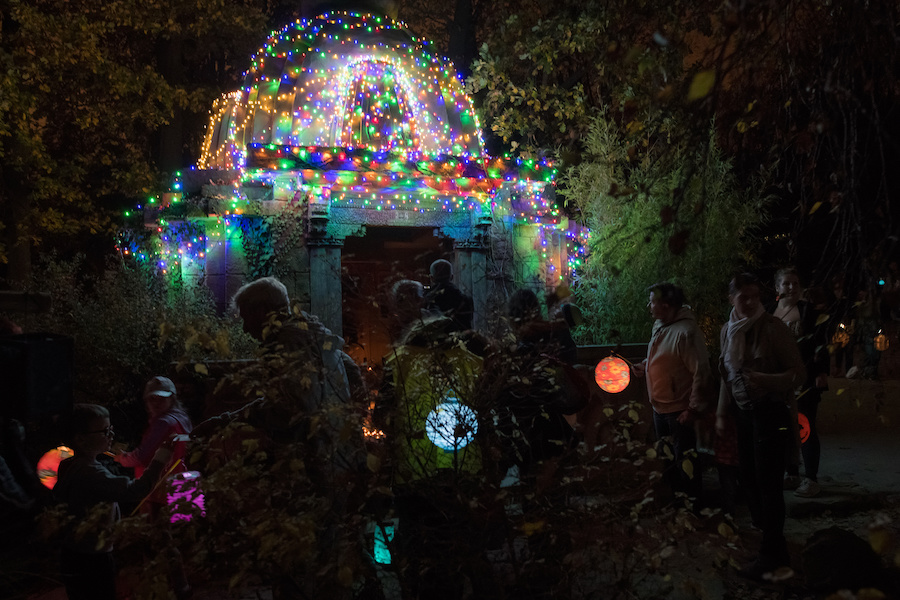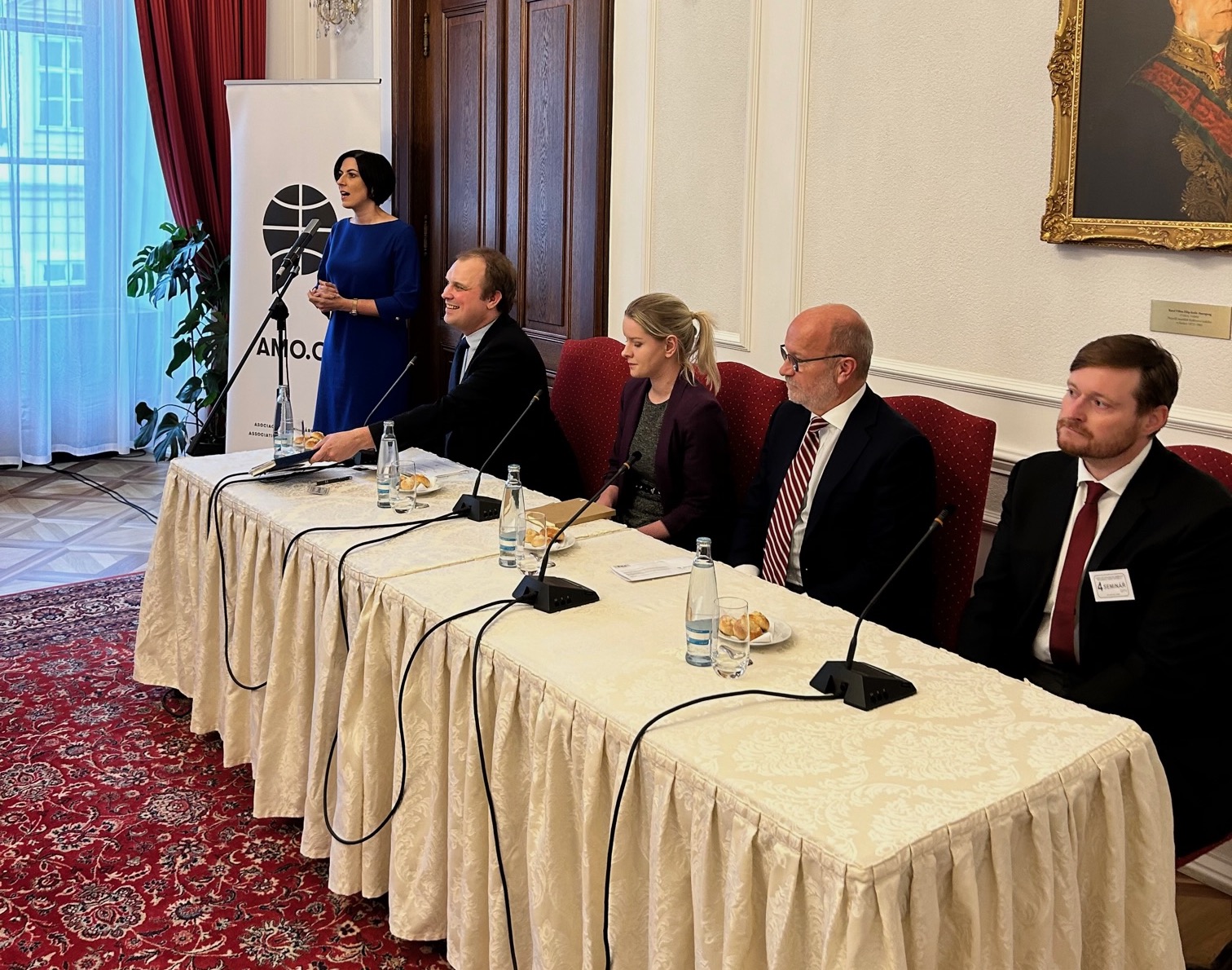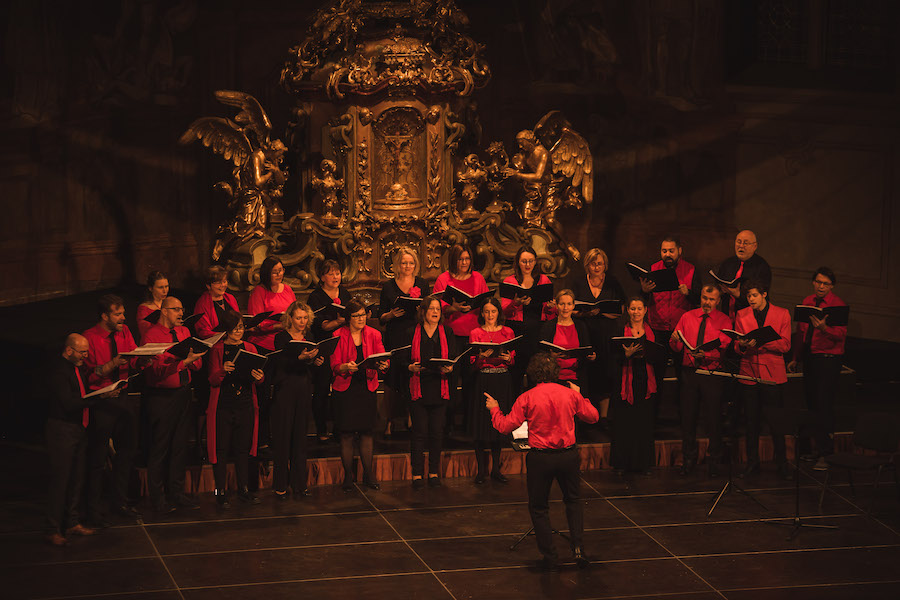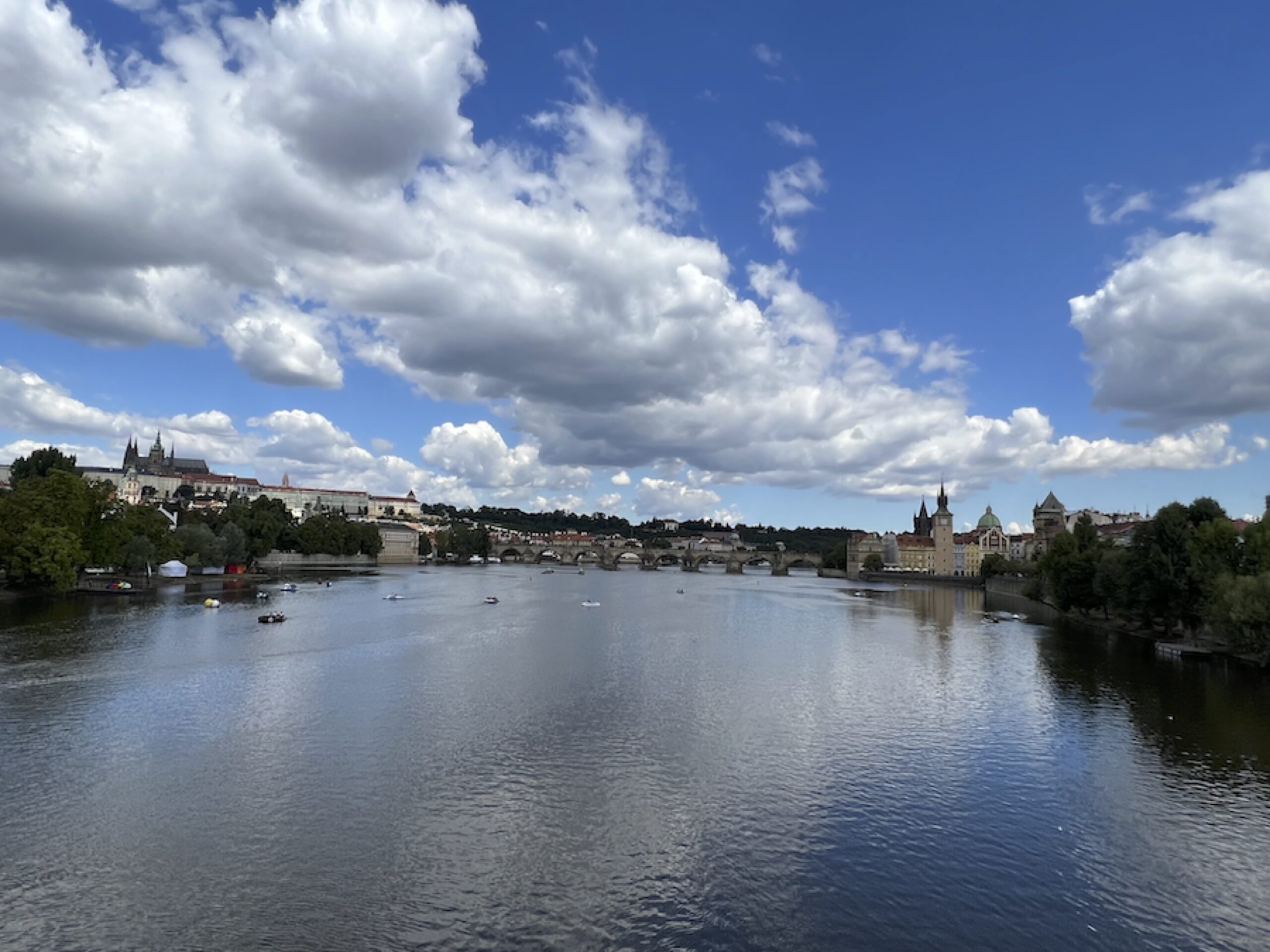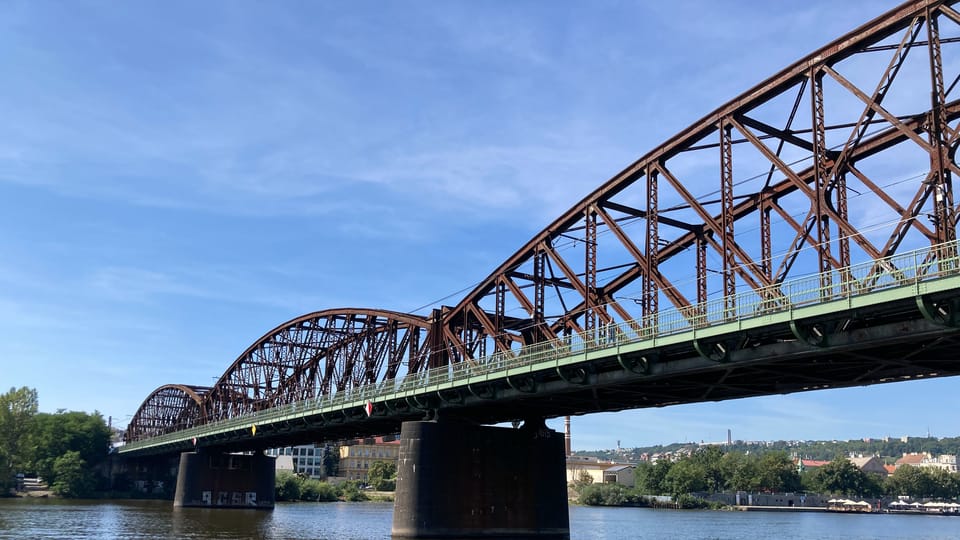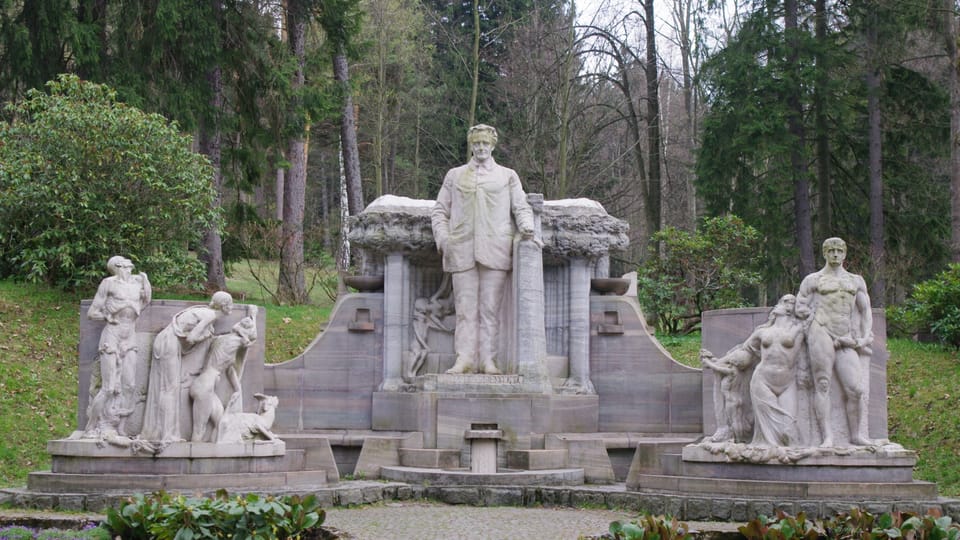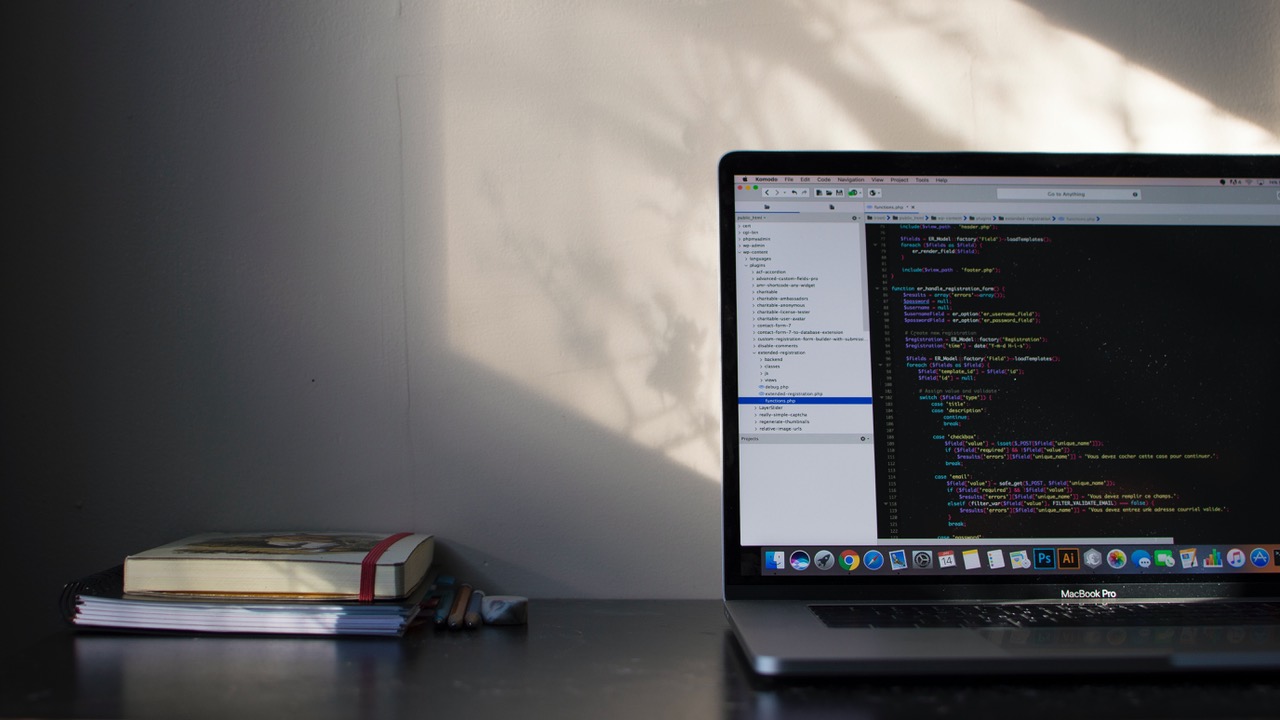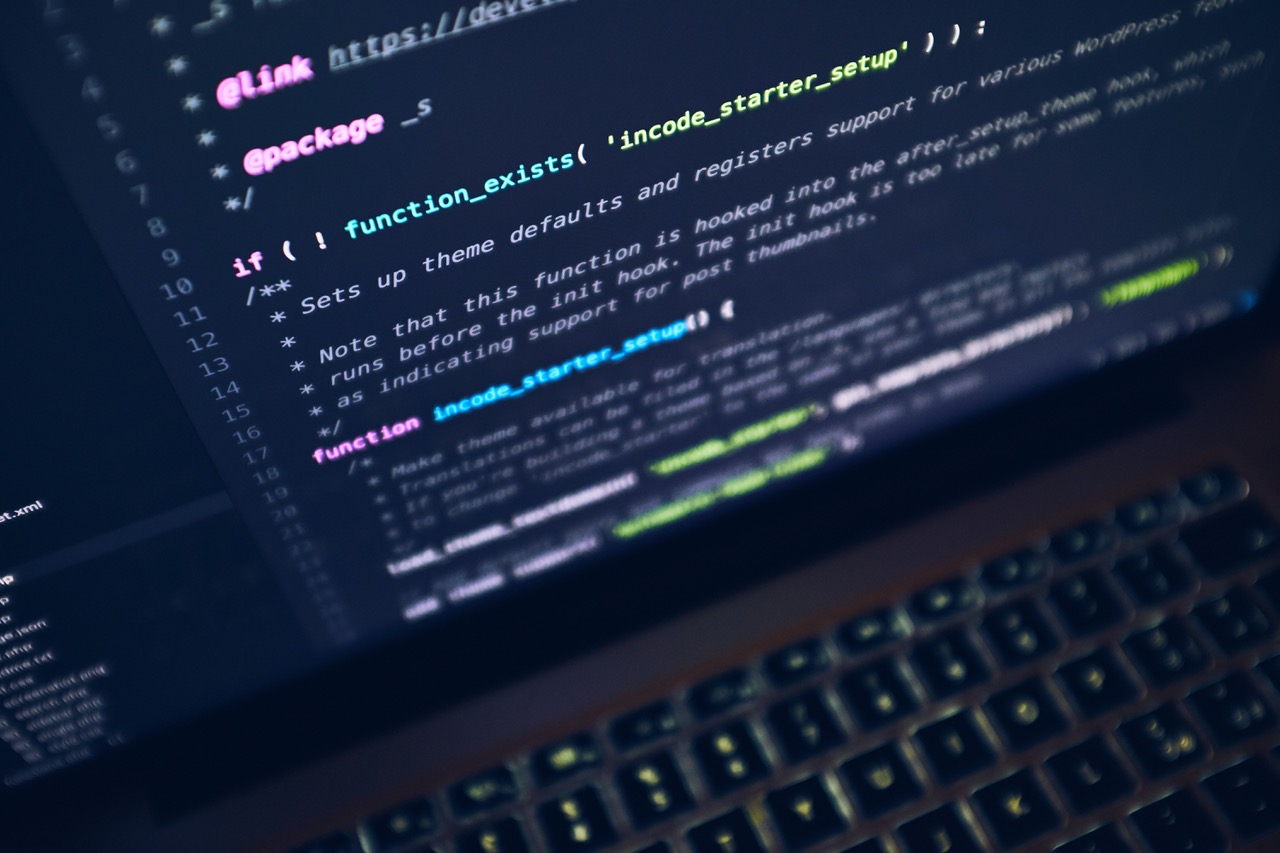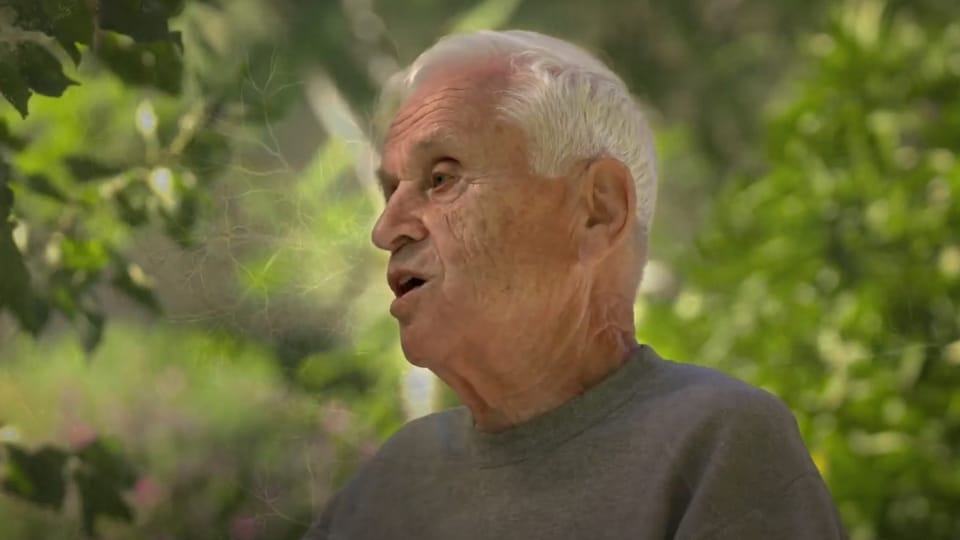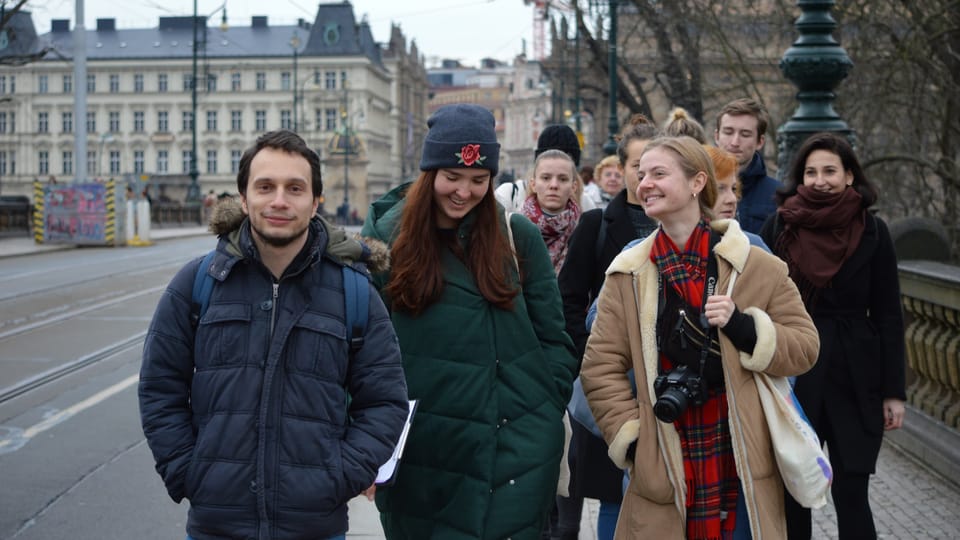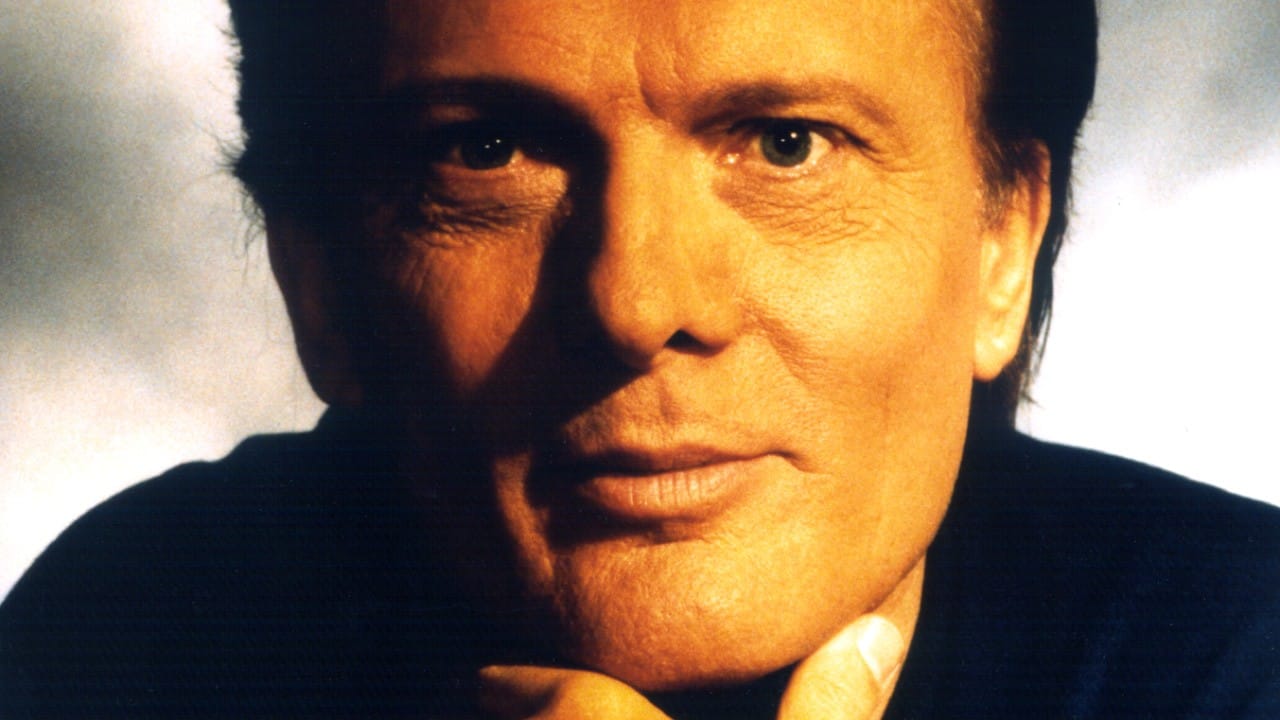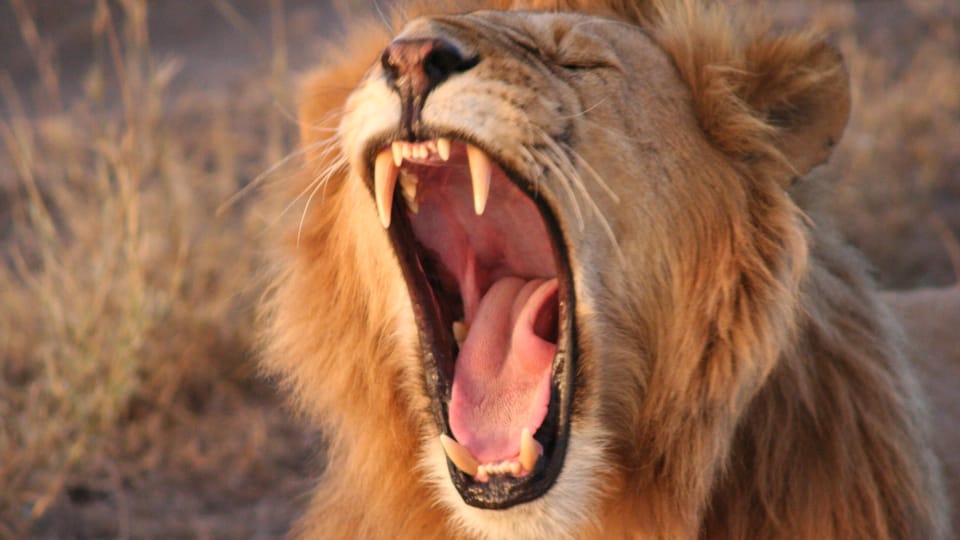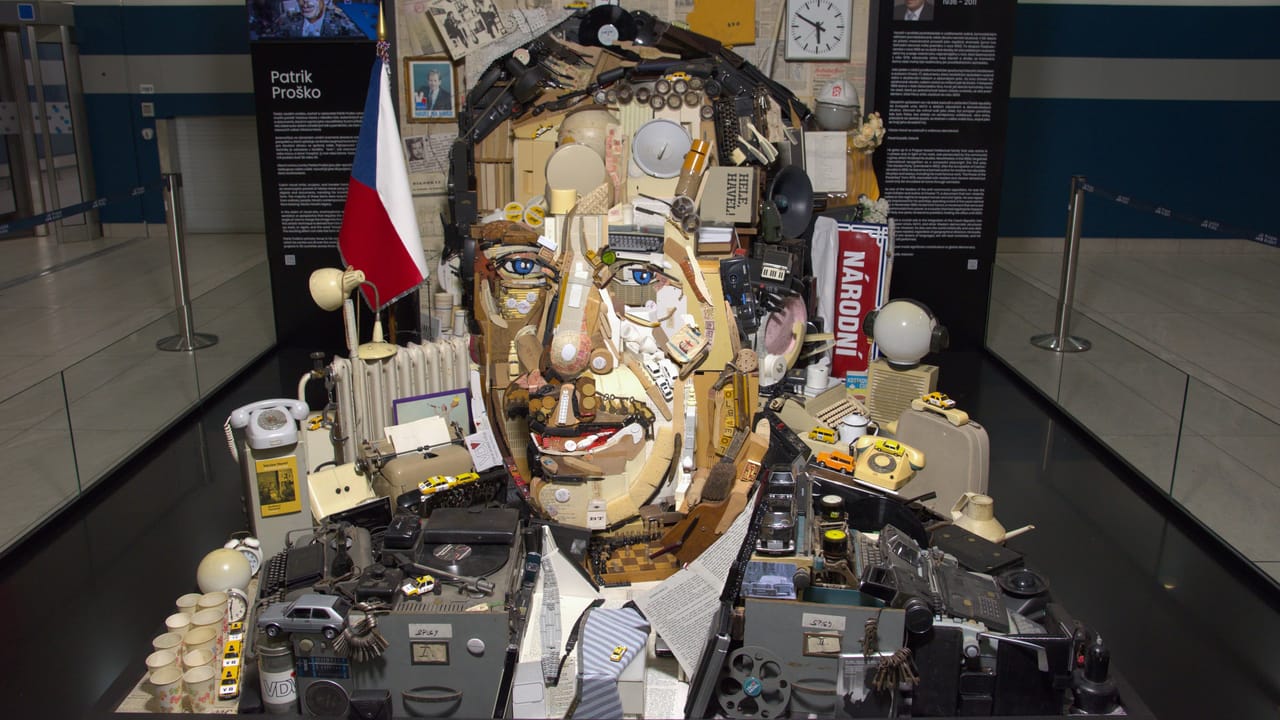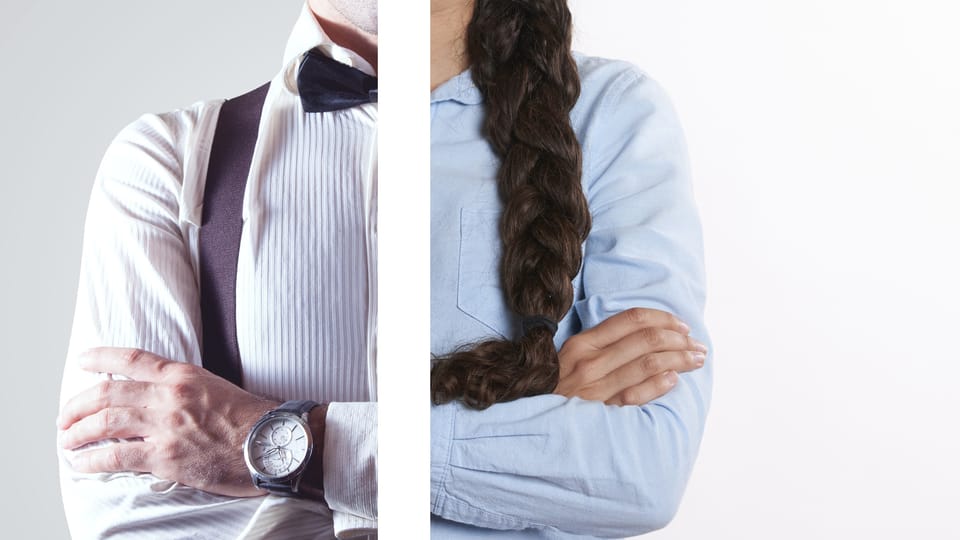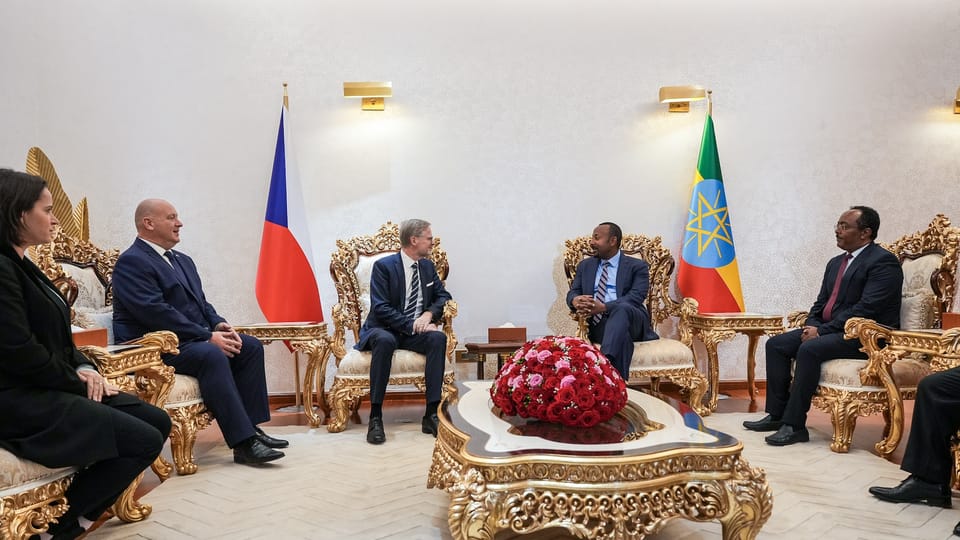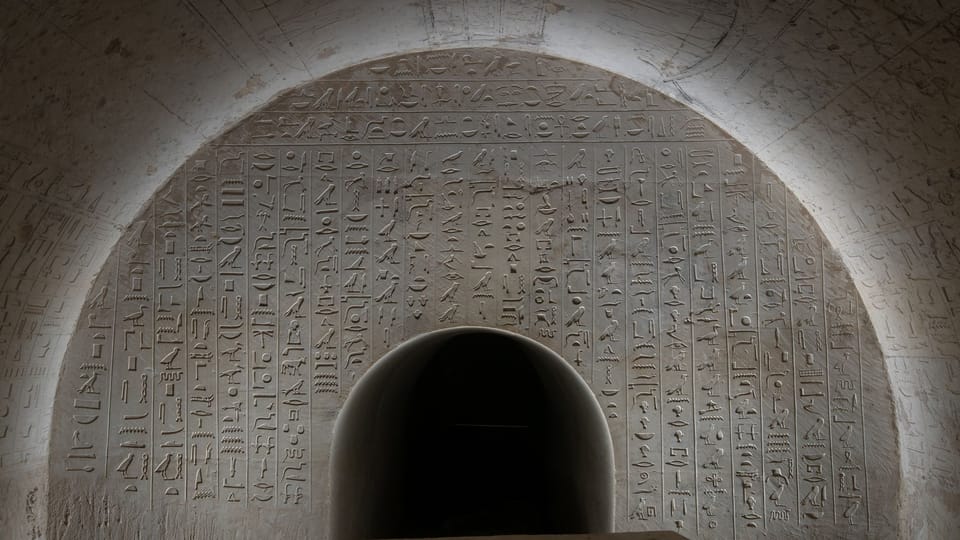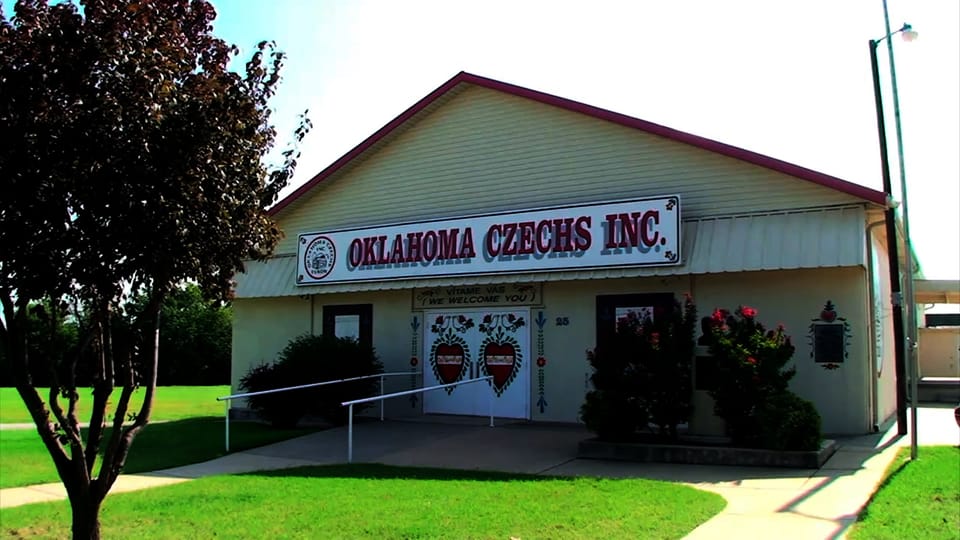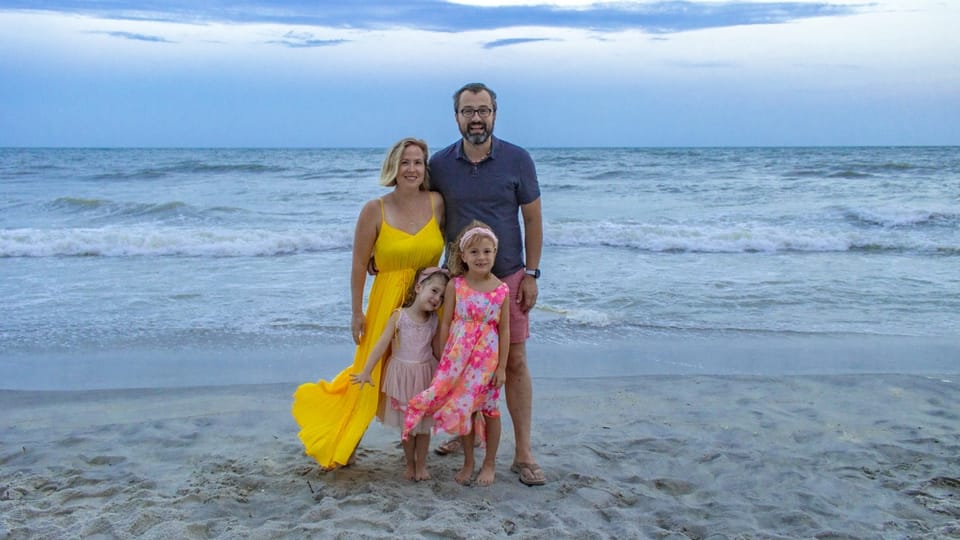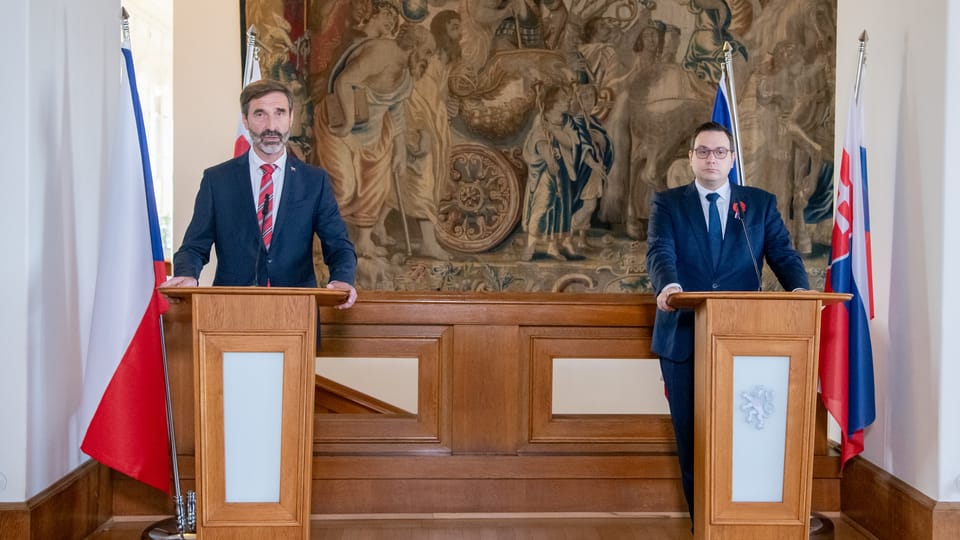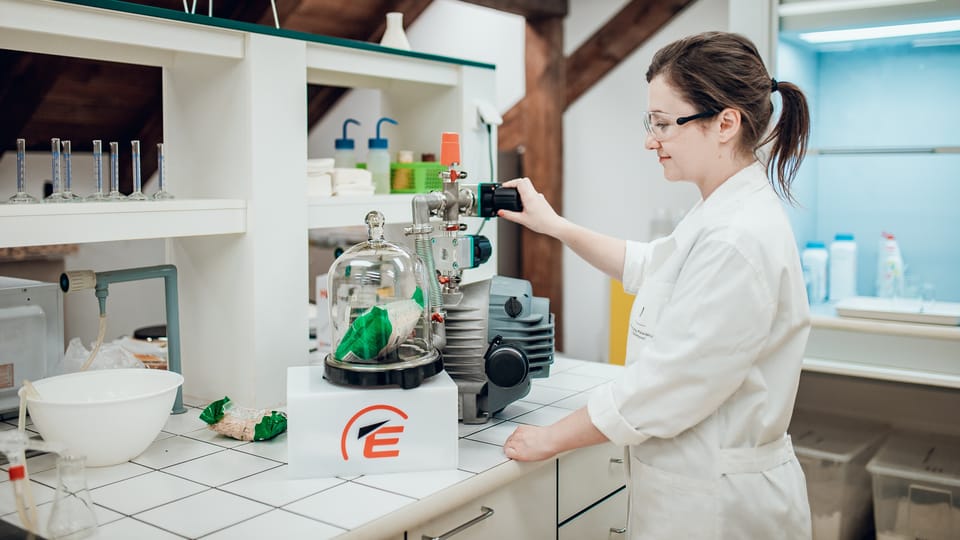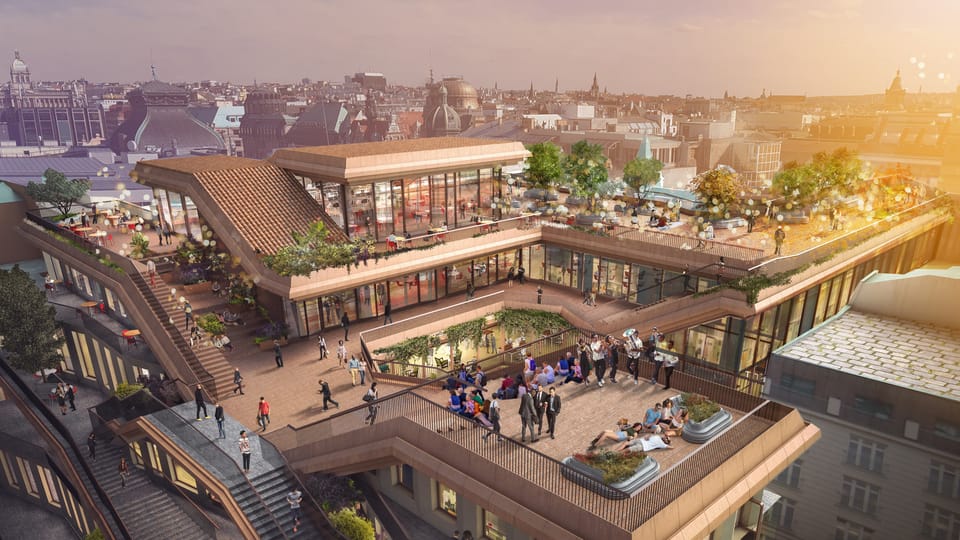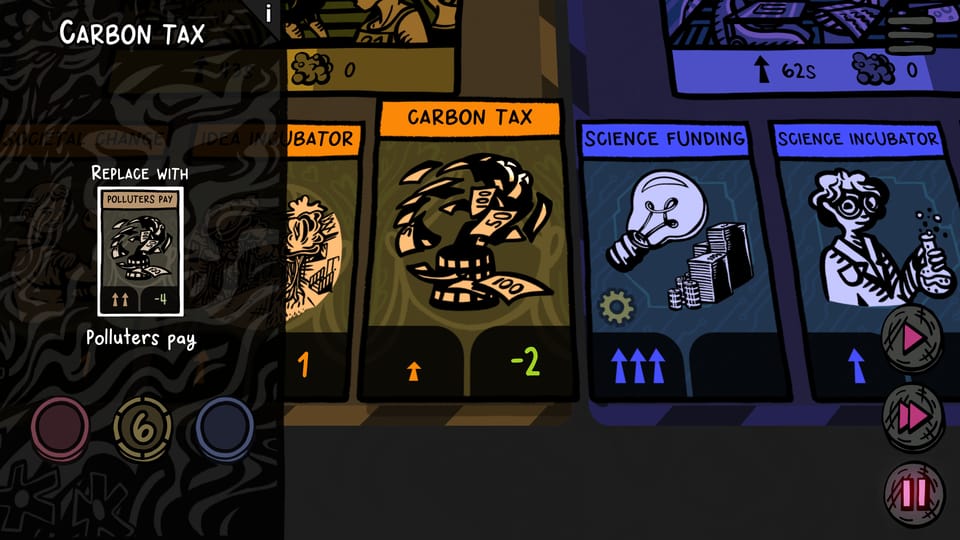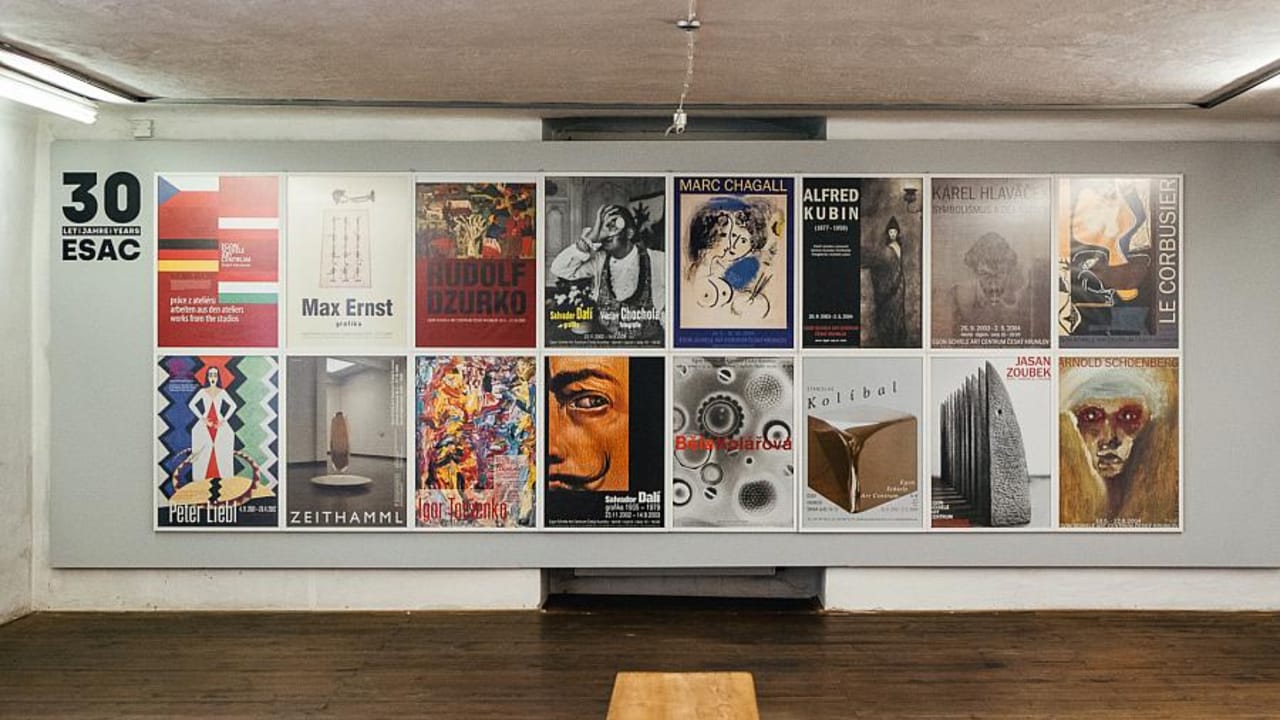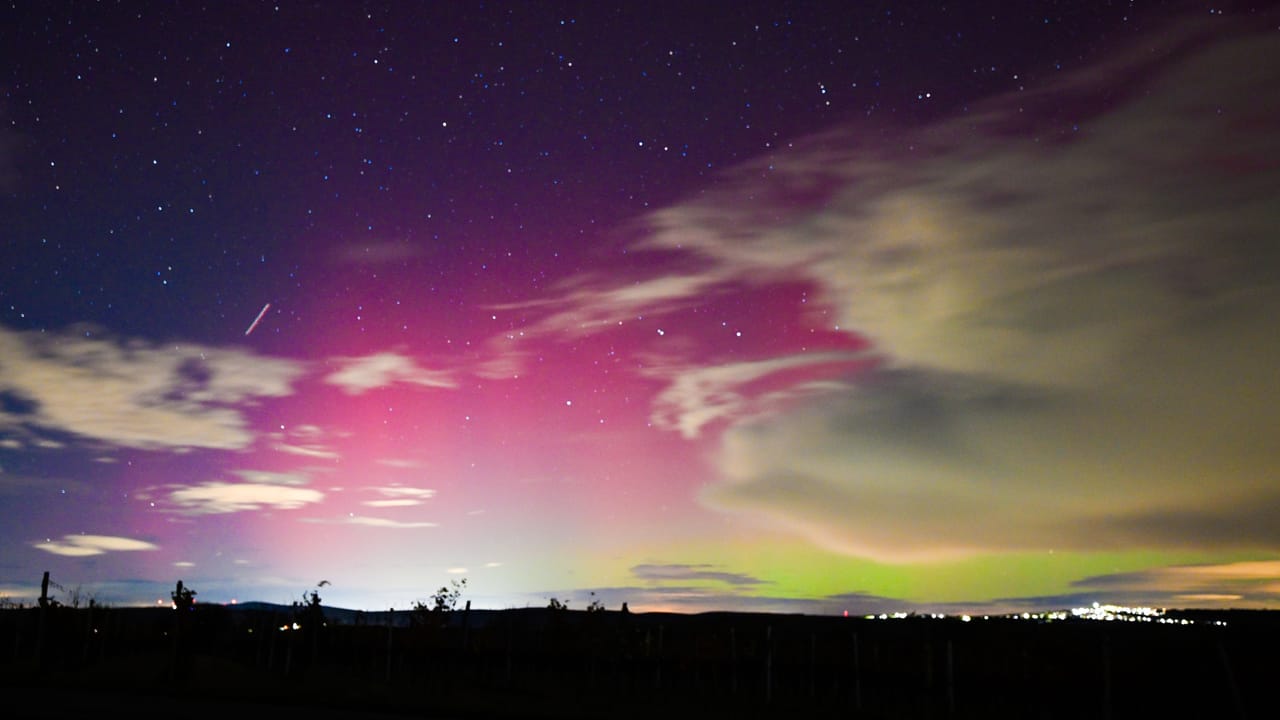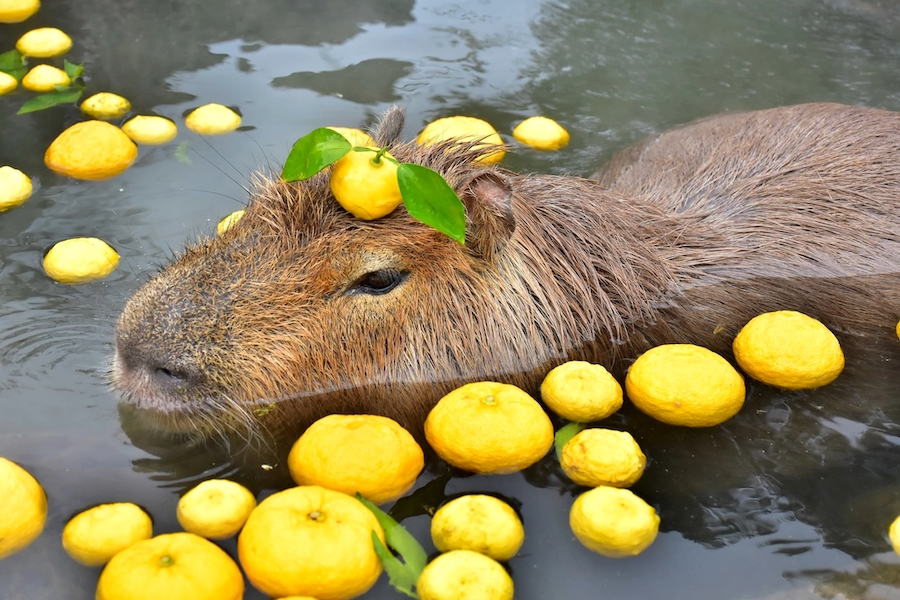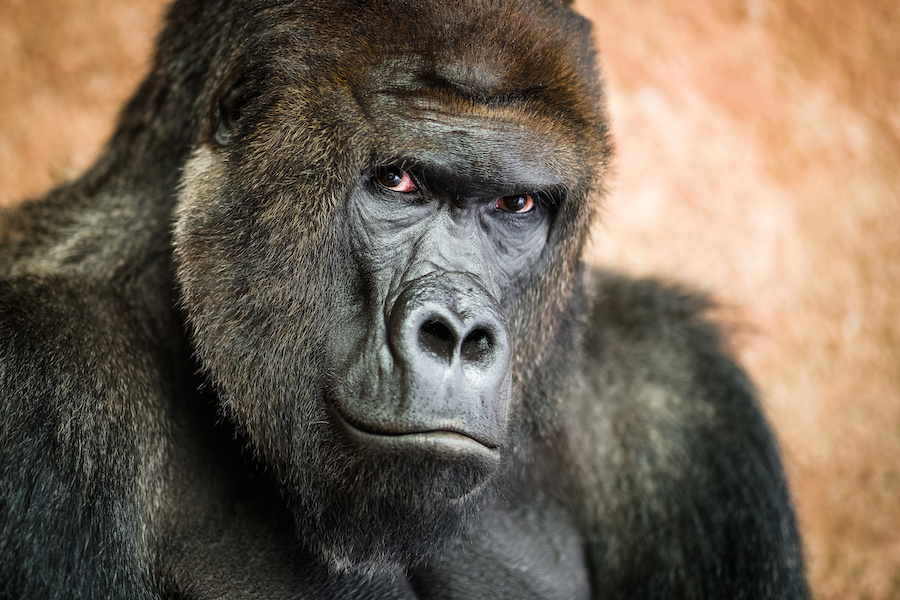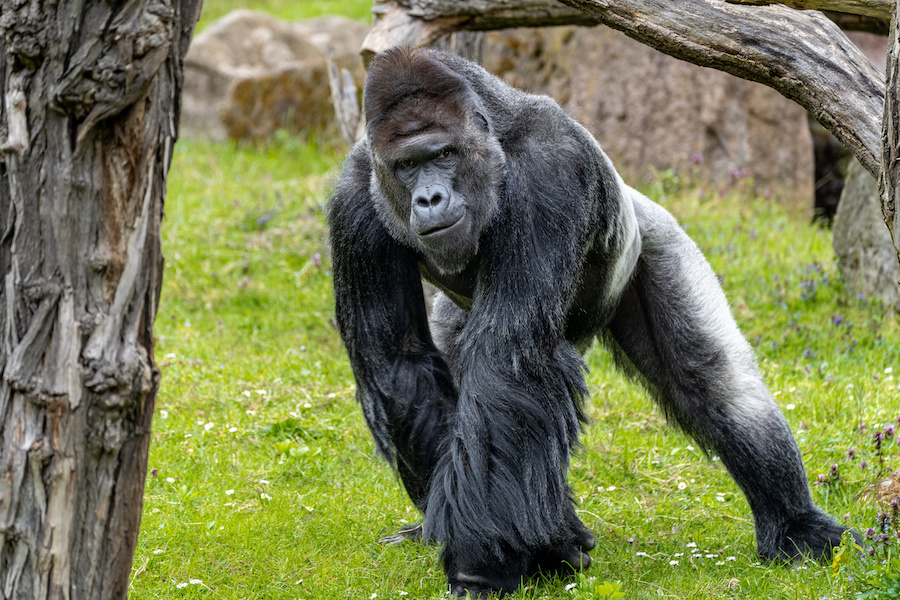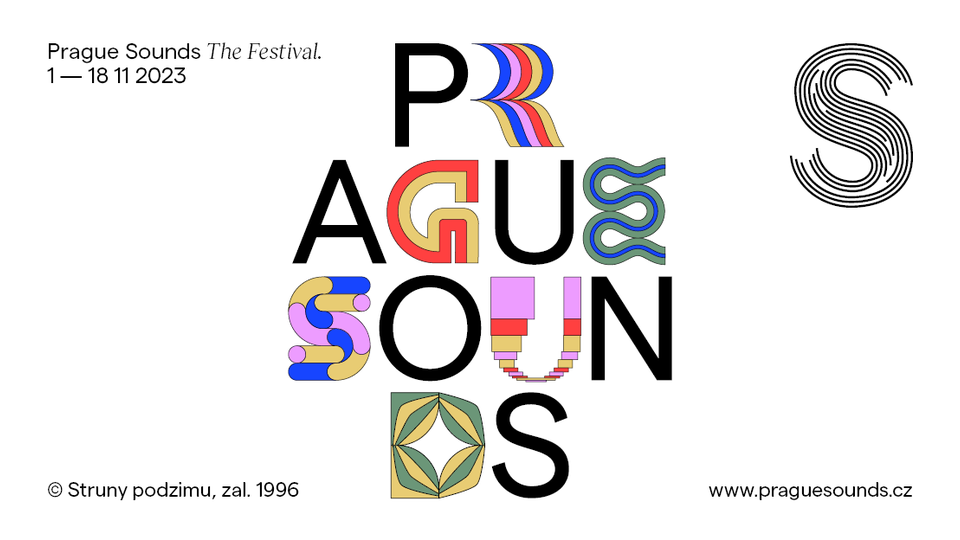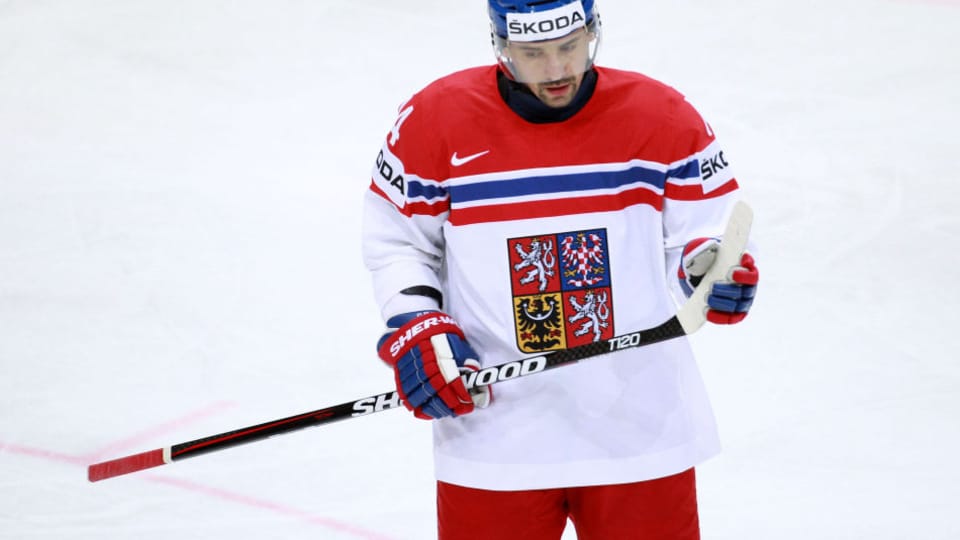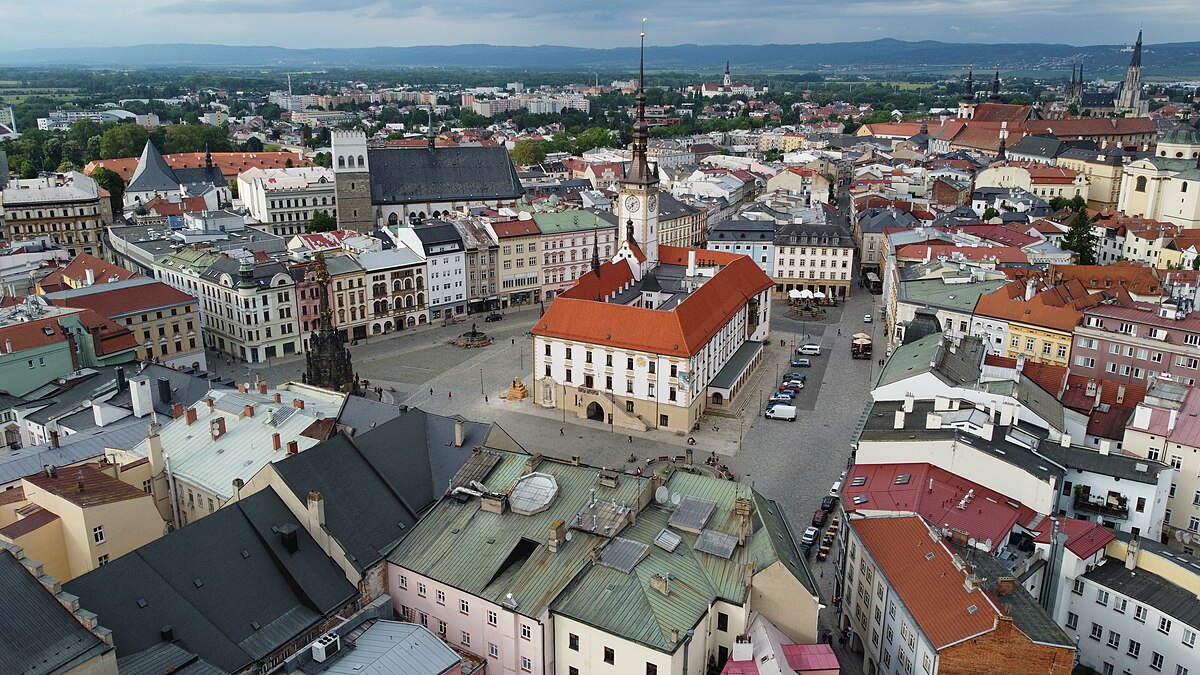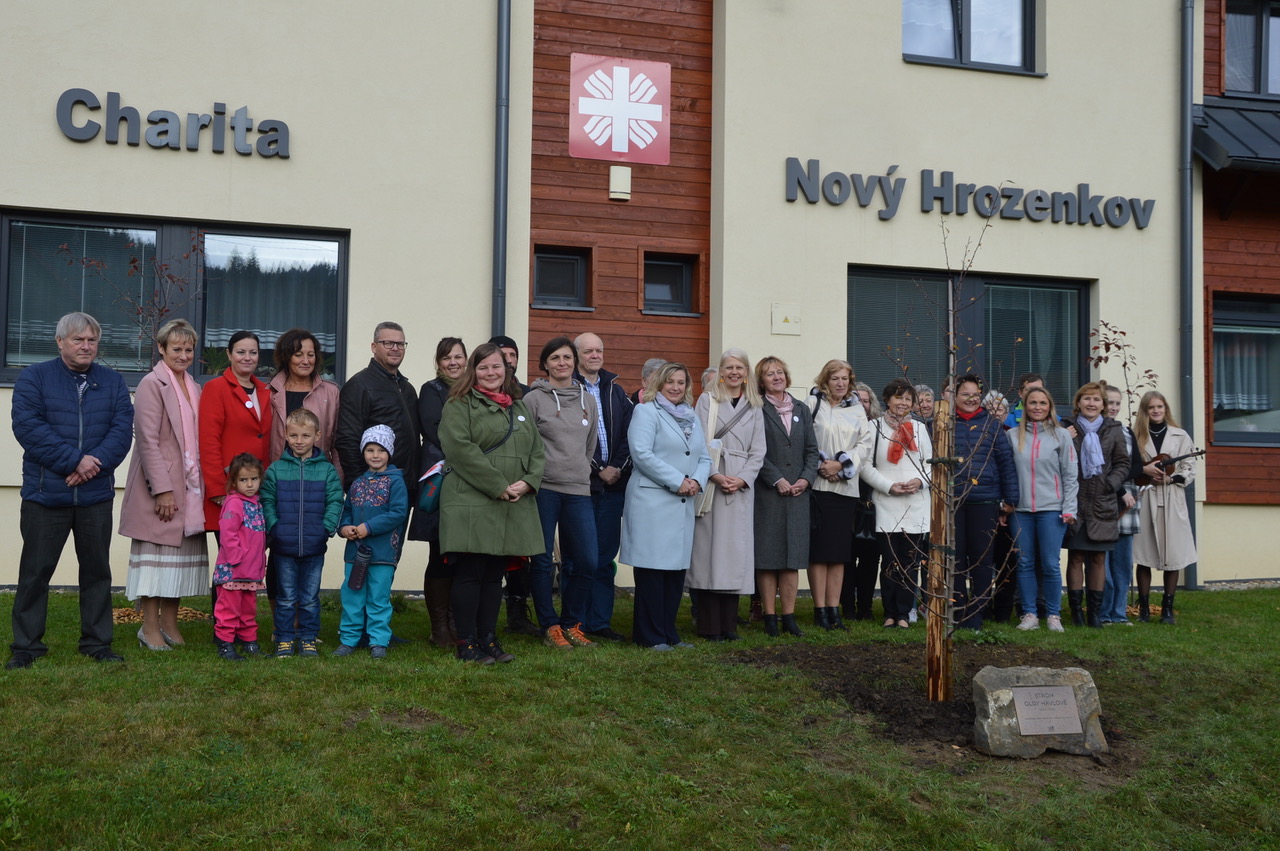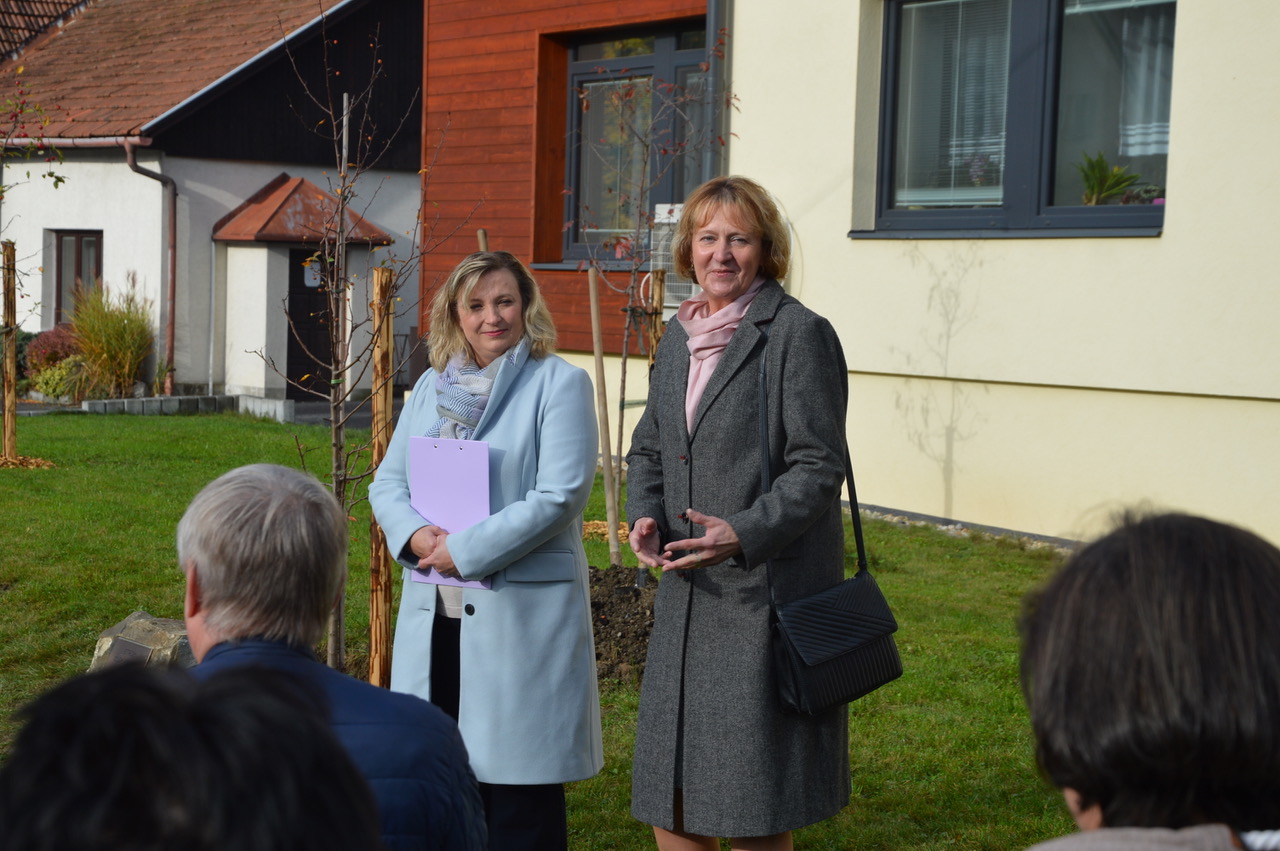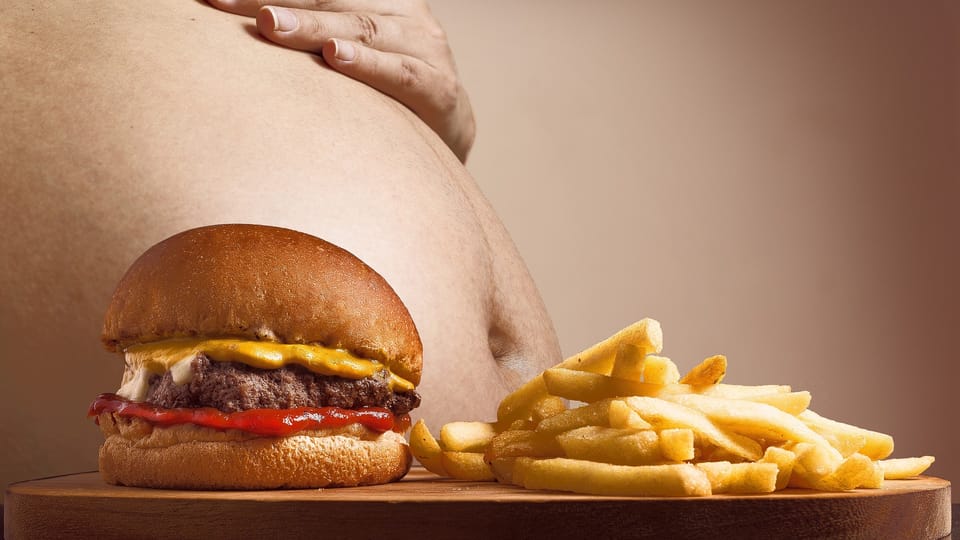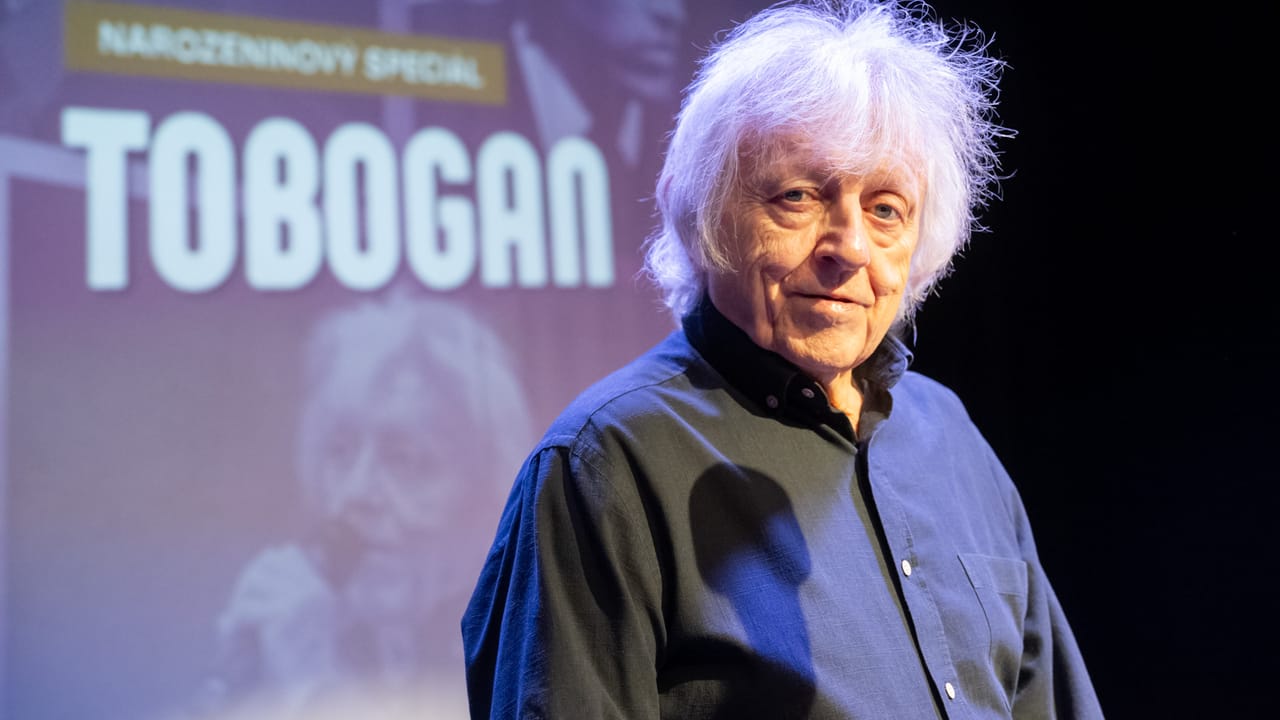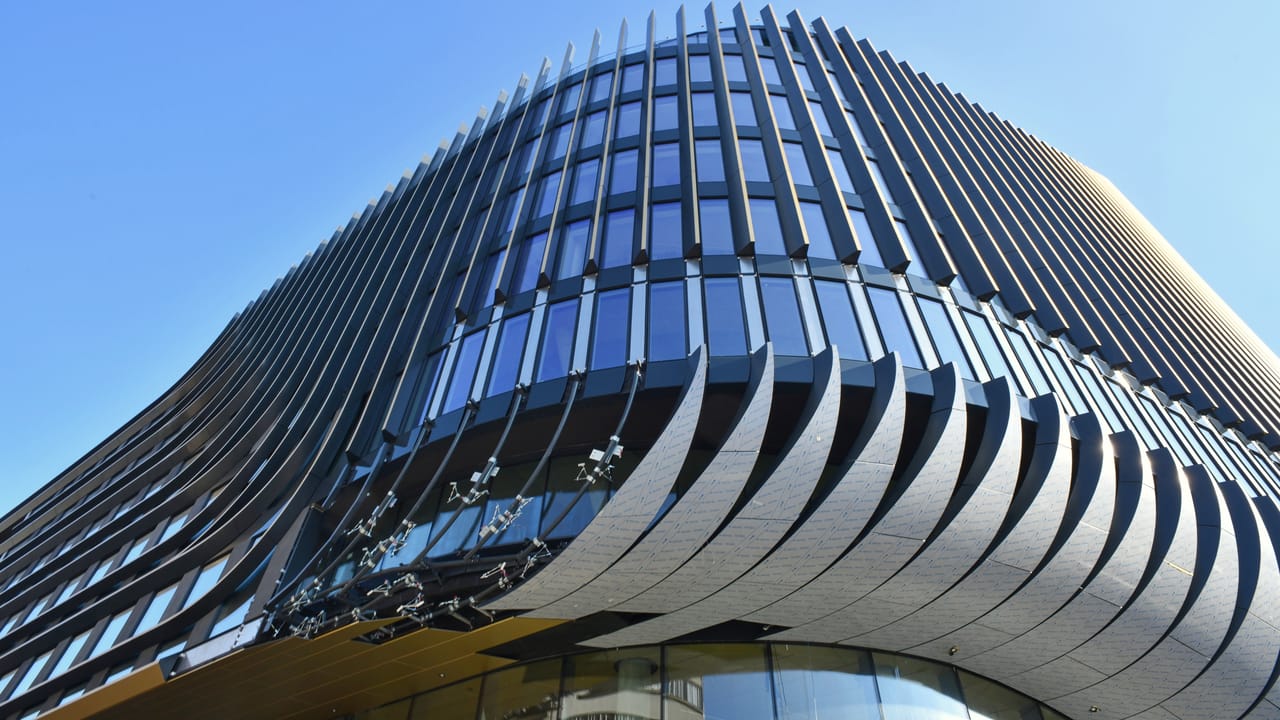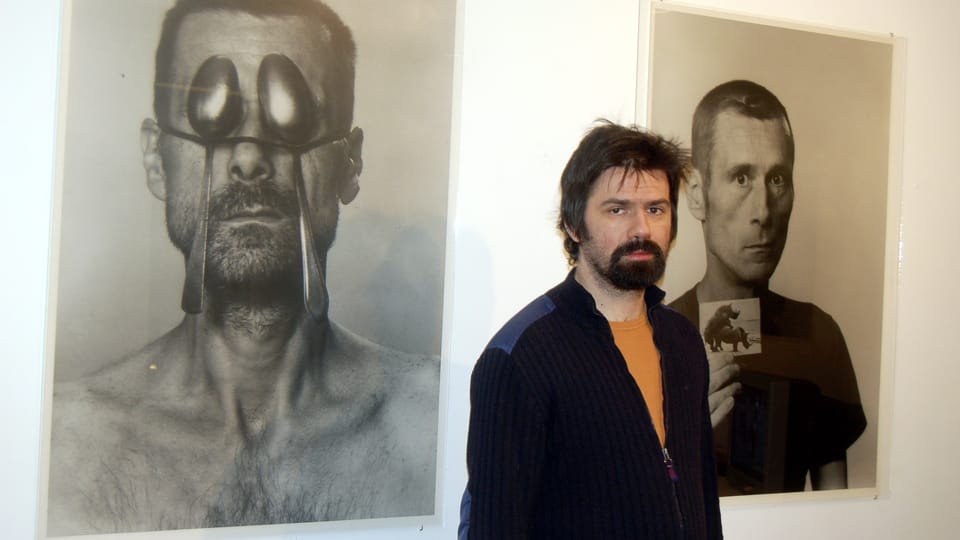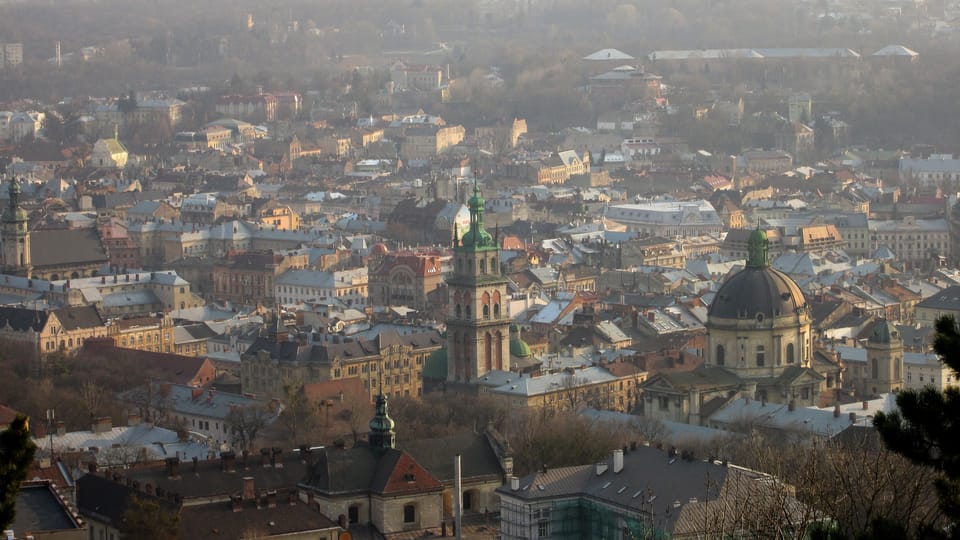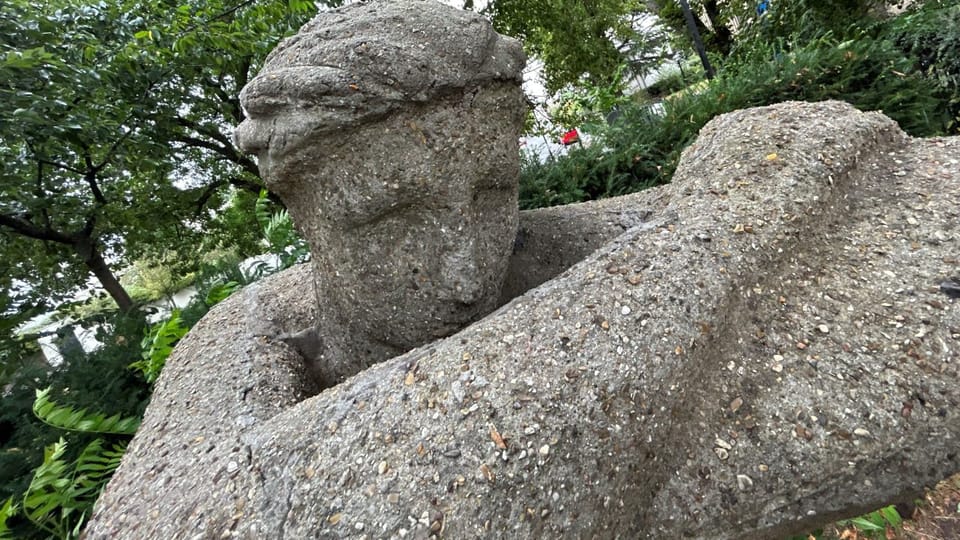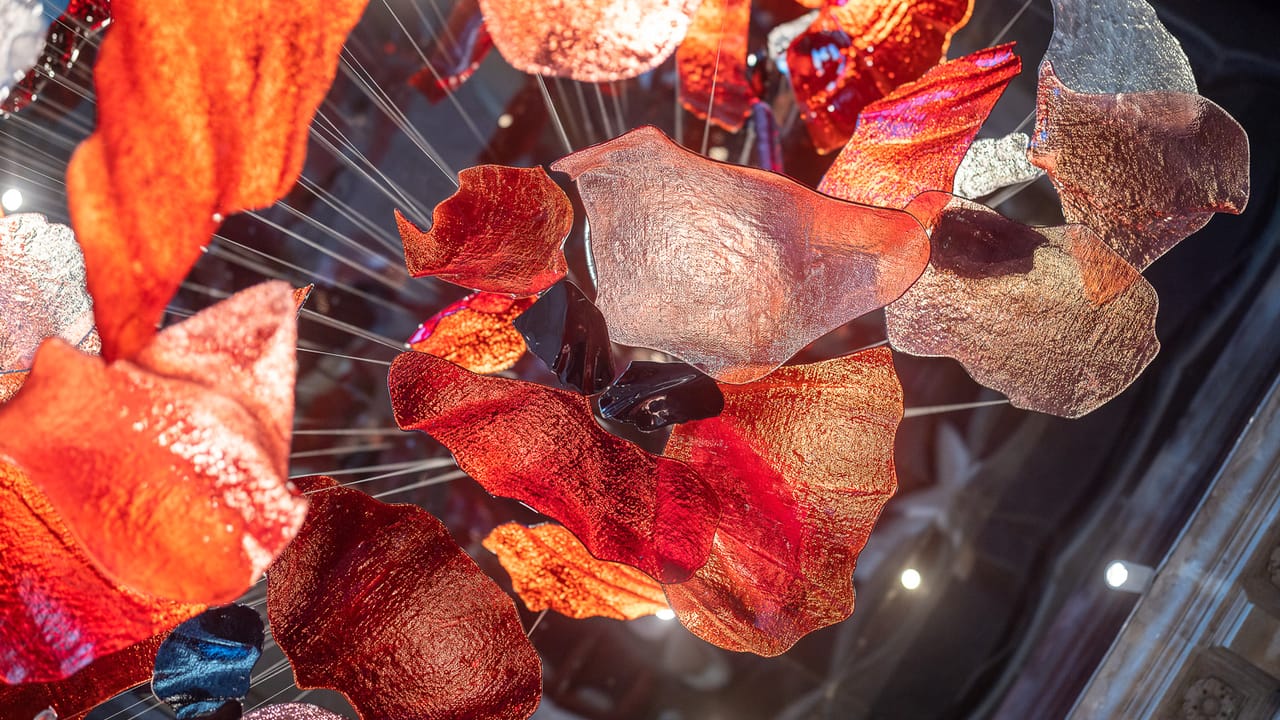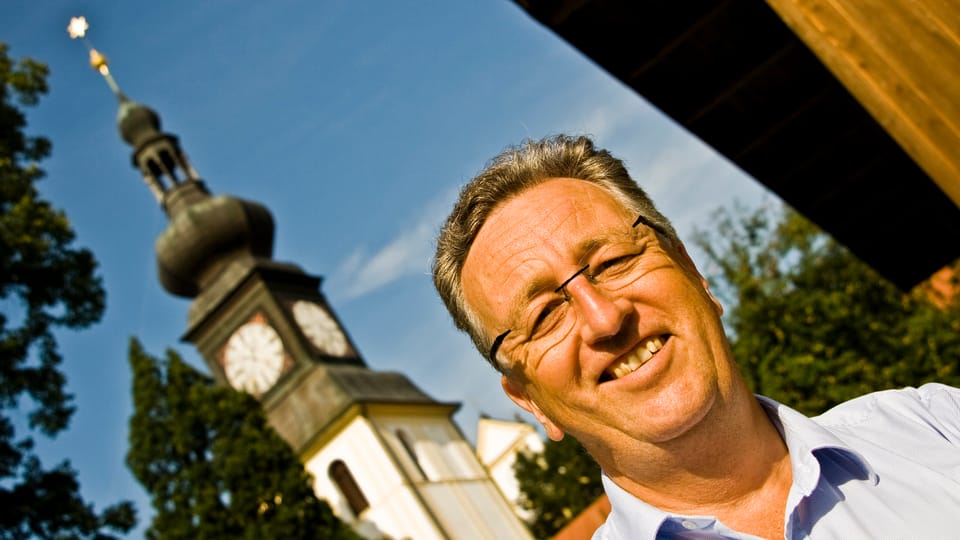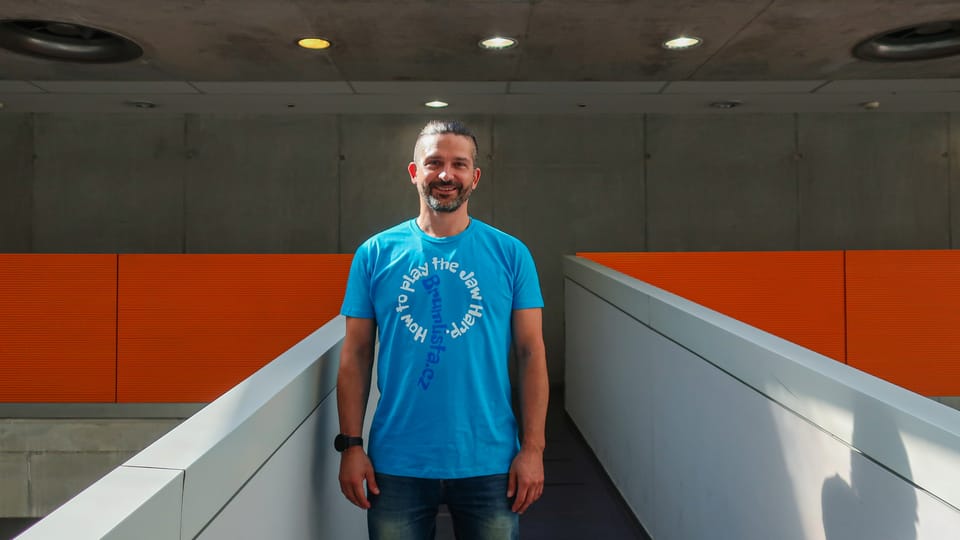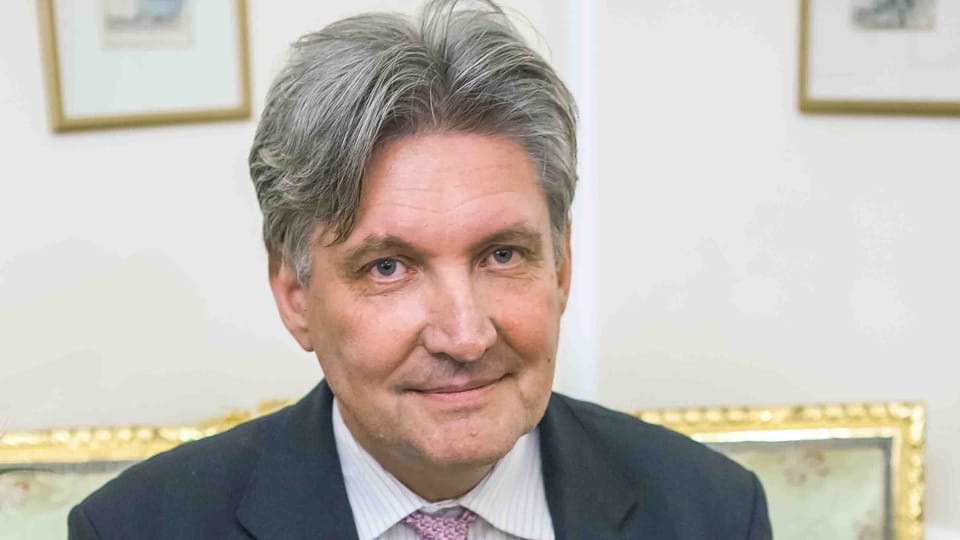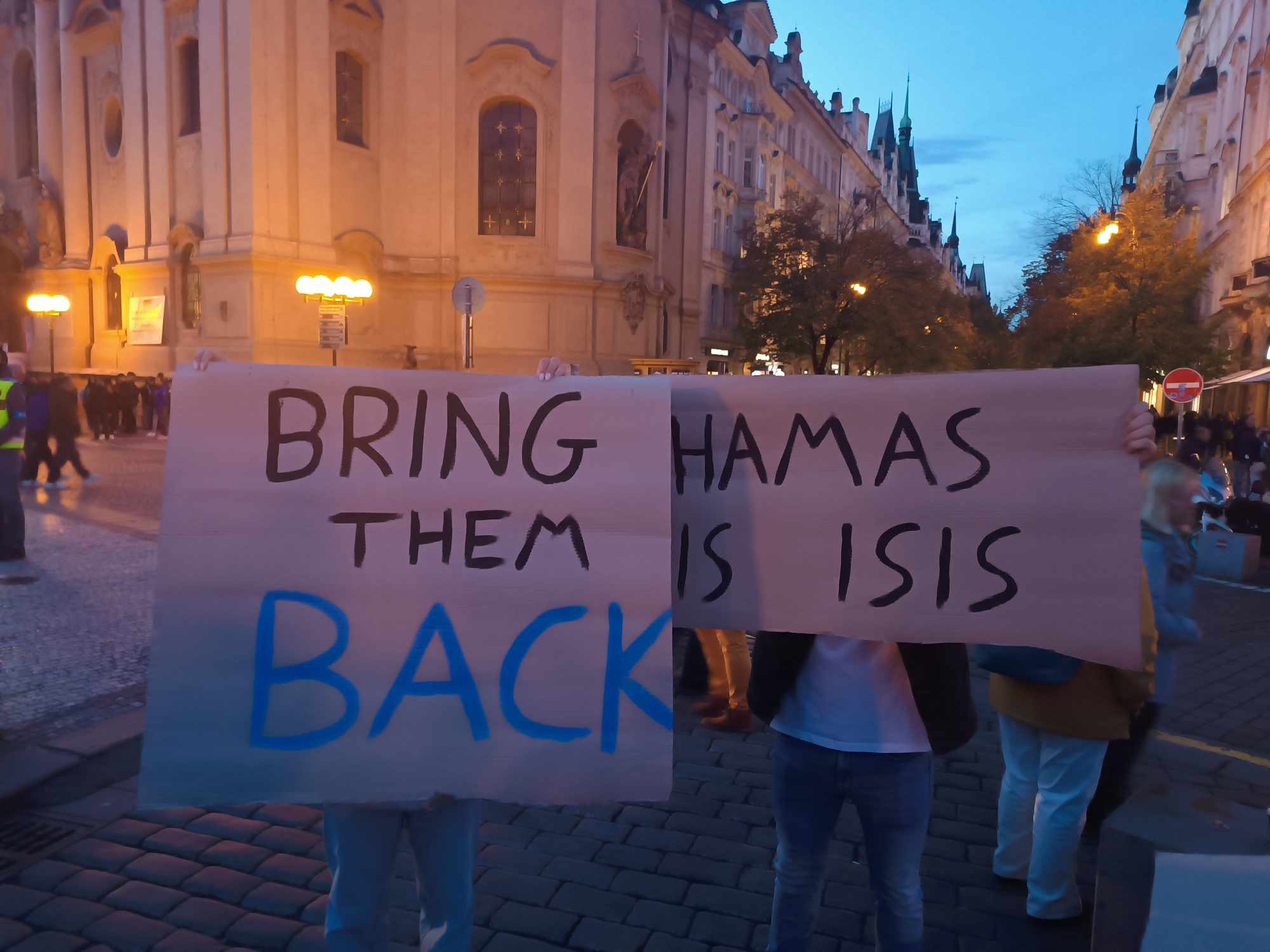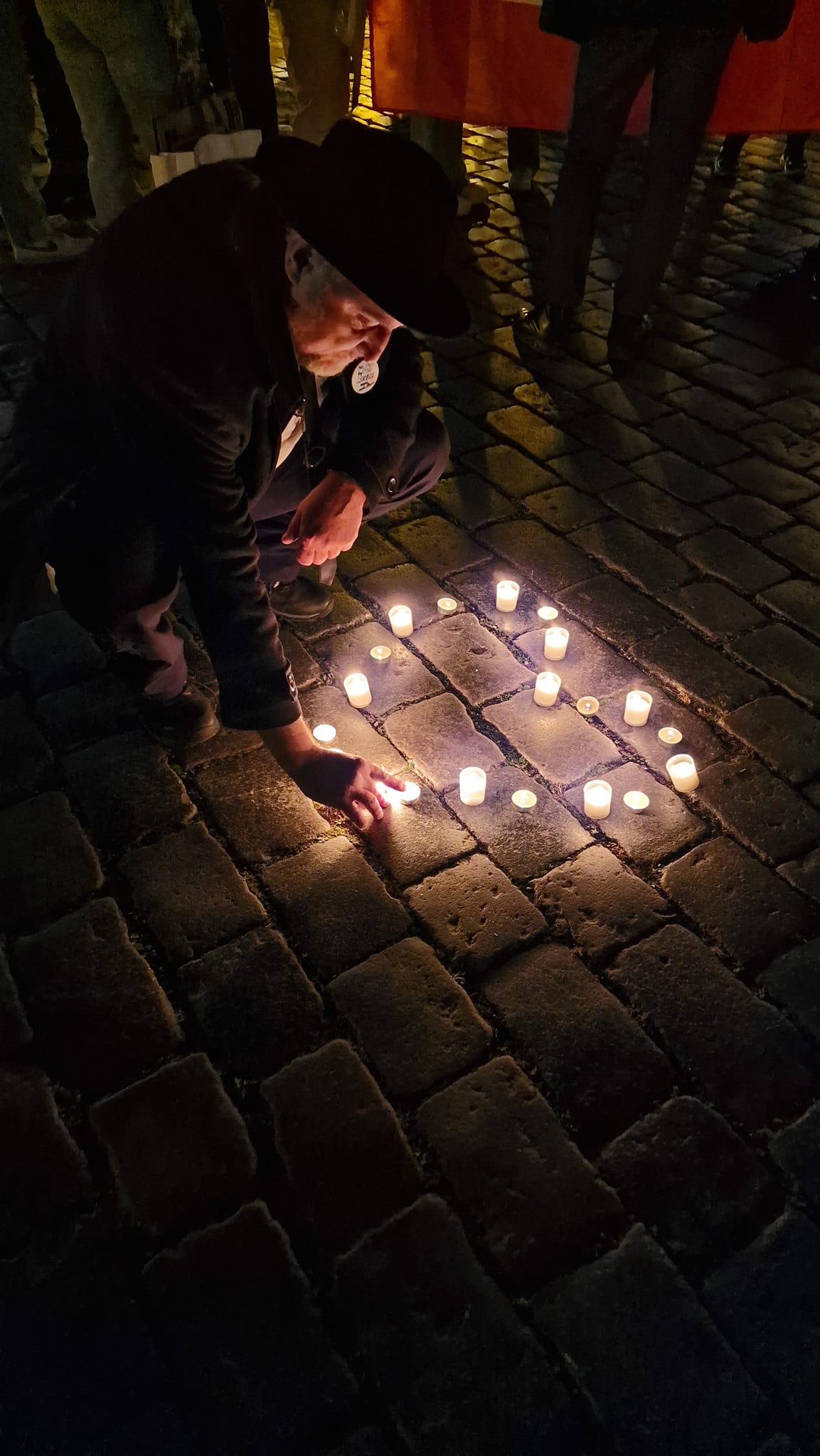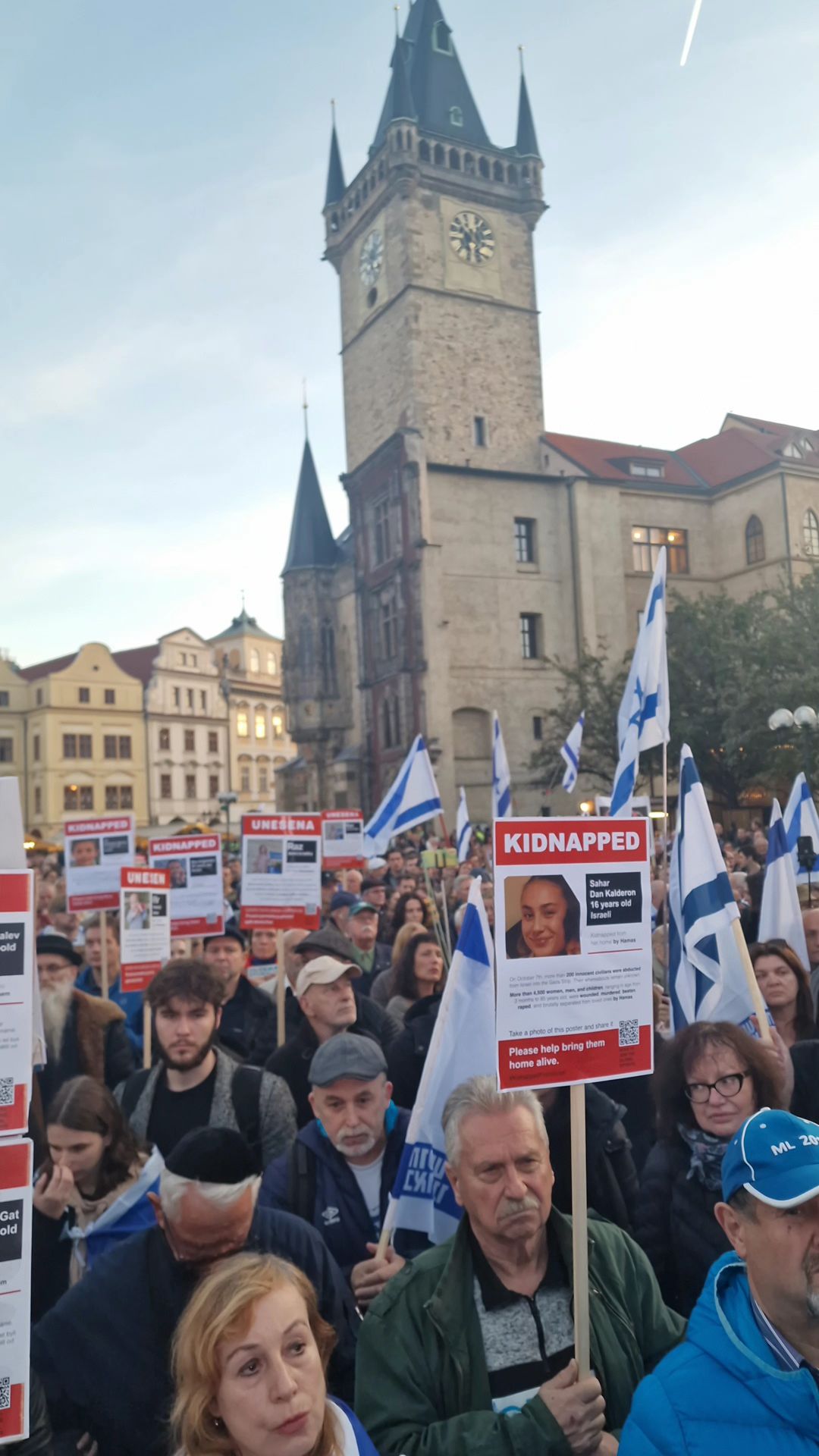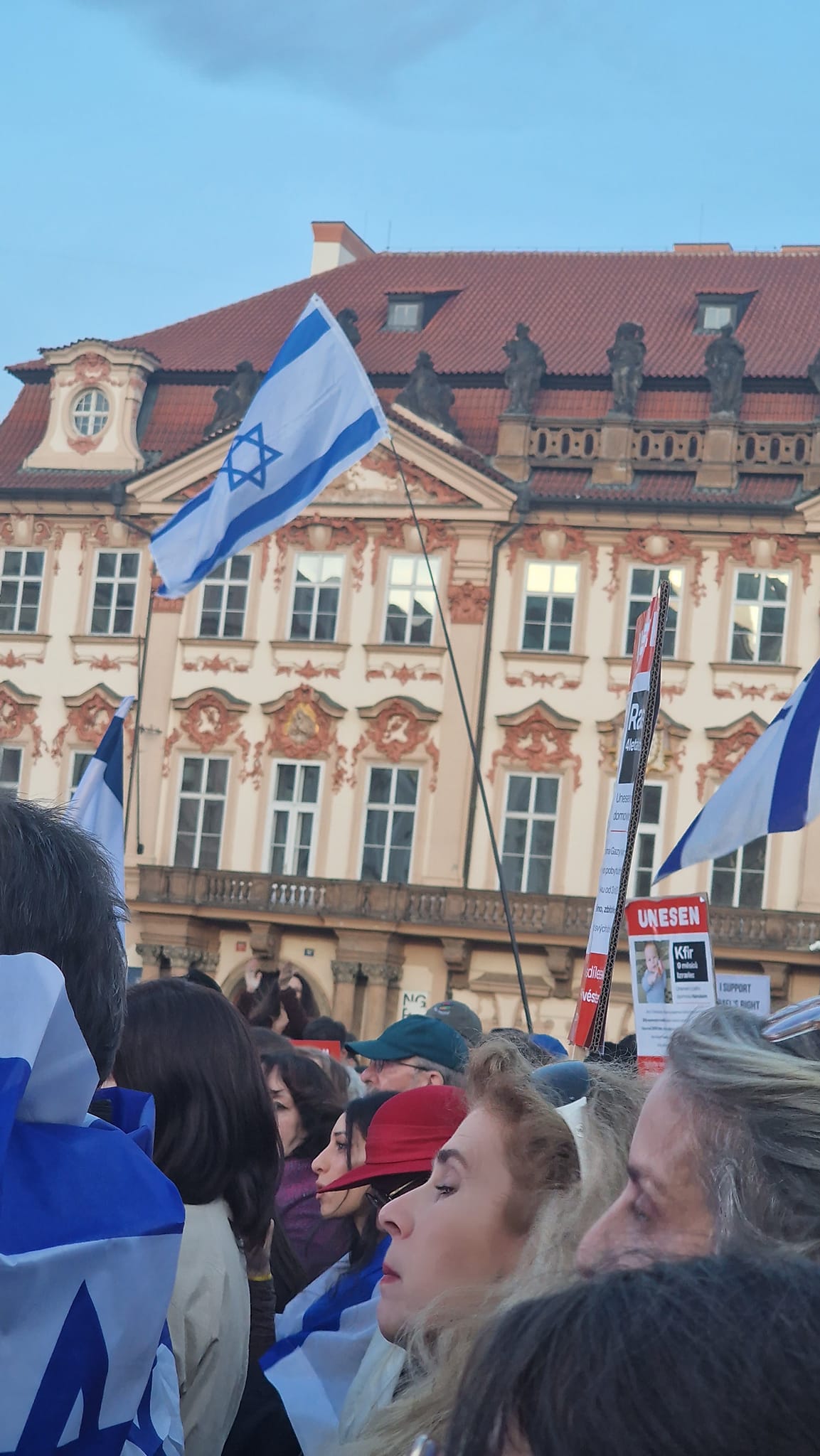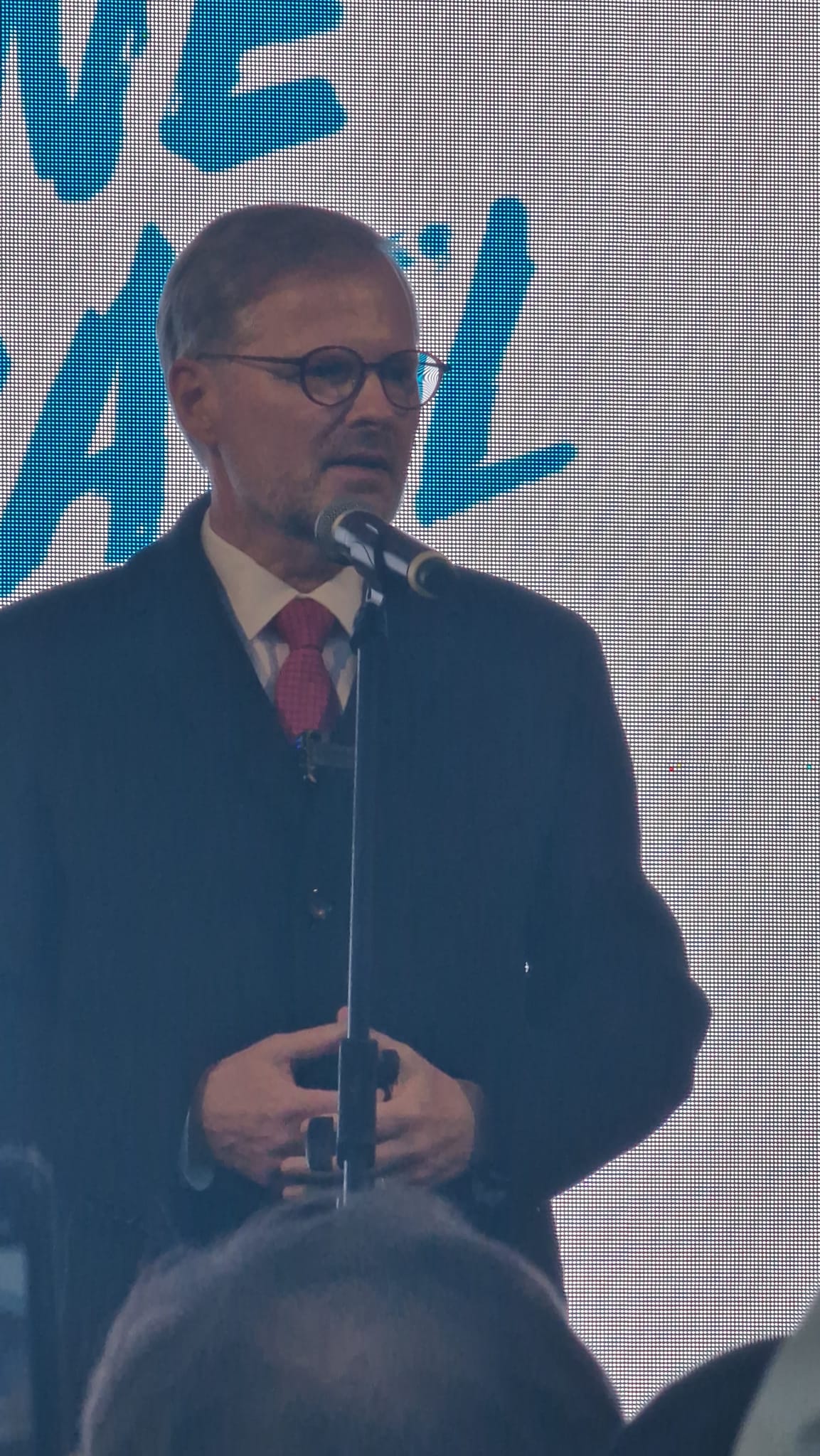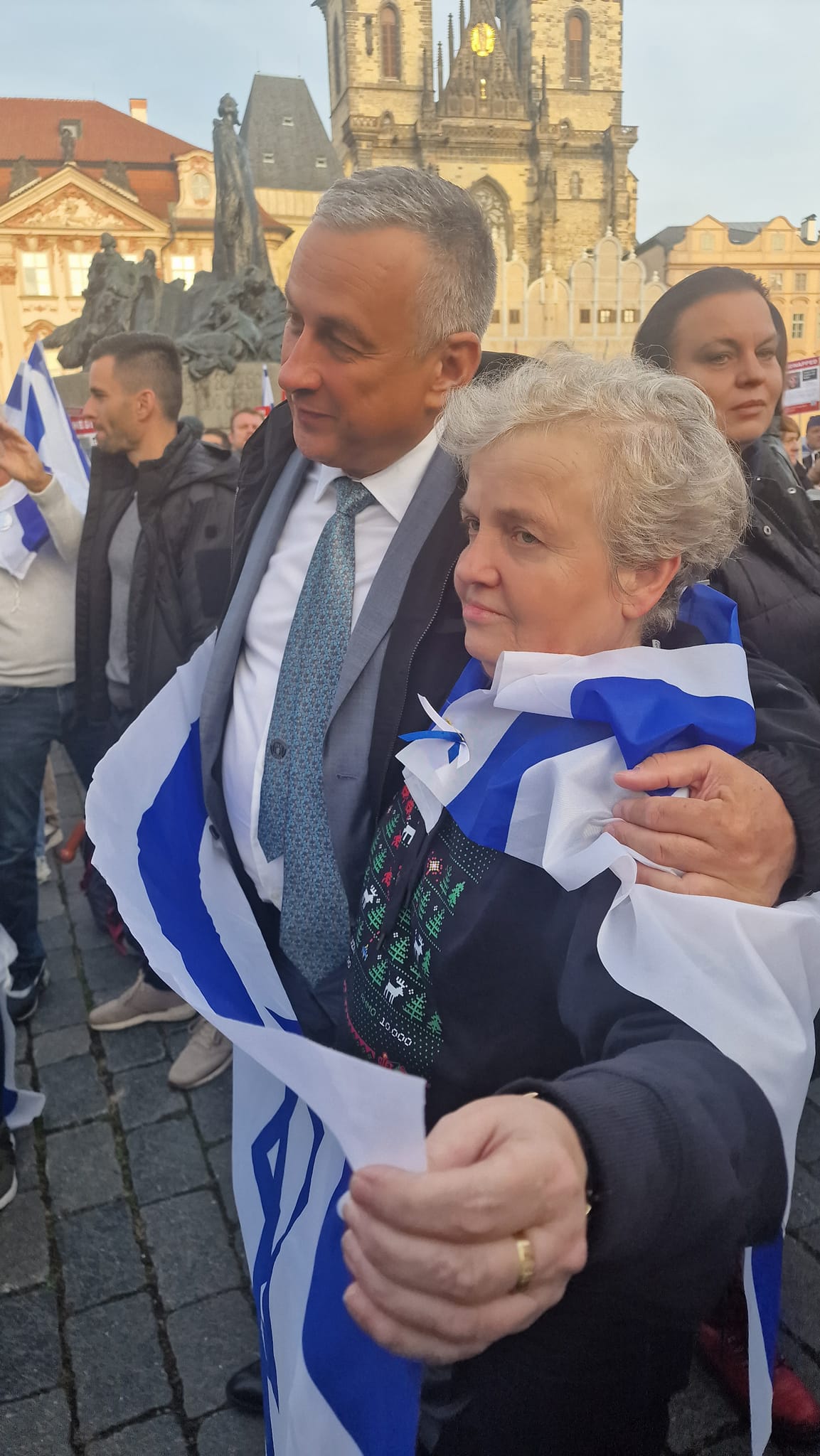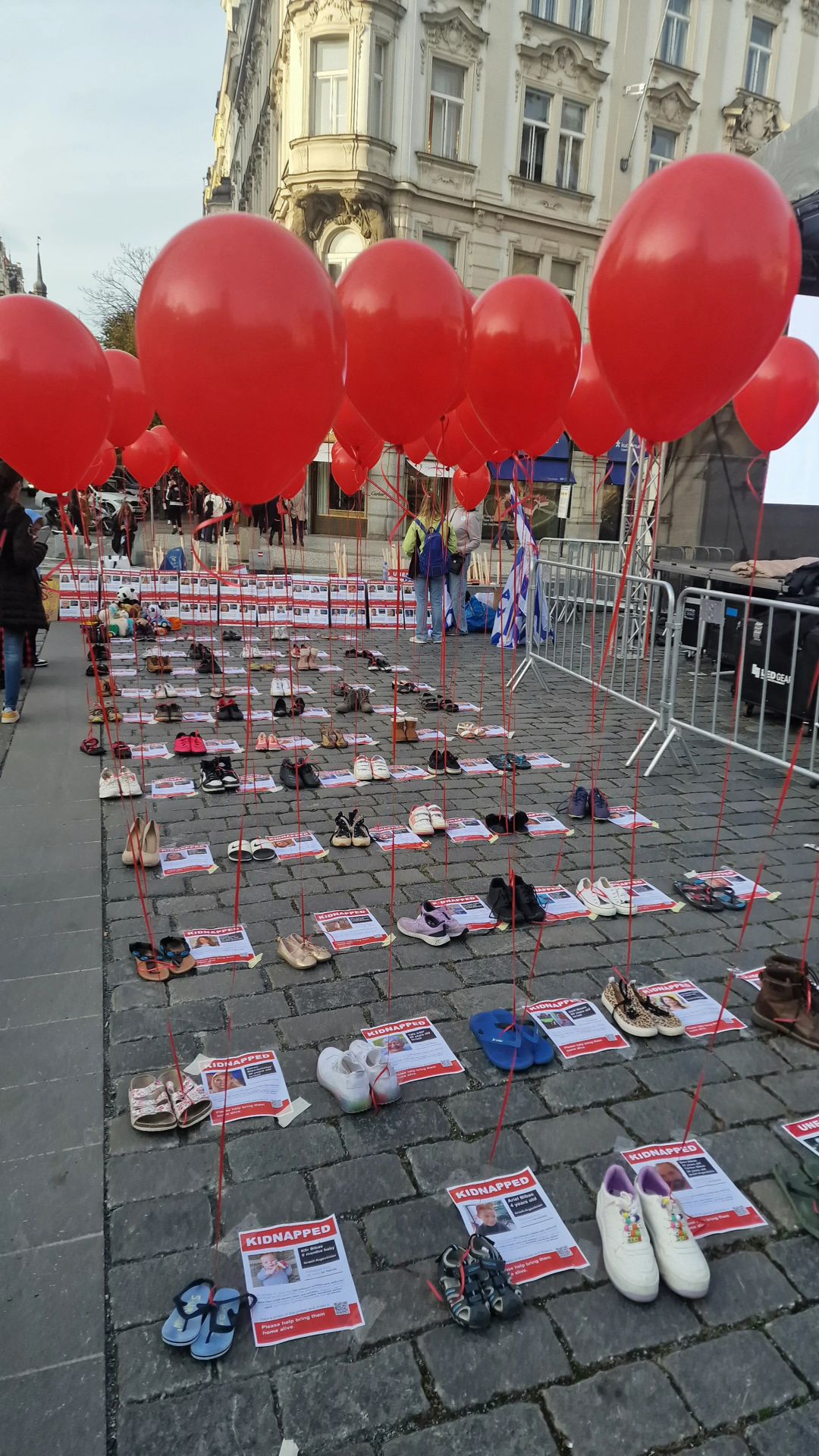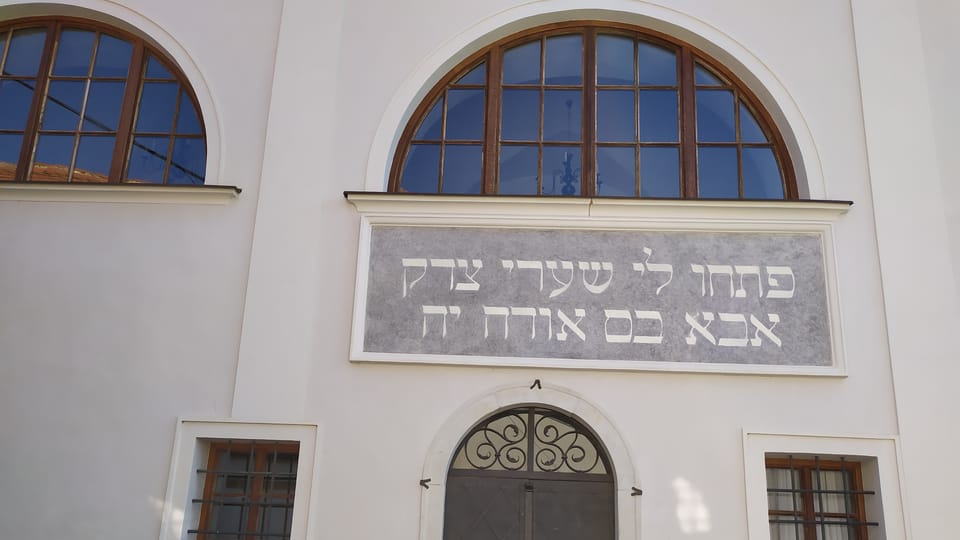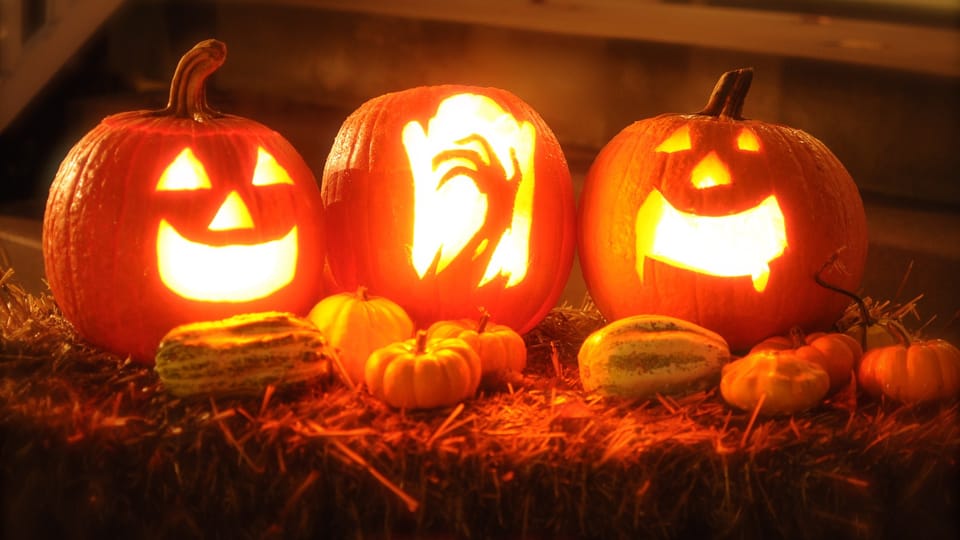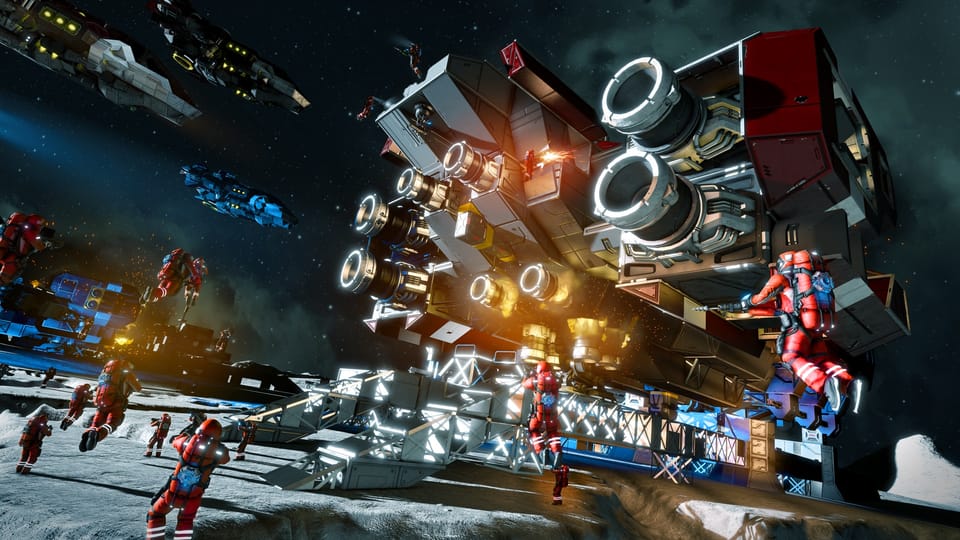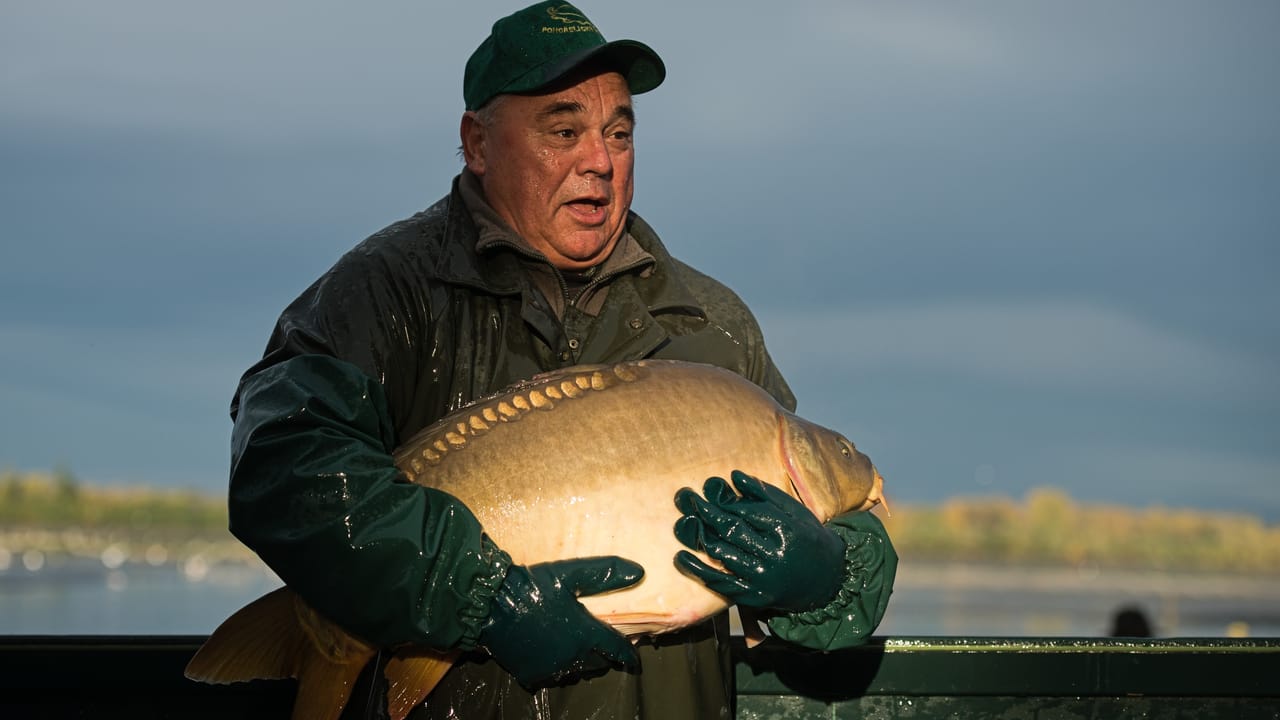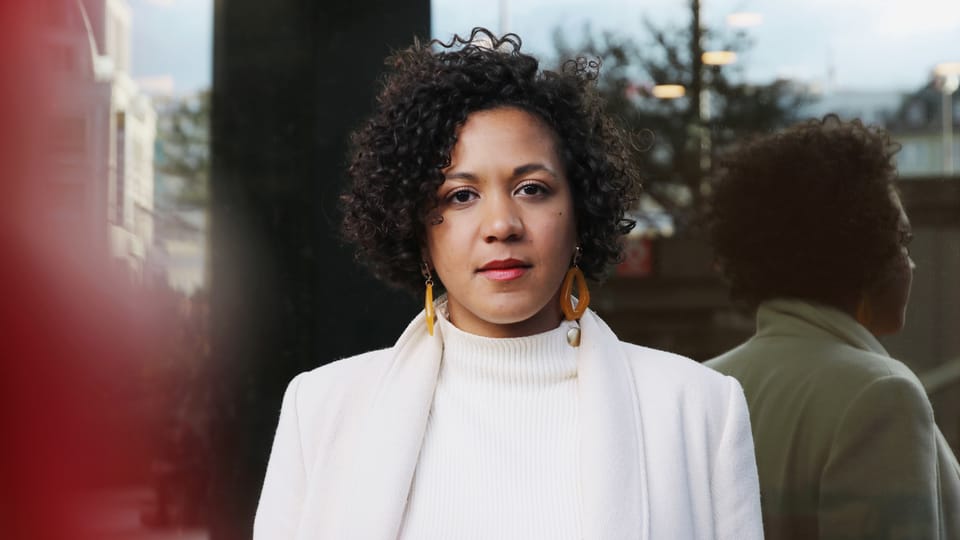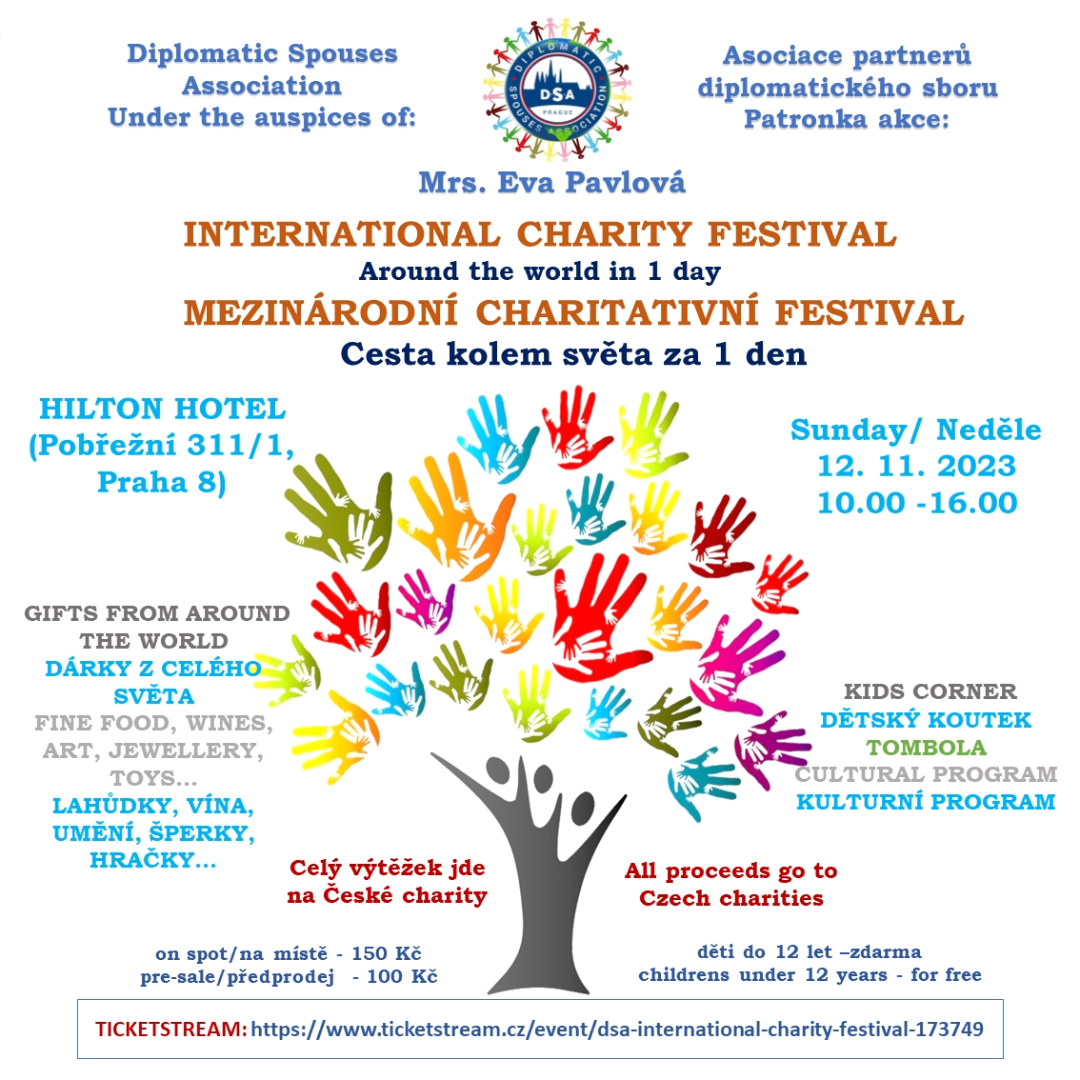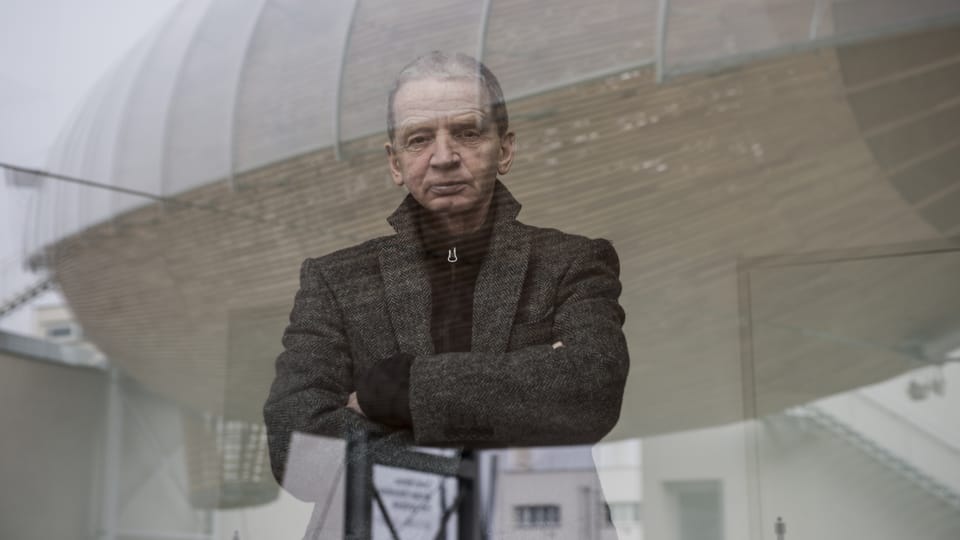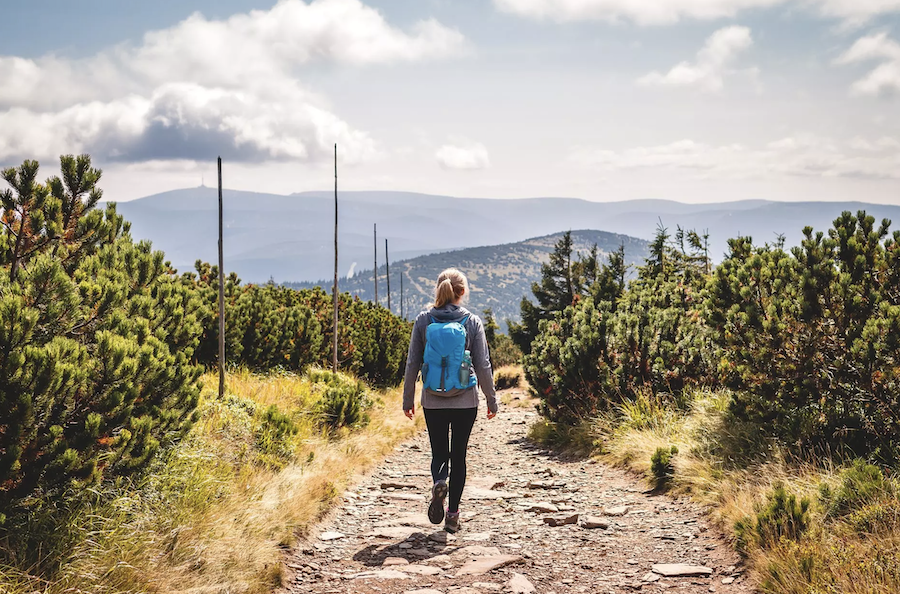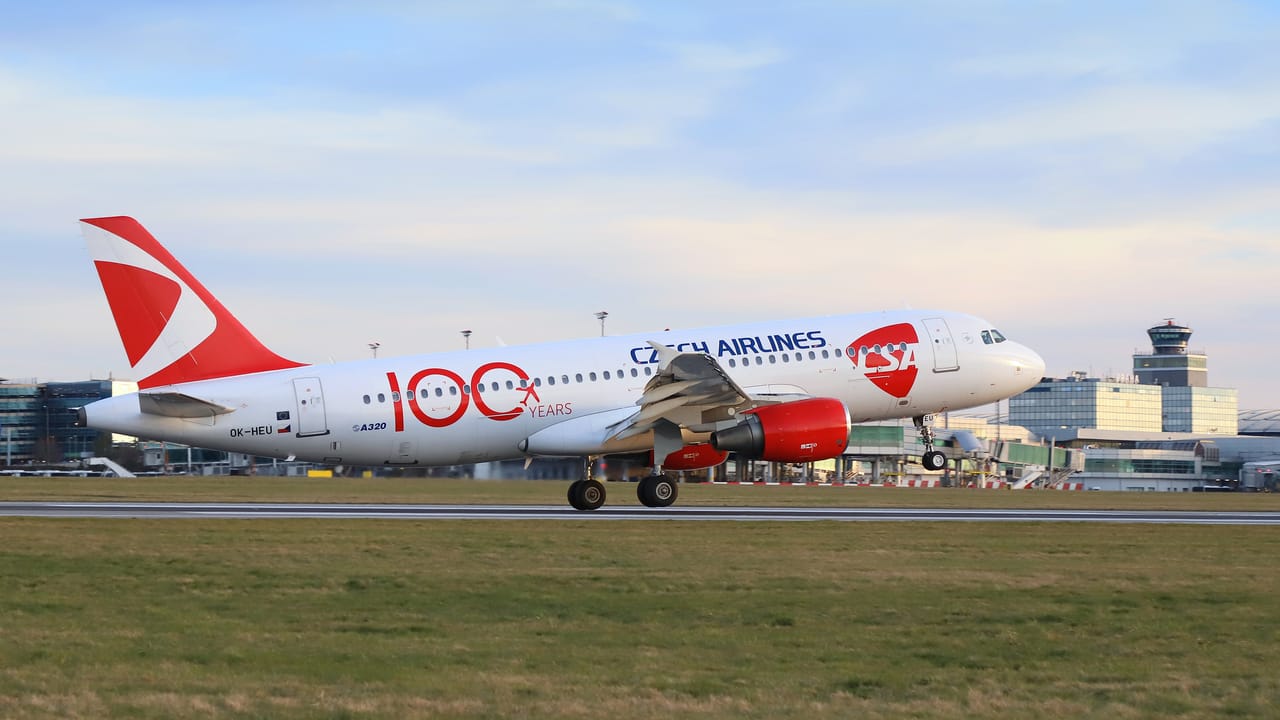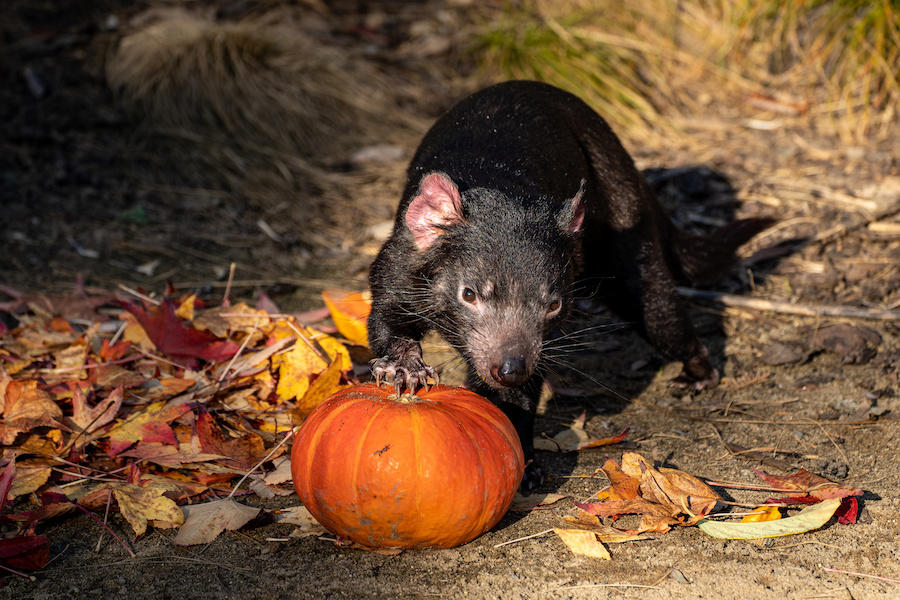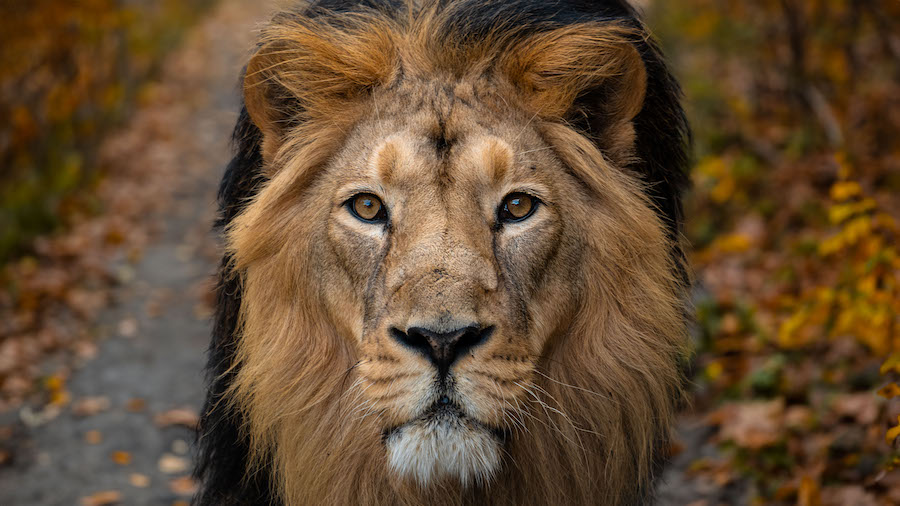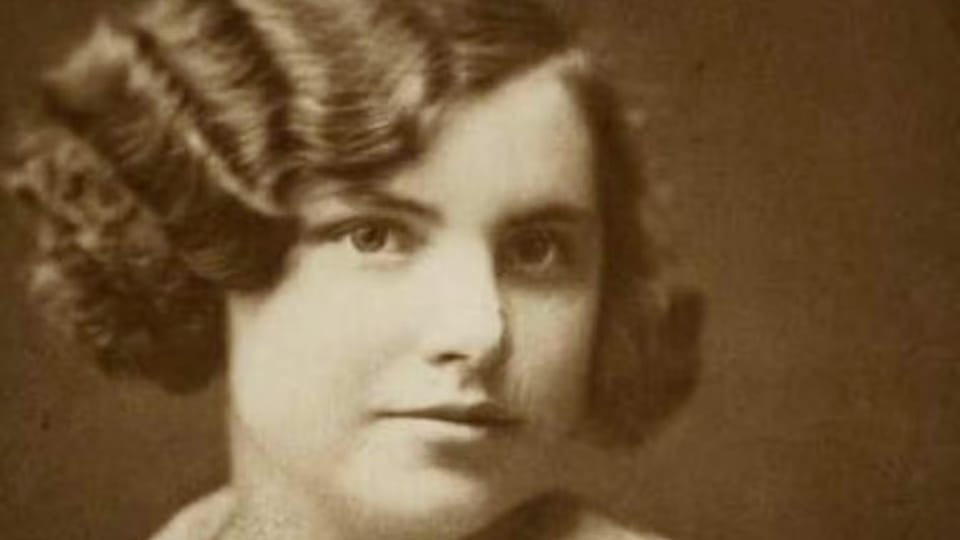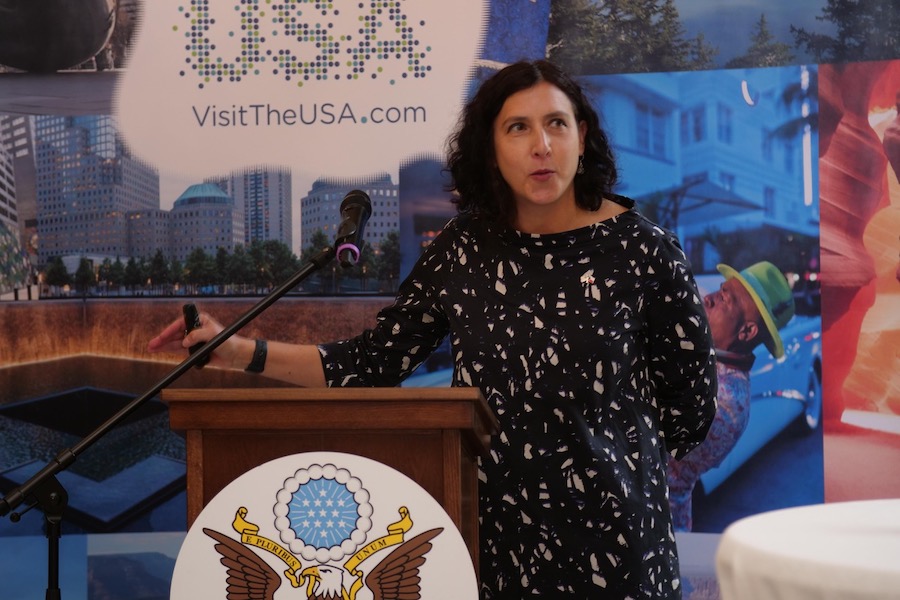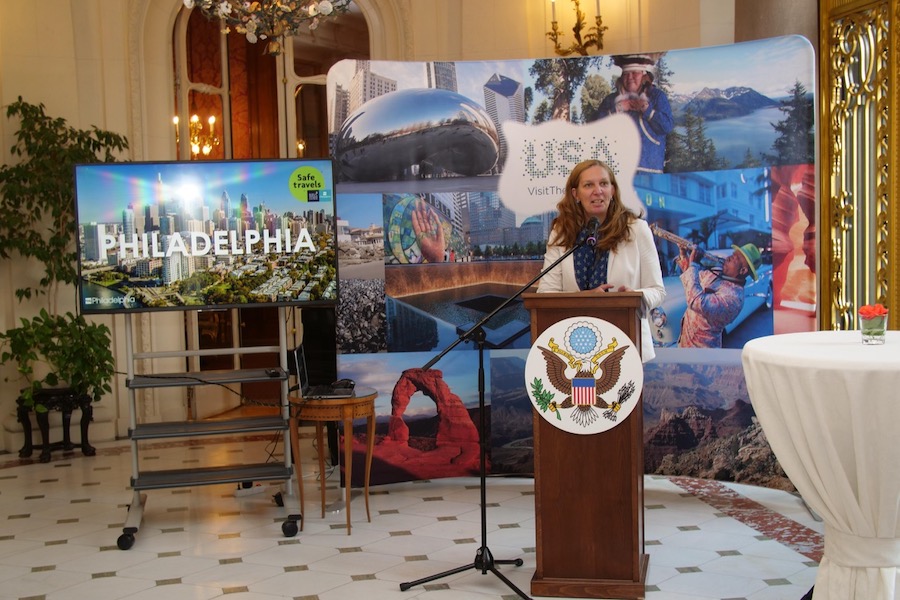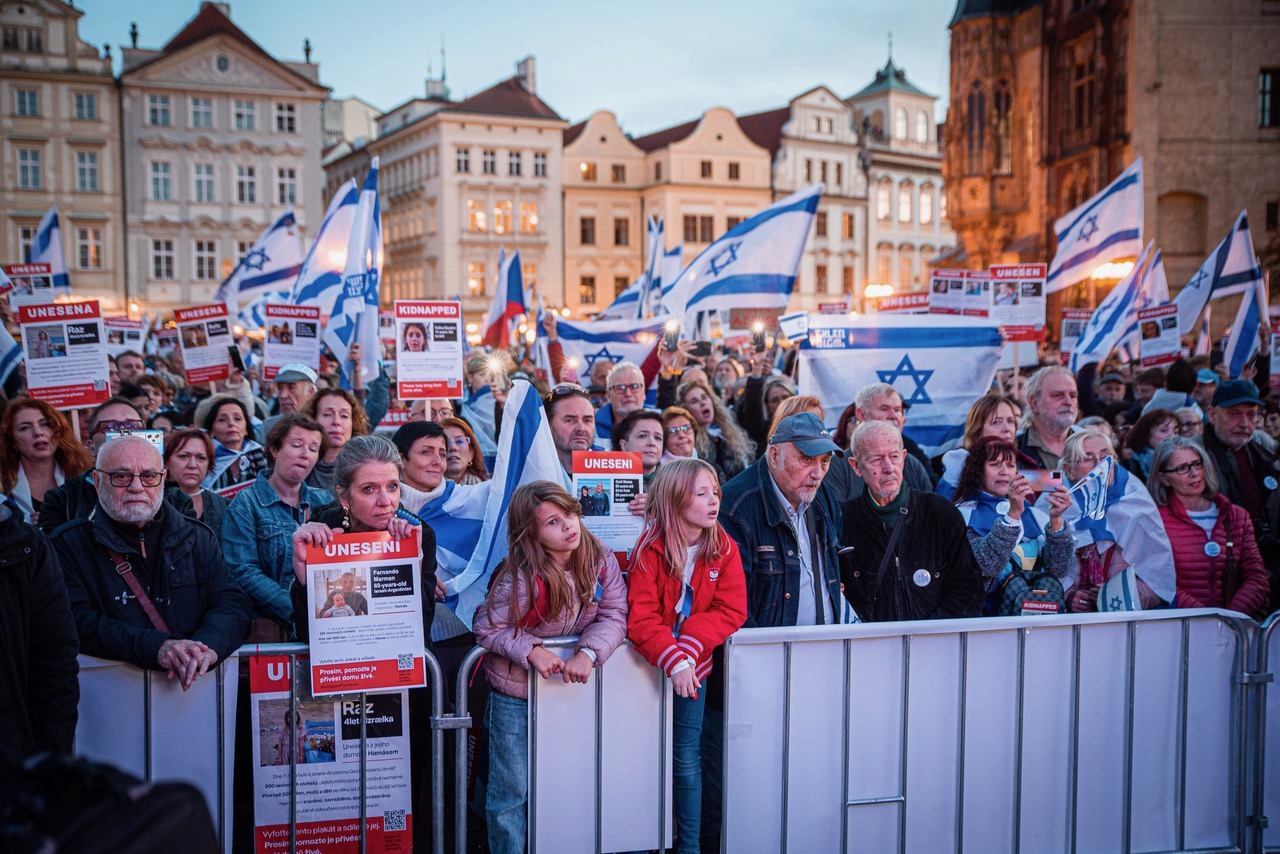
Photo credit: Federation of Jewish Communities in the Czech Republic (FŽO)
Together for Israel, was the name of the public gathering organized by the Federation of Jewish Communities in the Czech Republic (FŽO) in support of the State of Israel and its people. On Wednesday, November 1, 2023, the Old Town Square in the center of Prague was filled with thousands of people who came here to condemn the unprecedented massacre of civilians committed by the Hamas terrorist movement on October 7, 2023, to remember the more than 230 hostages taken and to support the right of the State of Israel to defend itself and its residents.
At the beginning of the meeting, Czech and Israeli anthems were played.
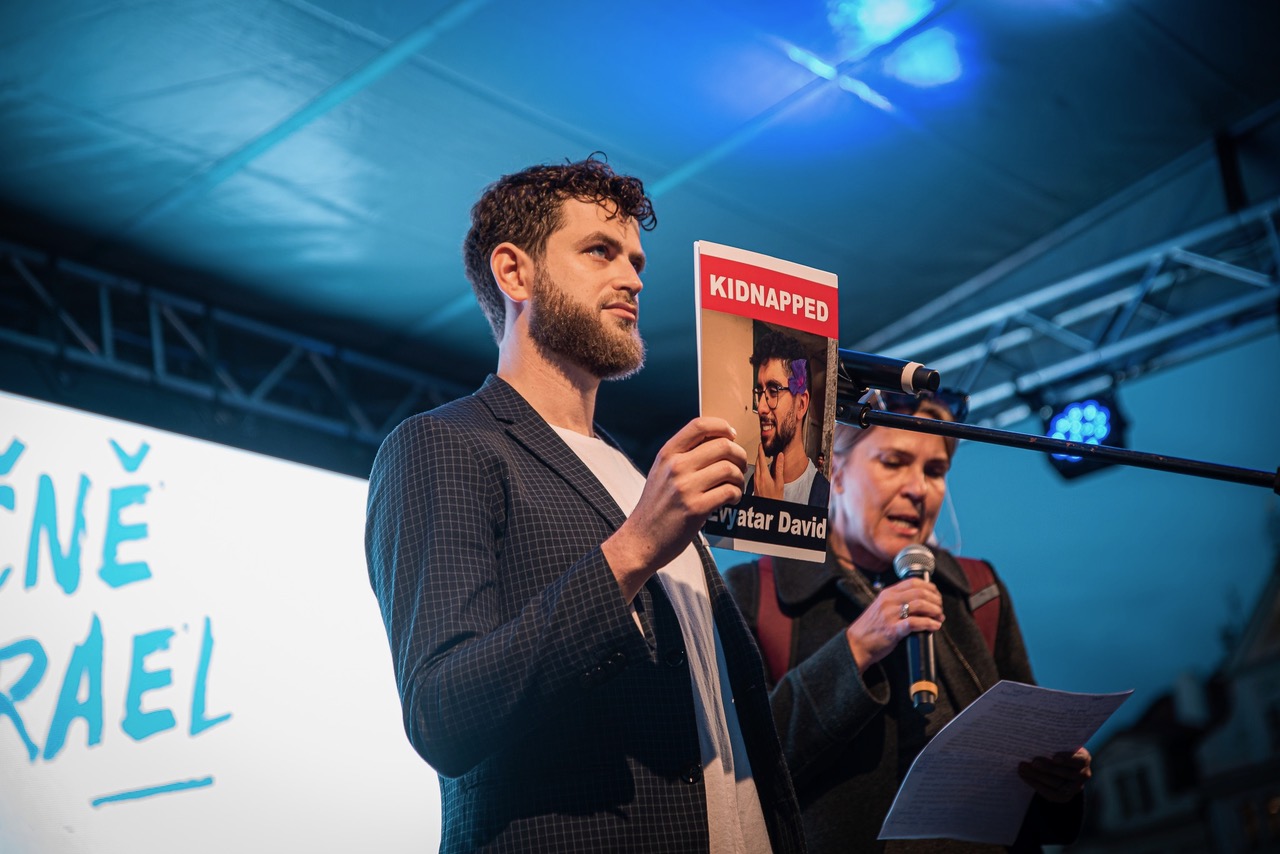
Photo credit: Federation of Jewish Communities in the Czech Republic (FŽO)
The chairman of the FŽO, Petr Papoušek, said in his opening speech: “It is a difficult time for Israel, the Jewish community around the world, and also for the Palestinians, who have the right to self-determination without terrorists. This war began with an unimaginably barbaric attack by Hamas, which is solely responsible for unleashing the violence and for all the victims on both sides. We regret the Israeli and Palestinian civilian victims without distinction and we express our condolences to their loved ones.” He pointed out that this is “not only an attack on Israel and its people, but on the Jewish community around the world, on the liberal and democratic values of our civilization.”
“It’s hard to find words for what happened,” said Prime Minister Petr Fiala at the event. “Israel desperately needs friends,” he added, adding that the Czech Republic is one of them and will be their voice in Europe for the Israelis. At the same time, Fiala recalled that during his visit to Israel, he met some people affected by the war. “These are terrible stories. It was not just an attack on Israel and its society, it was an attack on humanity and our civilization. That is why we must be unequivocal in our condemnation of the attack, unequivocal in our support,” the Prime Minister declared.
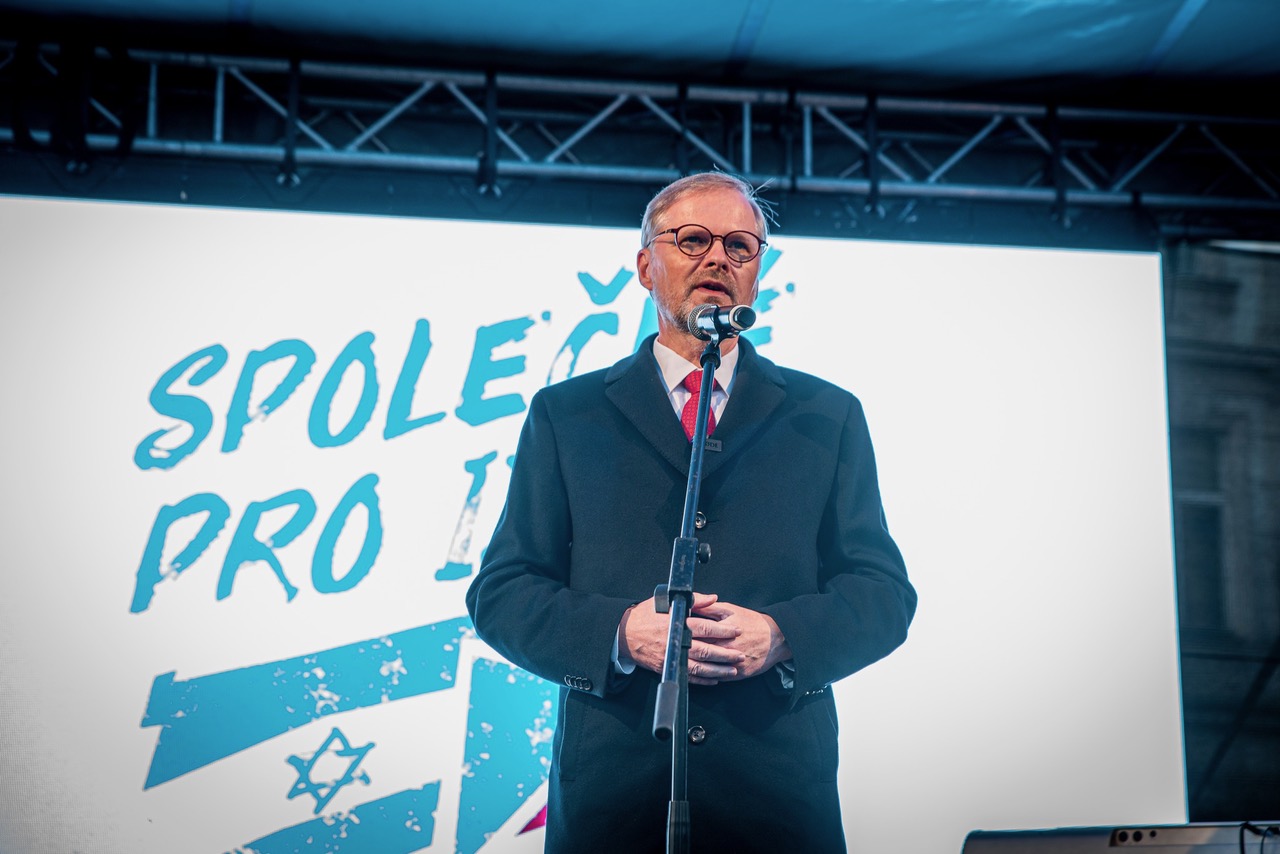
Photo credit: Federation of Jewish Communities in the Czech Republic (FŽO)
A prayer for peace in the State of Israel was delivered by Omer Tal.
The government commissioner for human rights, Klára Šimáčková Laurenčíková, also spoke at the meeting, in her speech warned against anti-Semitism and prejudicial hatred and drew attention to the rise of these pernicious expressions. She further stated that “Nobody should be afraid to live in society as they are, and no one must be the target of hatred, violence, and cruelty because of where he comes from, what his faith or confession is”.
Emma Günsberger, president of the Czech Union of Jewish Youth and a student at the FF UK, shared a not-so-well-known fact about the hidden or even completely open manifestations of anti-Semitism and hatred experienced by Jewish students even at Czech universities: “The war between Hamas and is slowly finding its way to Czech universities through Israel. We are afraid.” and specified that this is the case about verbal attacks from classmates and teachers. She further appealed to those present “Let’s not polarize the already heated conflict. Please, let’s be responsible, even words matter”.
Director and screenwriter Jan Hřebejk asked the rhetorical question “Whose side are you on?”, only to be quickly answered that he was on the side of Israel. He further elaborated his answer “Standing on someone’s side, standing in solidarity with someone, does not mean being against someone”. And he quoted Michal Sýkora: “There are moments when choosing a side in a non-black-and-white world is not only possible, but also desirable. When one side of the conflict is unstoppable, fueled by pure hatred, I stand on the side of those who resist total annihilation.”
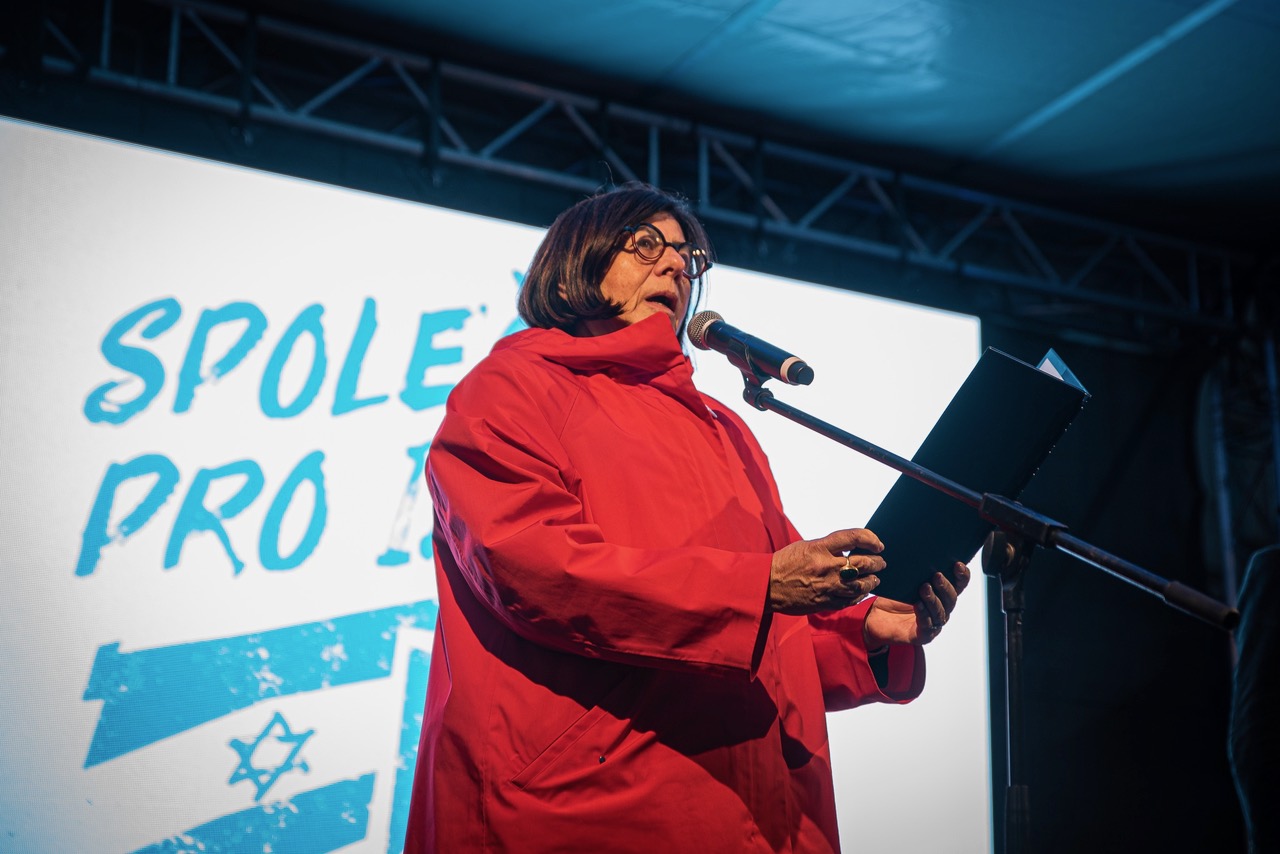
Photo credit: Federation of Jewish Communities in the Czech Republic (FŽO)
Jonathan Gutmann, a graduate of the 3rd Faculty of Medicine of the UK, reminded those present that there are still more than 230 hostages, many of them children and women, kidnapped and held by terrorists in the Gaza Strip. Among them is his cousin Evyatar David, whose fate is still unknown to the family or the public. Dr. Gutmann said that “Evyatar was at a peace festival in southern Israel on October 7th and he never came back,” describing how his family learned of Evyatar’s abduction from a video released by Hamas. He now considers the unconditional and immediate return of all abductees to be the most important thing “And this needs to be constantly emphasized.”
The Ambassador of the State of Israel, Anna Azari, spoke in Czech to those gathered, thanking the Czech Republic. “I would like to especially thank Prime Minister Petar Fial here for the fact that the Czech Republic has stood unequivocally behind Israel since the first days of the war”. And she also remembered the hostages, whose liberation she considers an absolute priority.
Chief Land Rabbi Karol Efraim Sidon recited the Kaddish prayer.
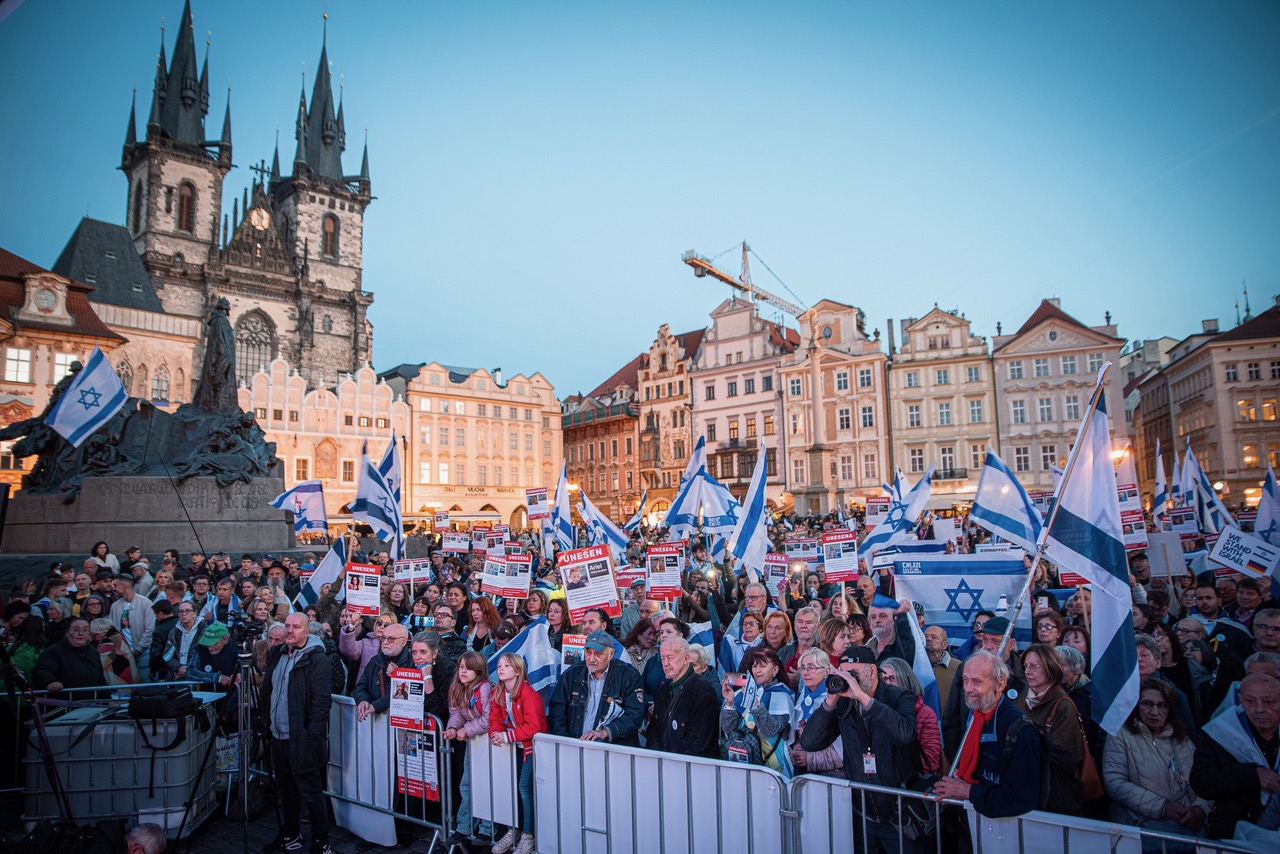
Photo credit: Federation of Jewish Communities in the Czech Republic (FŽO)
In addition to Jewish organizations, the Together for Israel gathering was supported by a number of cultural, social, educational and other public institutions and organizations as well as individuals. The event was personally attended by ministers, government and opposition MPs, senators and church representatives, representatives of diplomatic corps and a number of other personalities.
A part of the assembly was also a tribute to the victims. The moderator was Ester Janečková. The whole event took place in a tense but at the same time peaceful atmosphere.
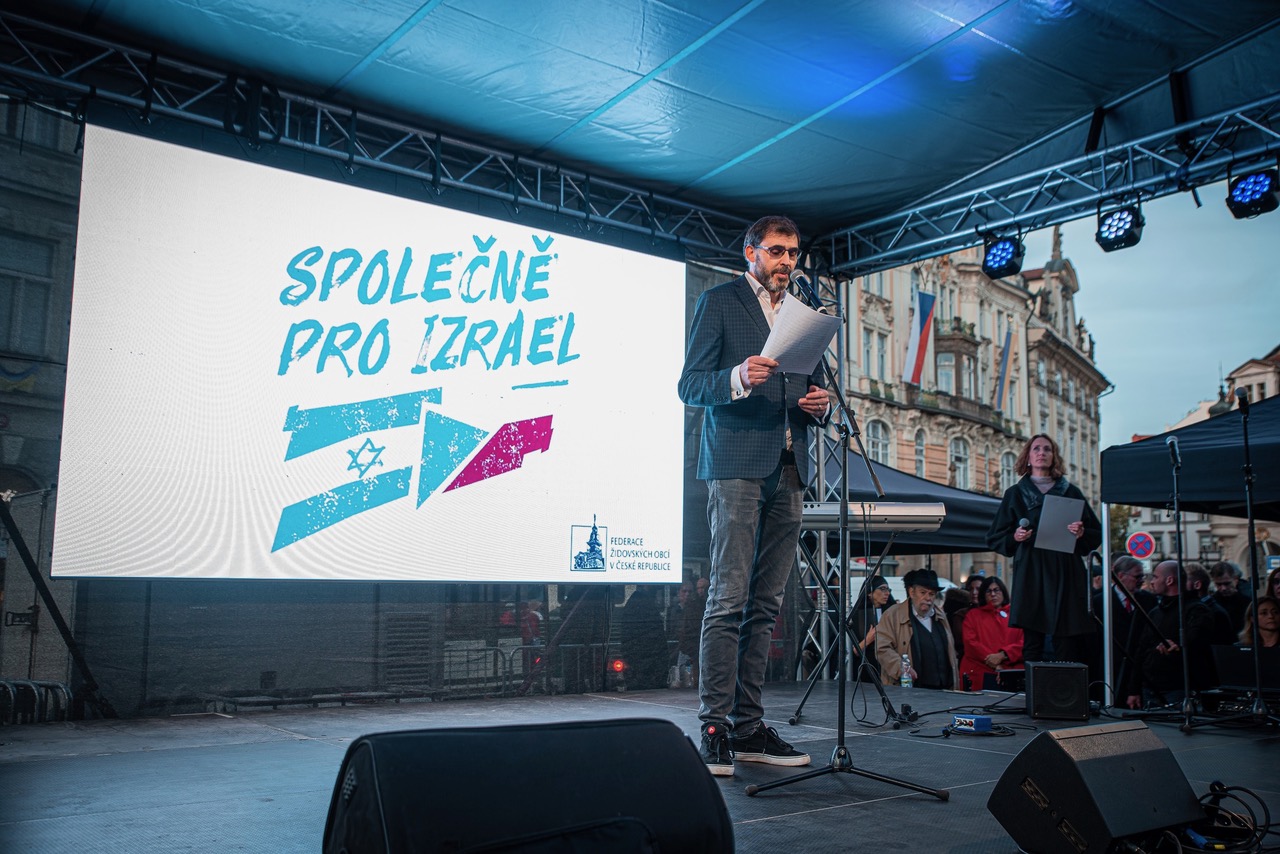
Photo credit: Federation of Jewish Communities in the Czech Republic (FŽO)
Photo credit: Alexey Kozlov
Photo credit: Alexey Kozlov
Photo credit: Nehoray Saban
Photo credit: Nehoray Saban
Photo credit: Nehoray Saban
Photo credit: Nehoray Saban
Photo credit: Nehoray Saban
Photo credit: Nehoray Saban

